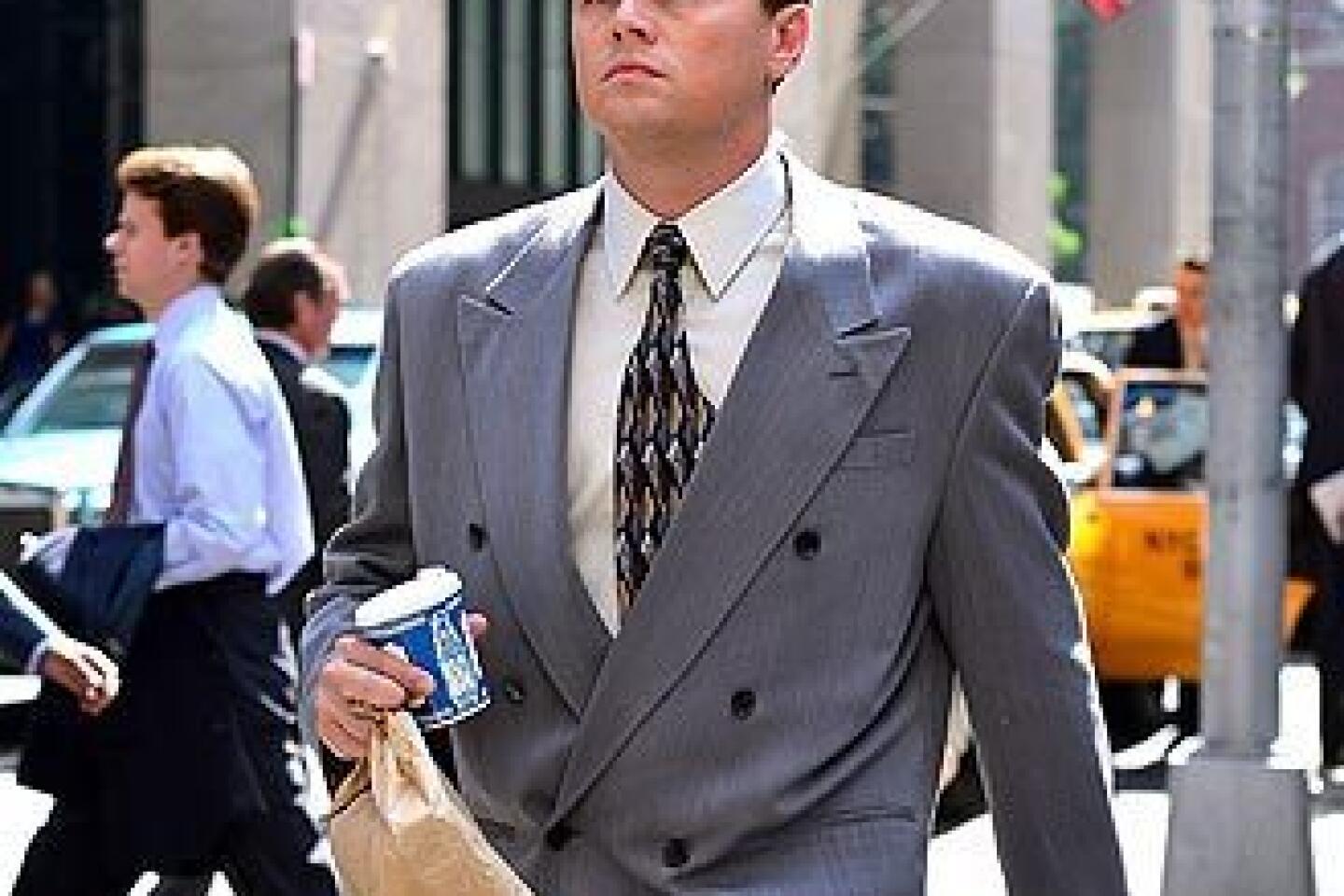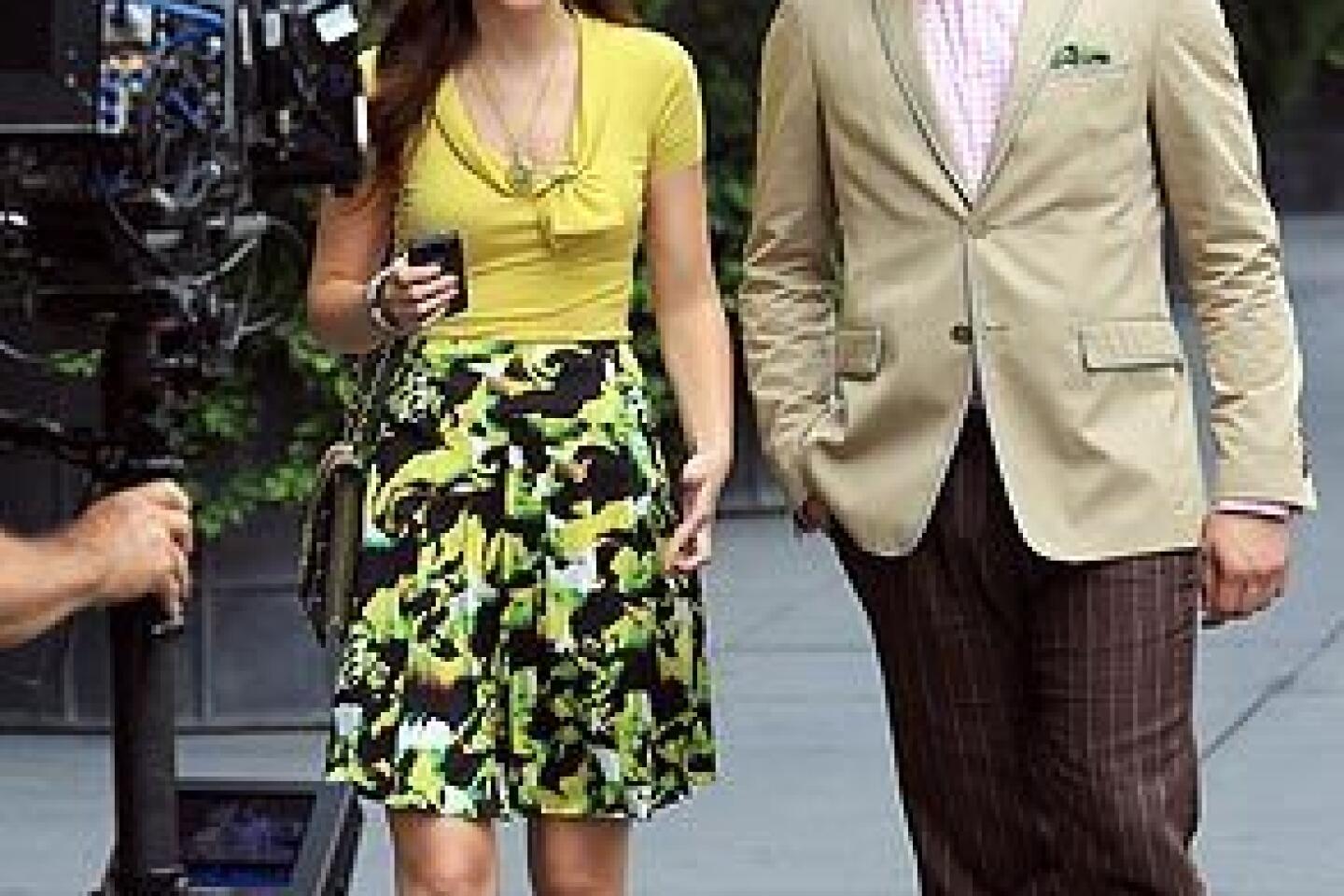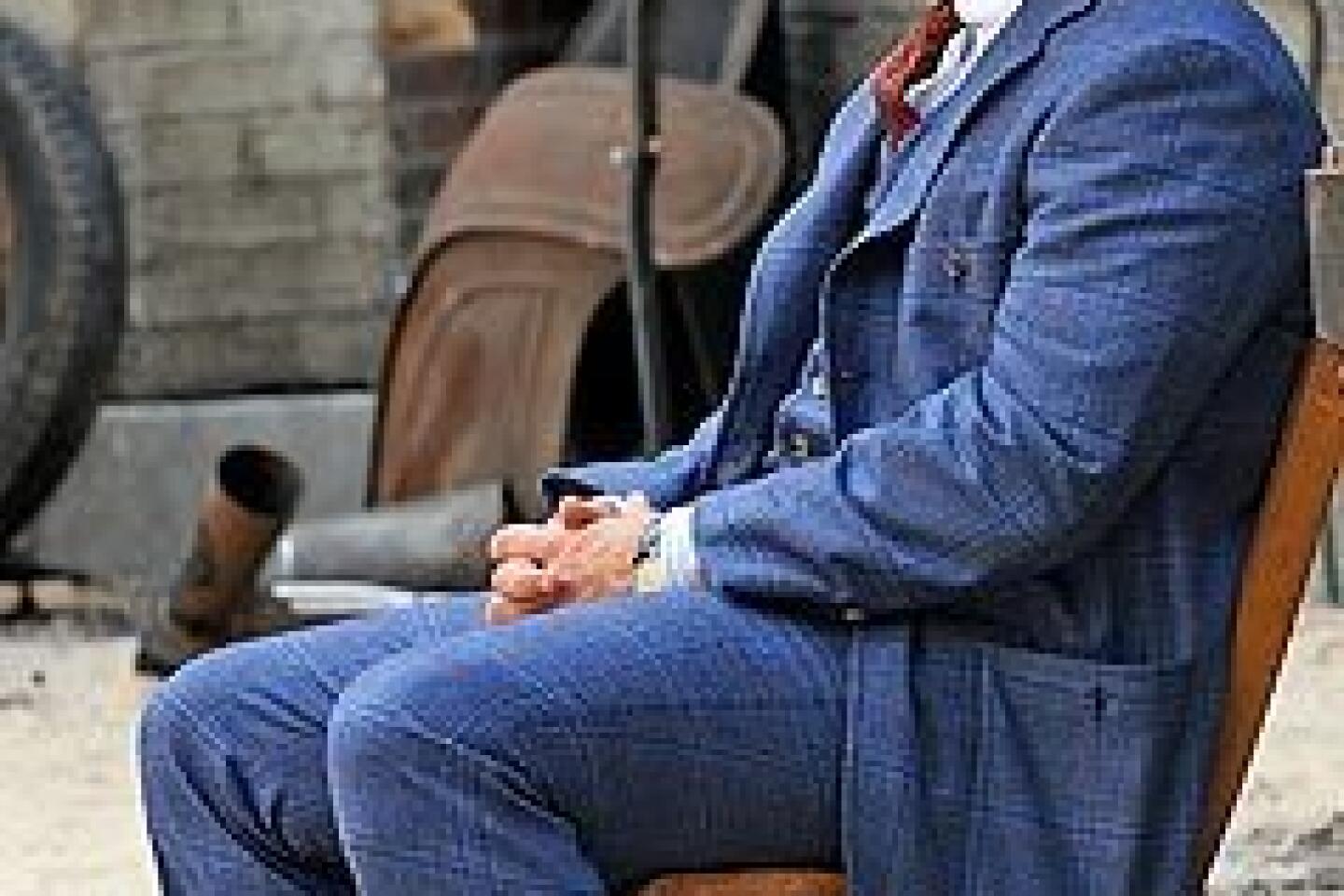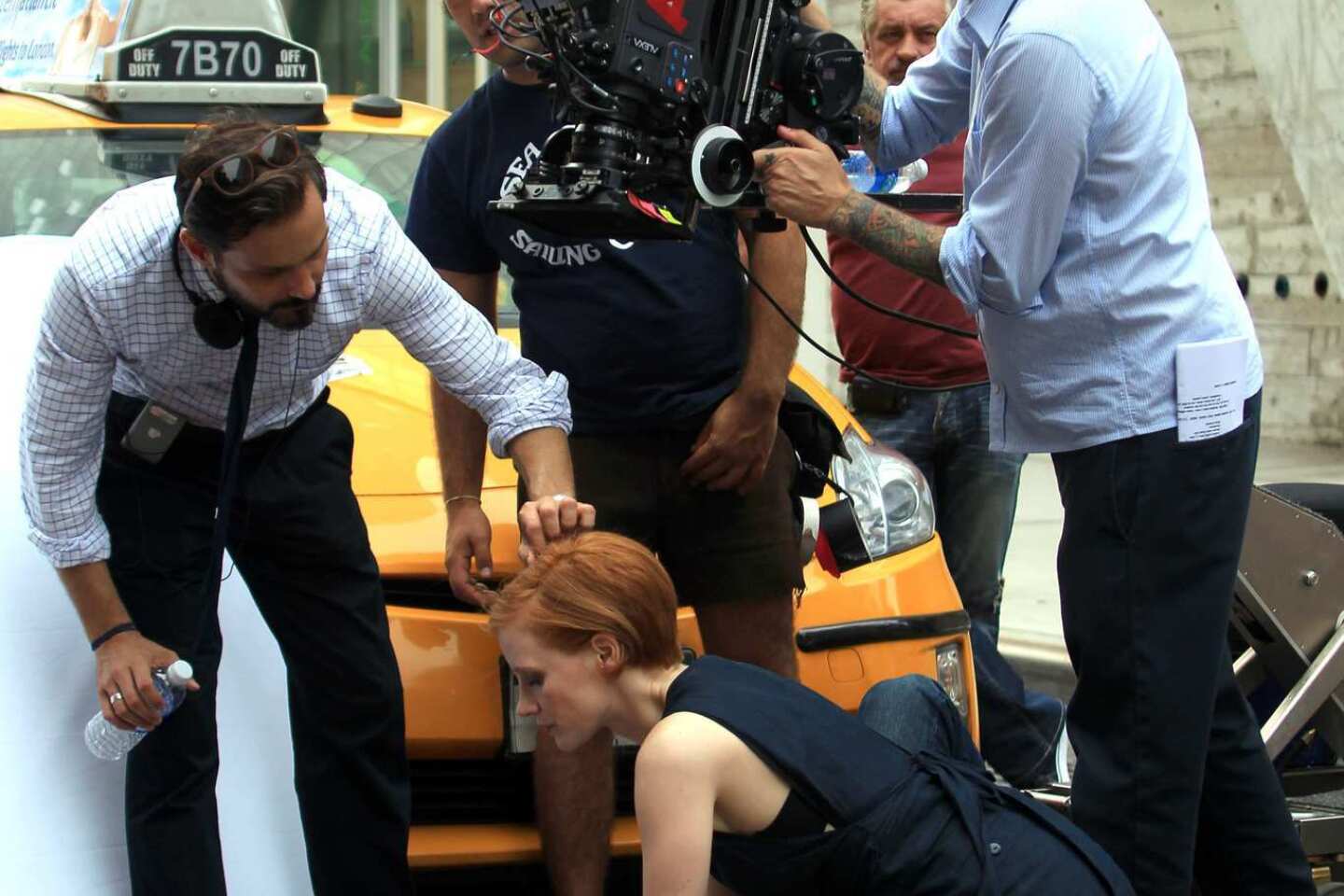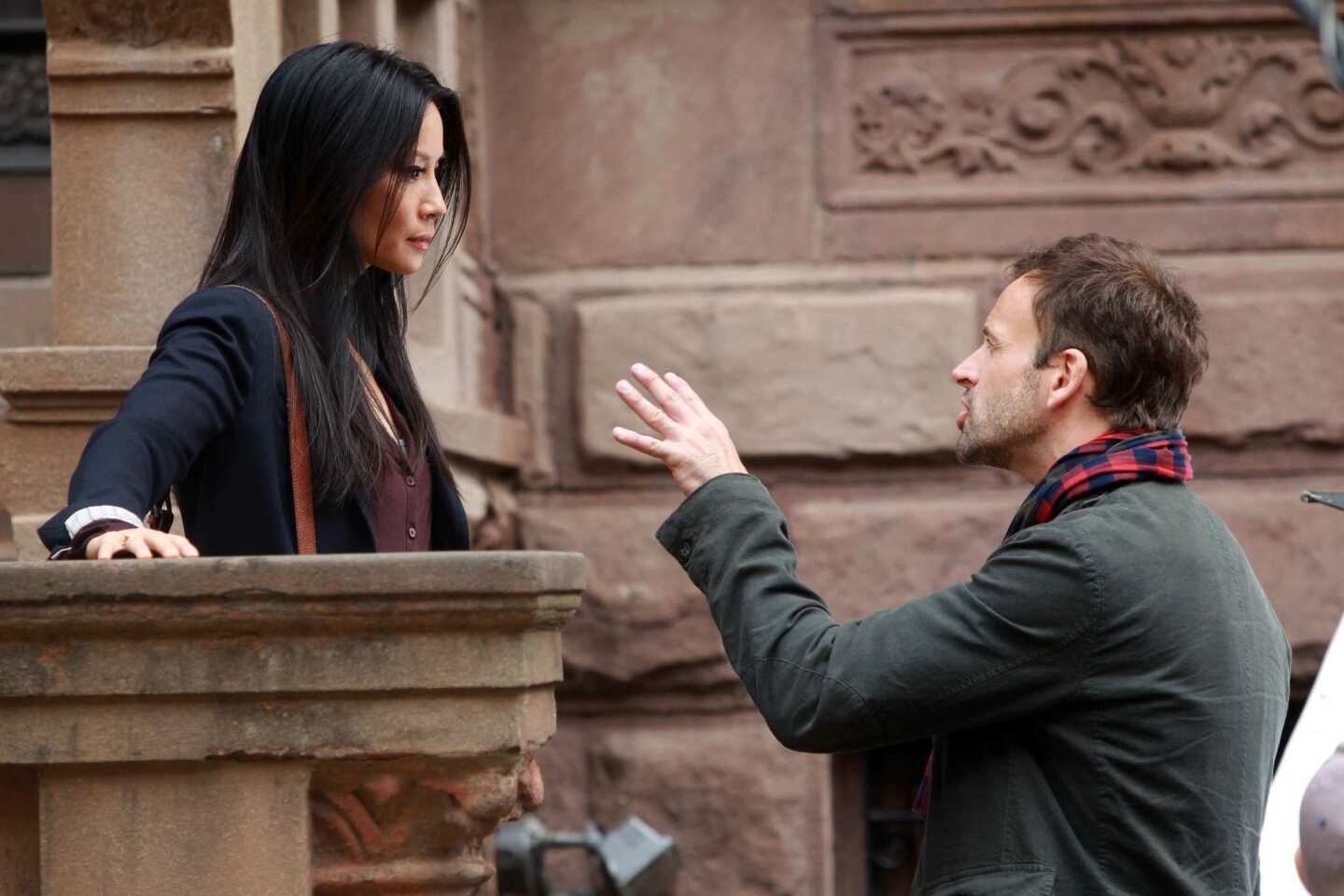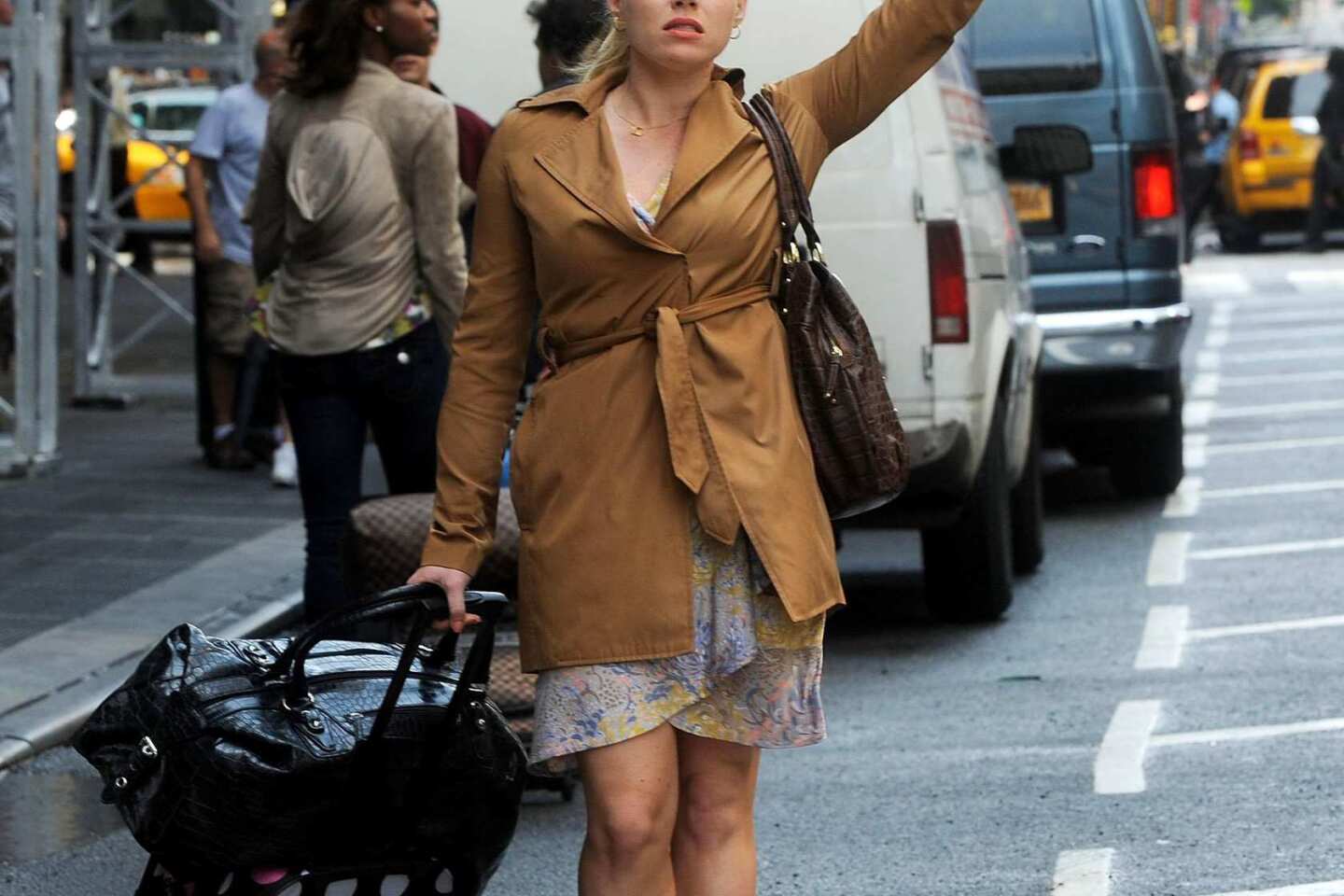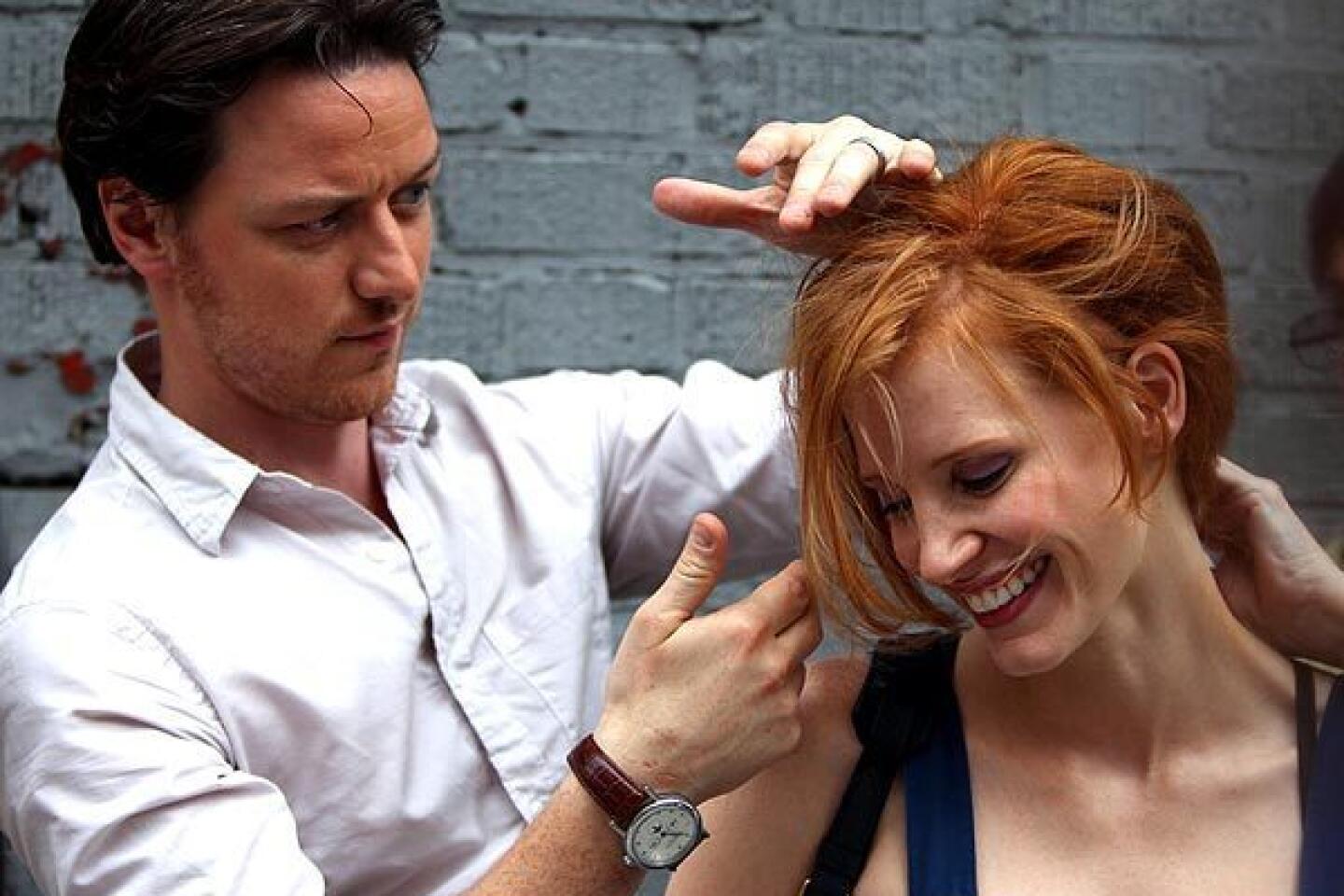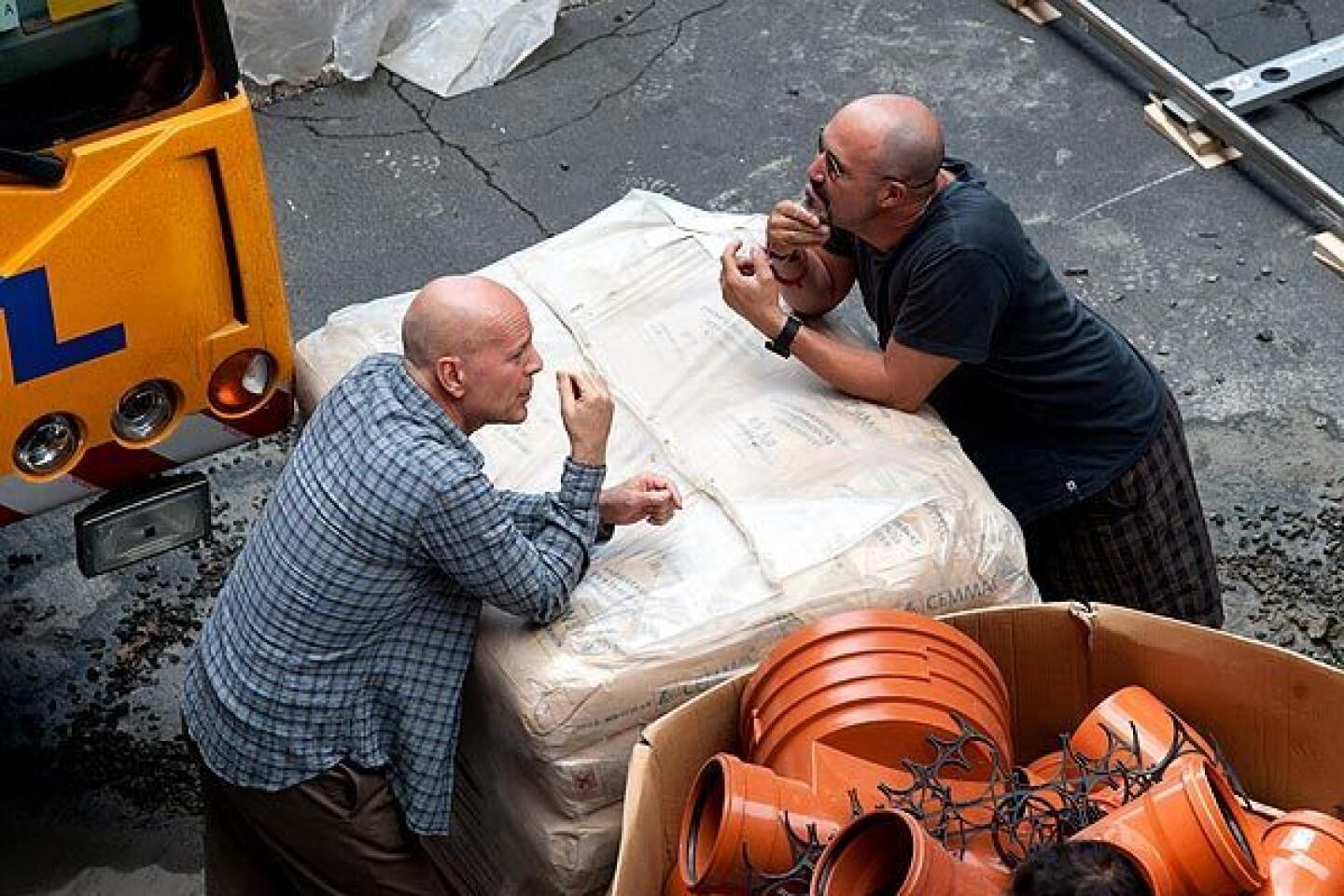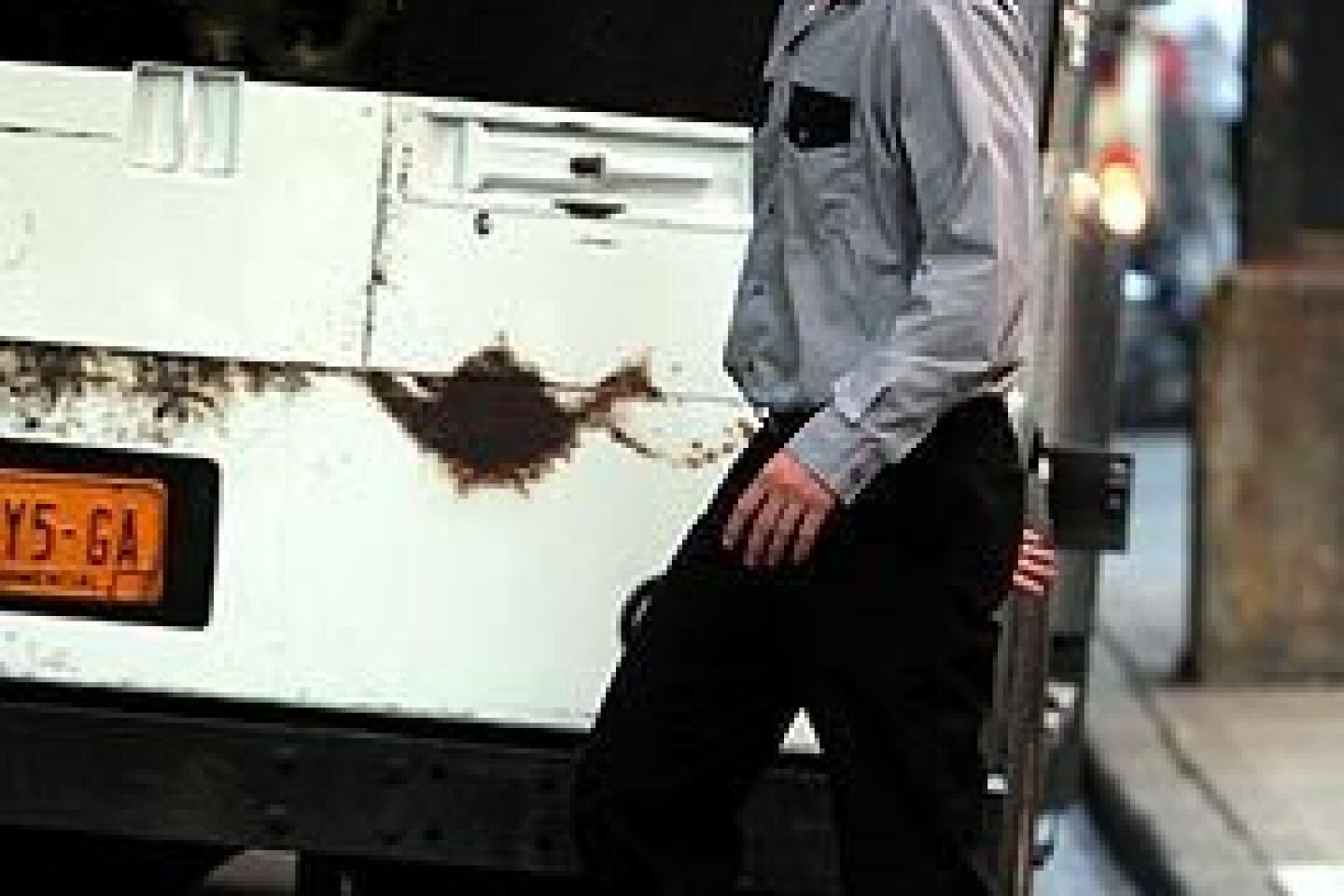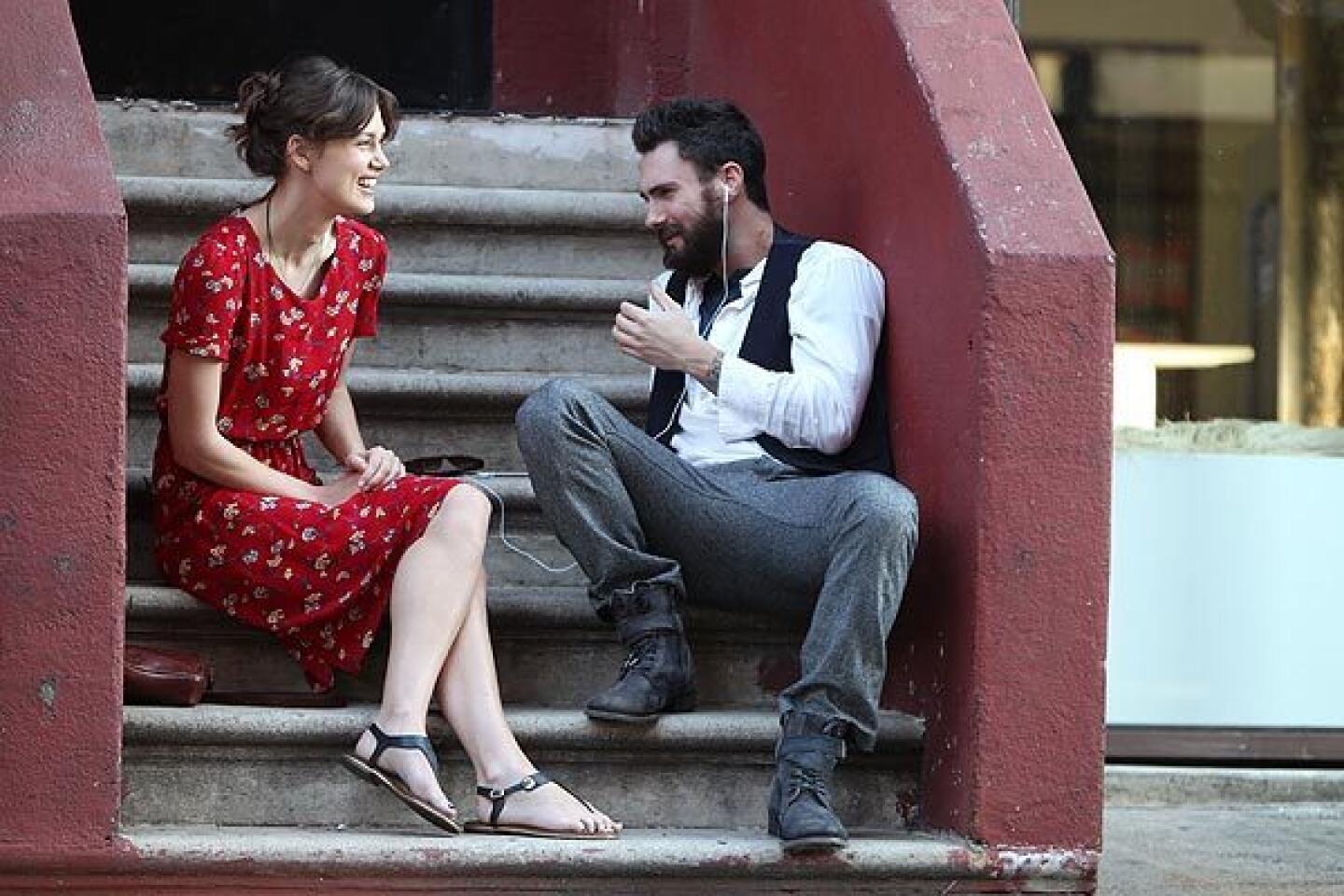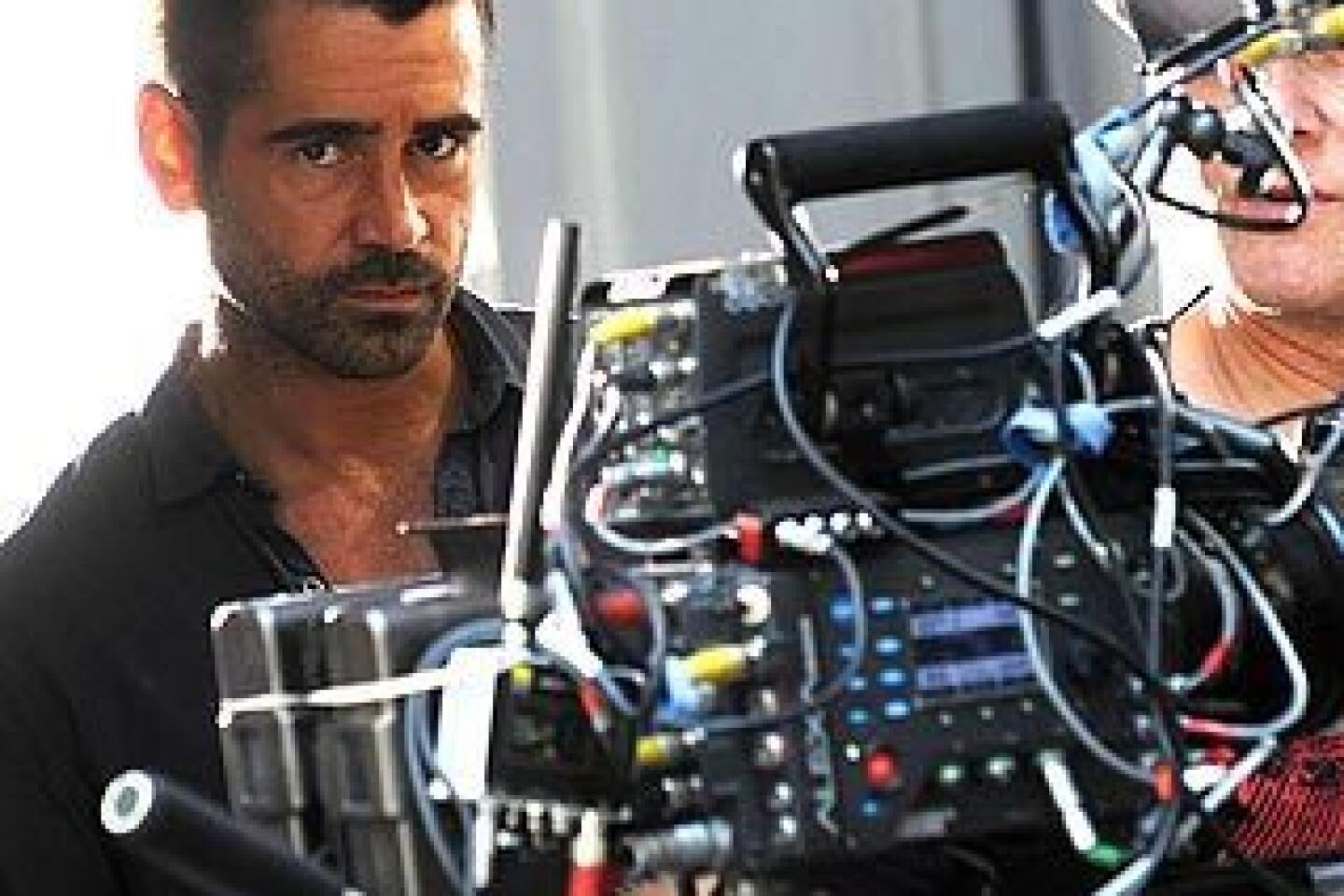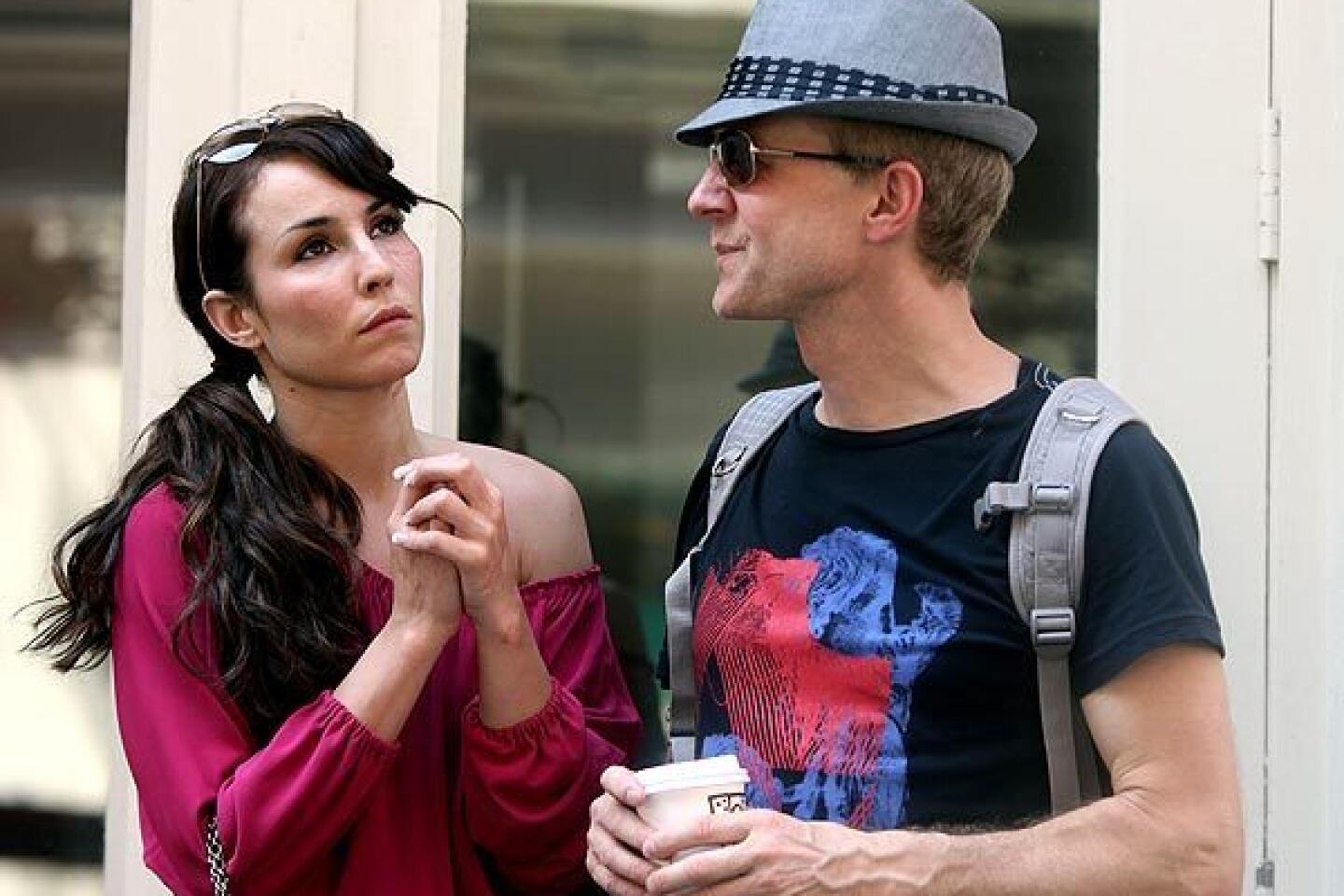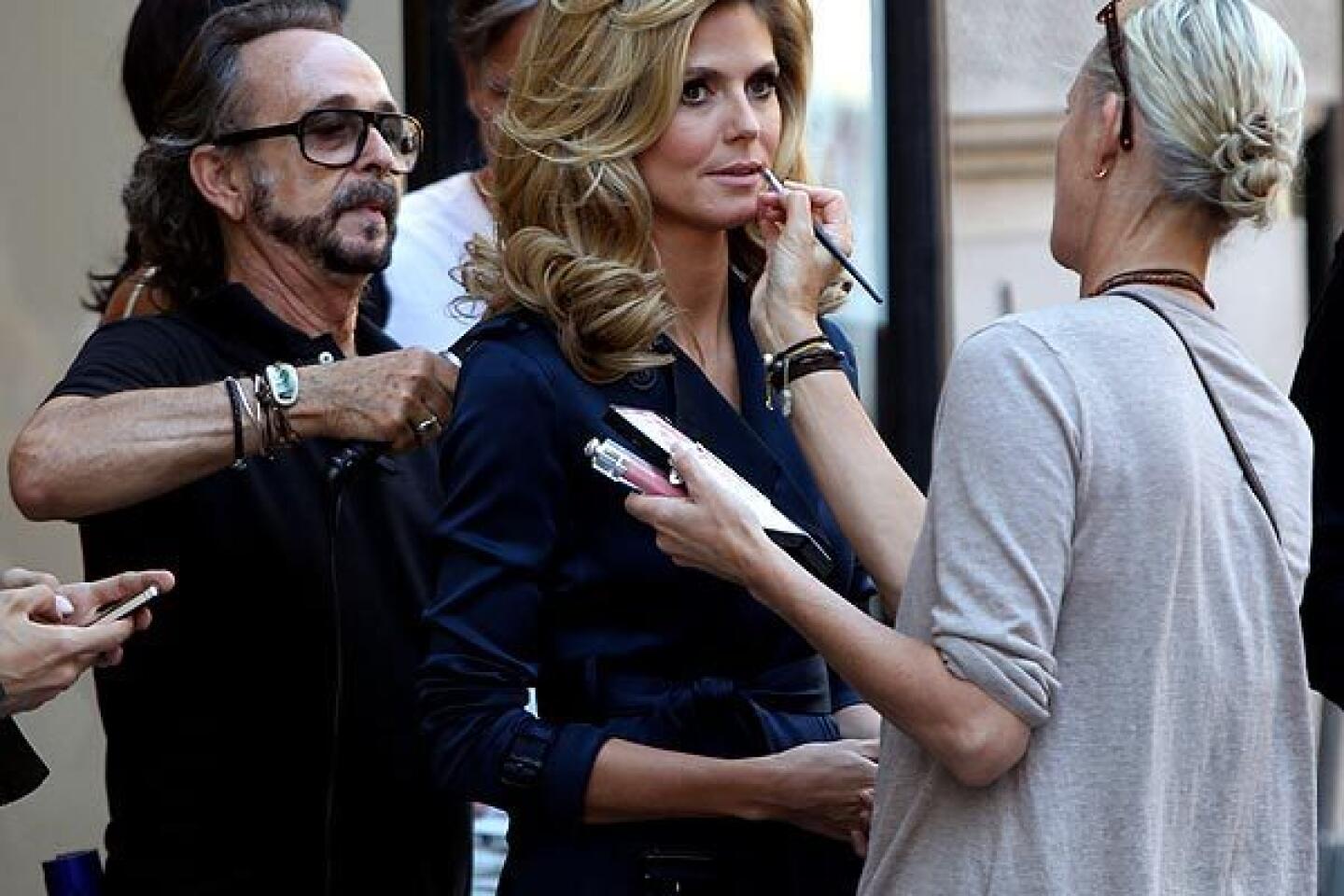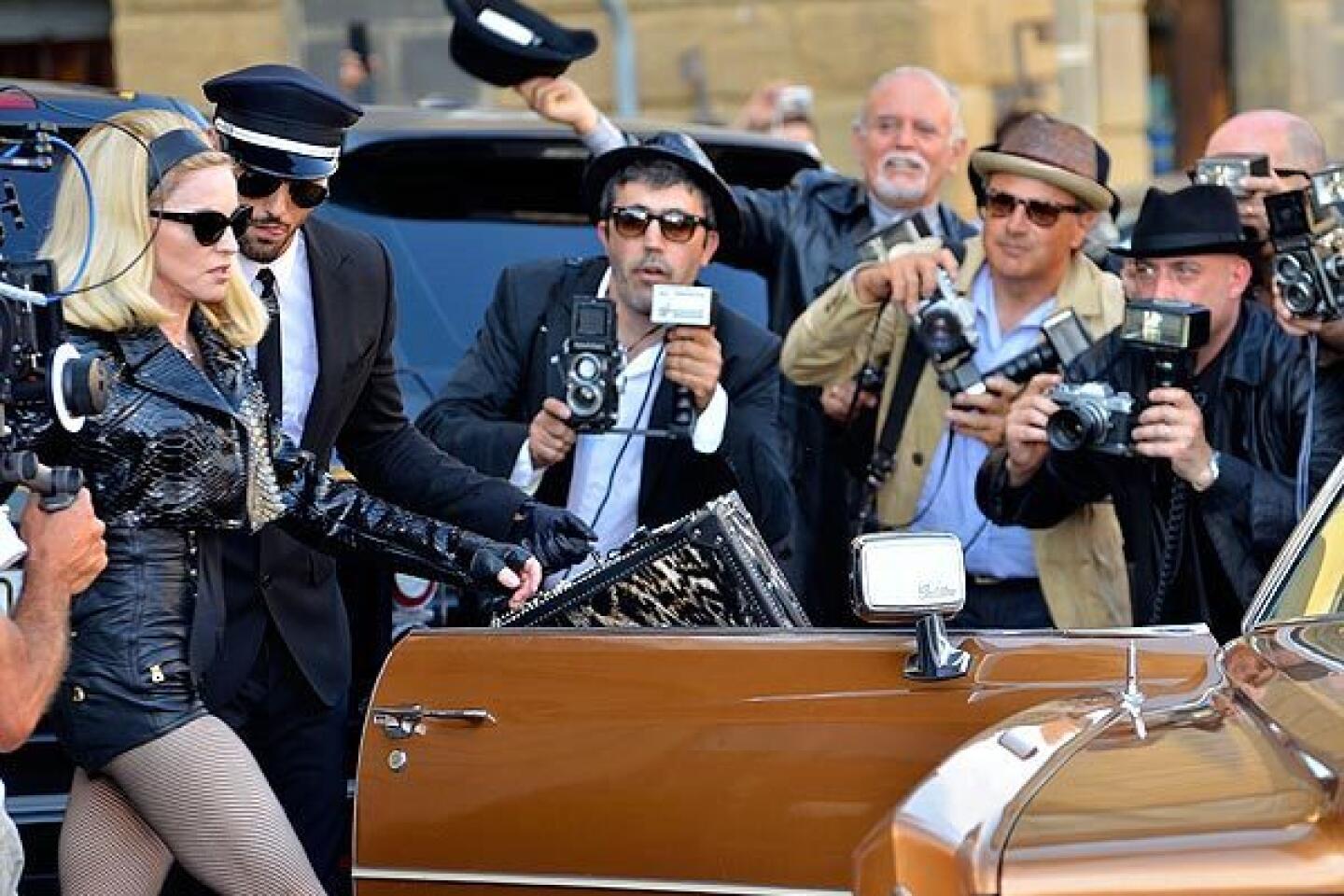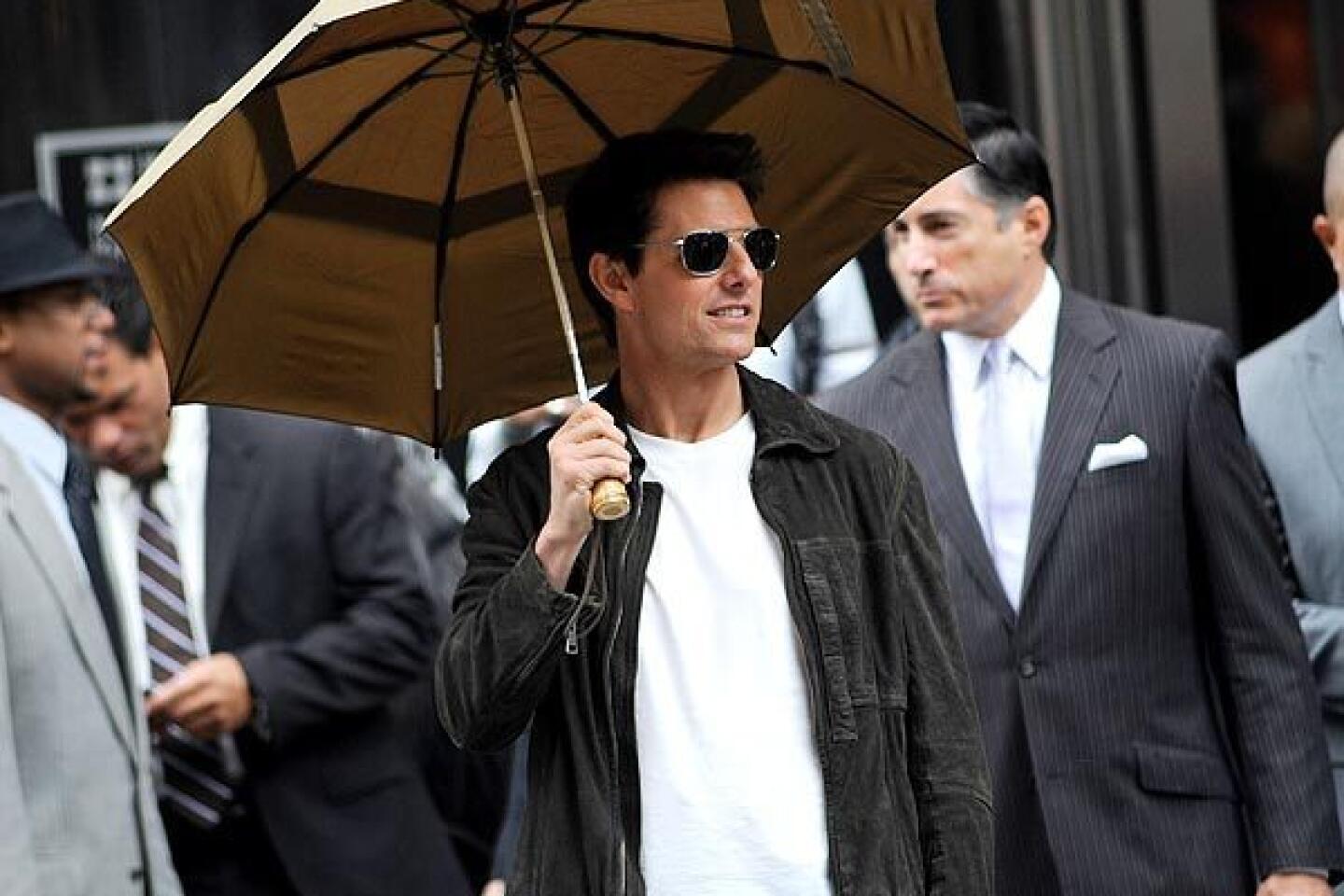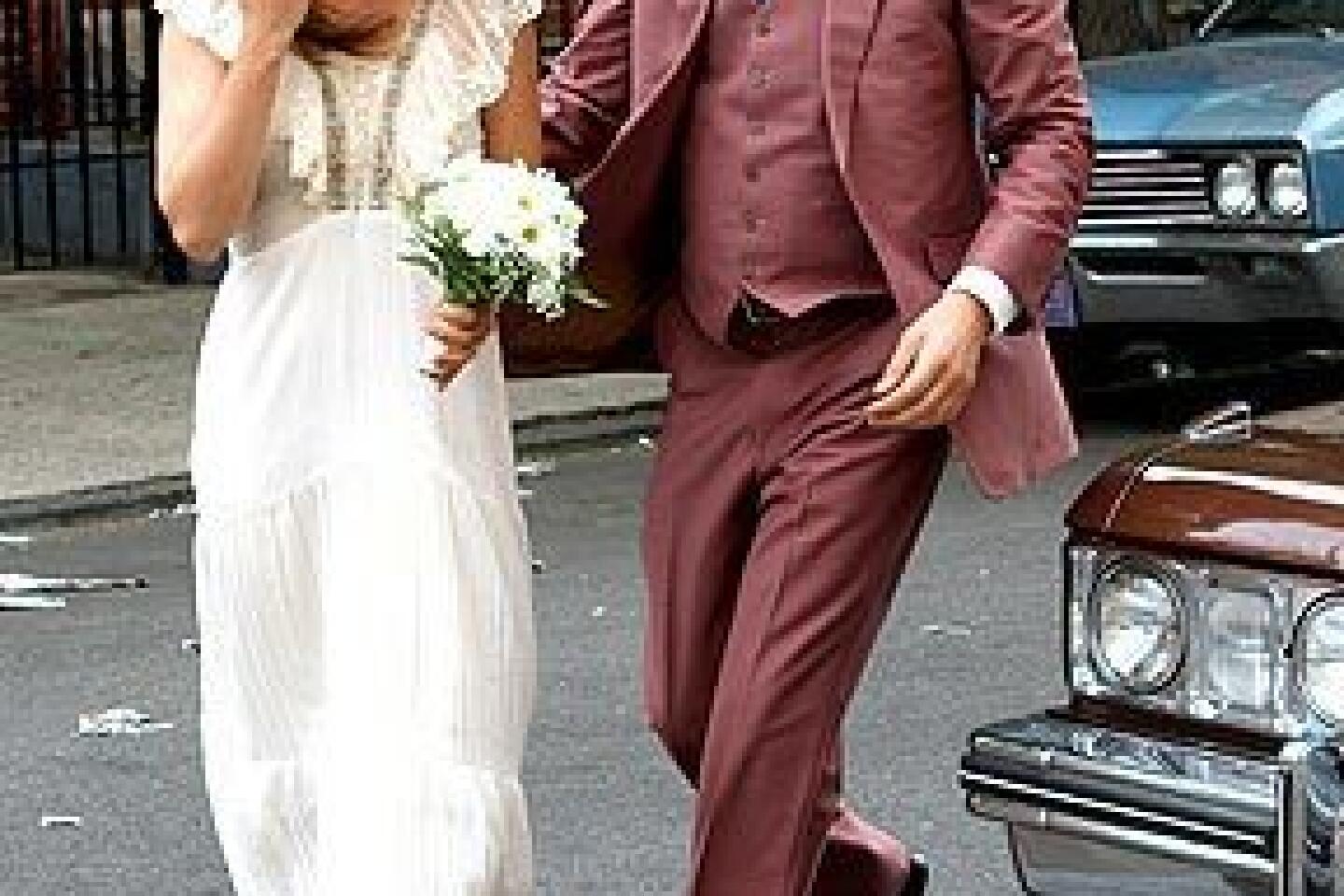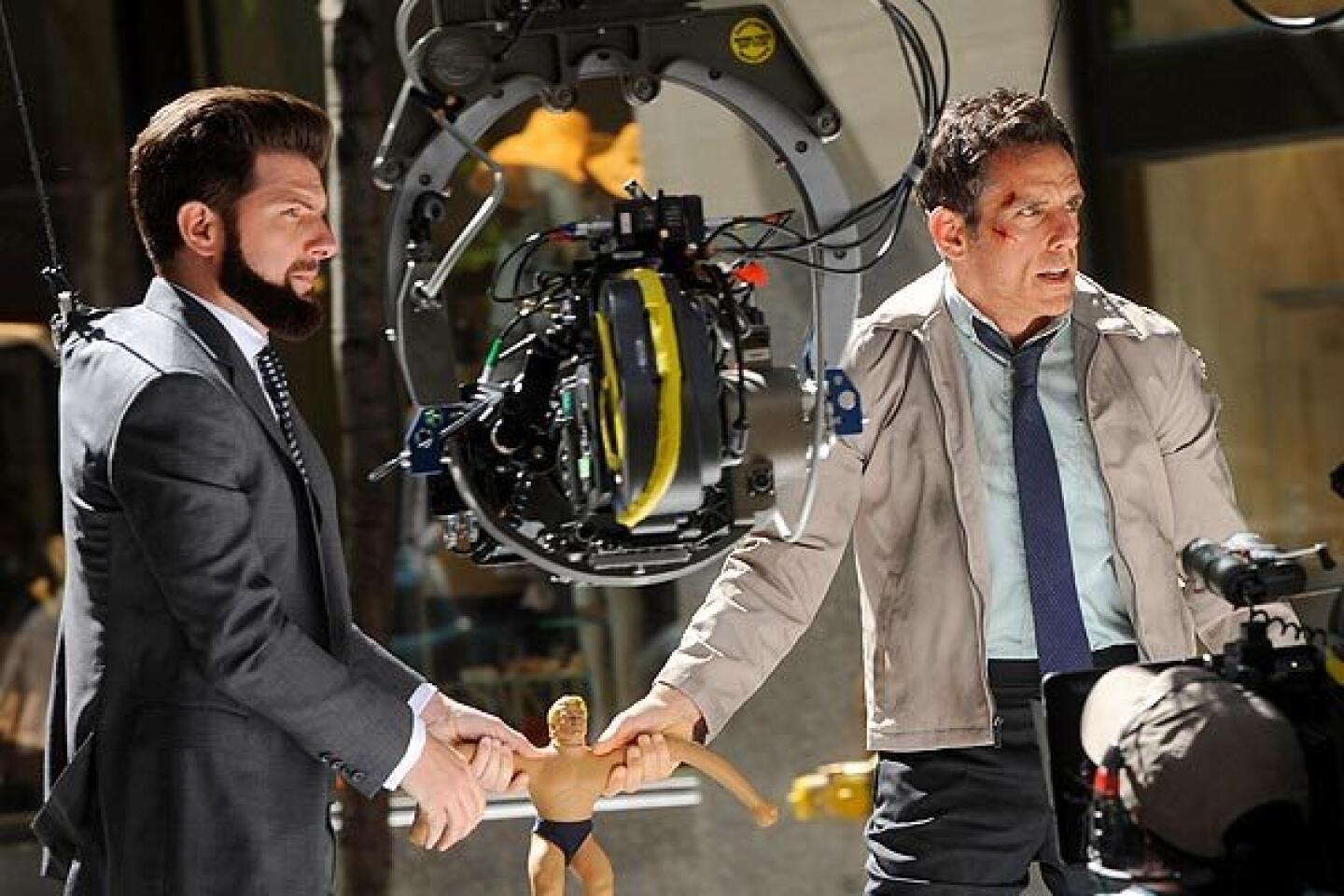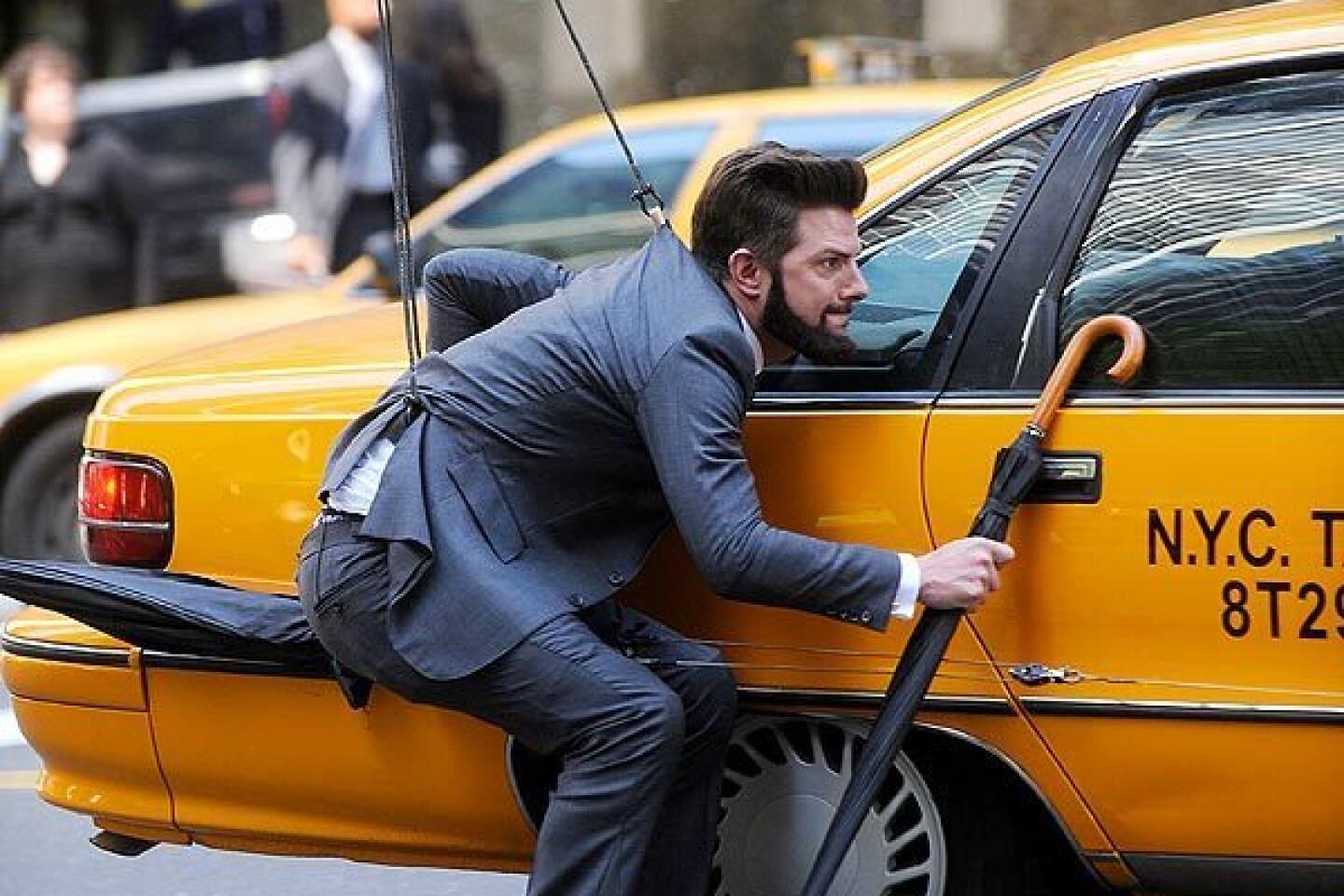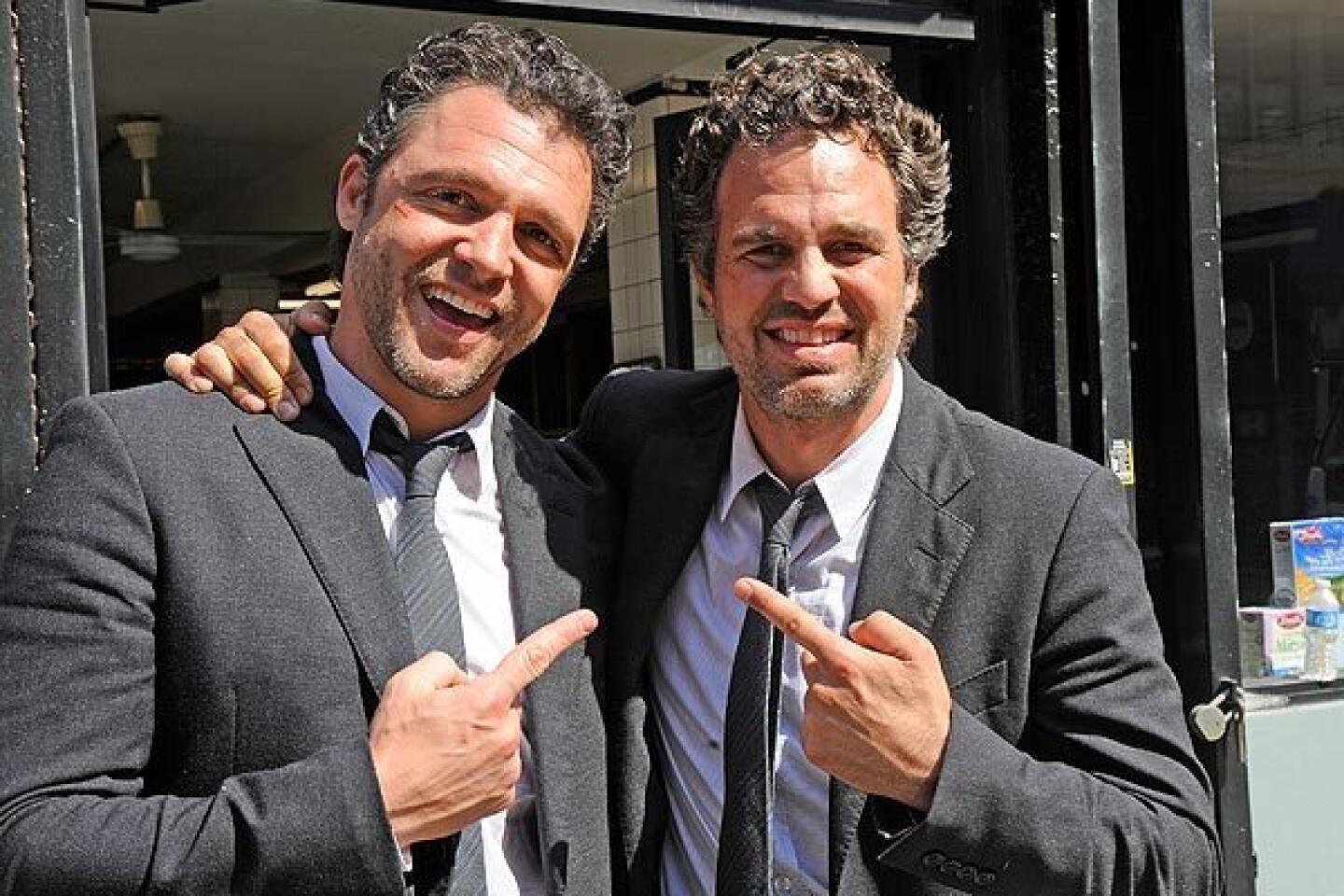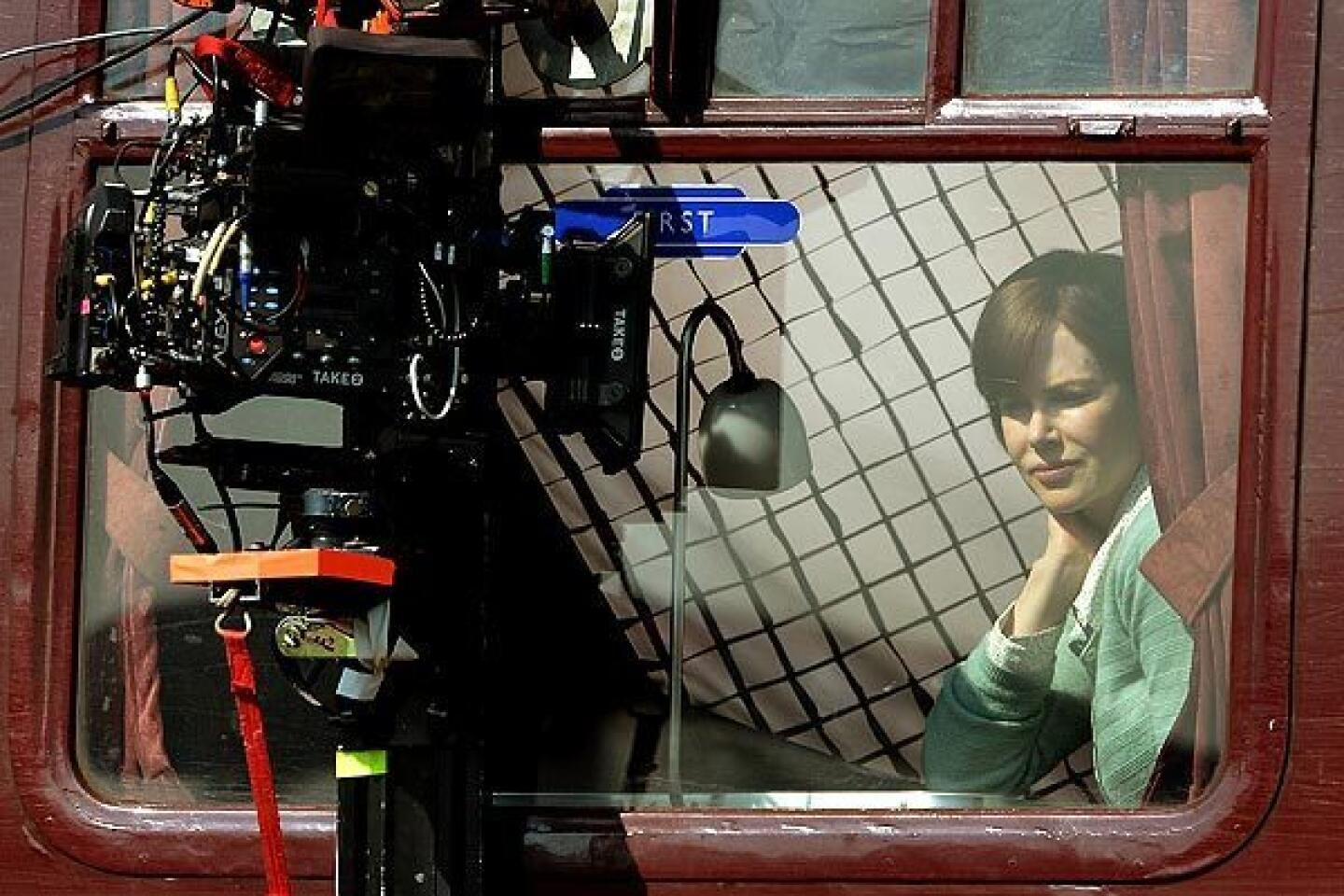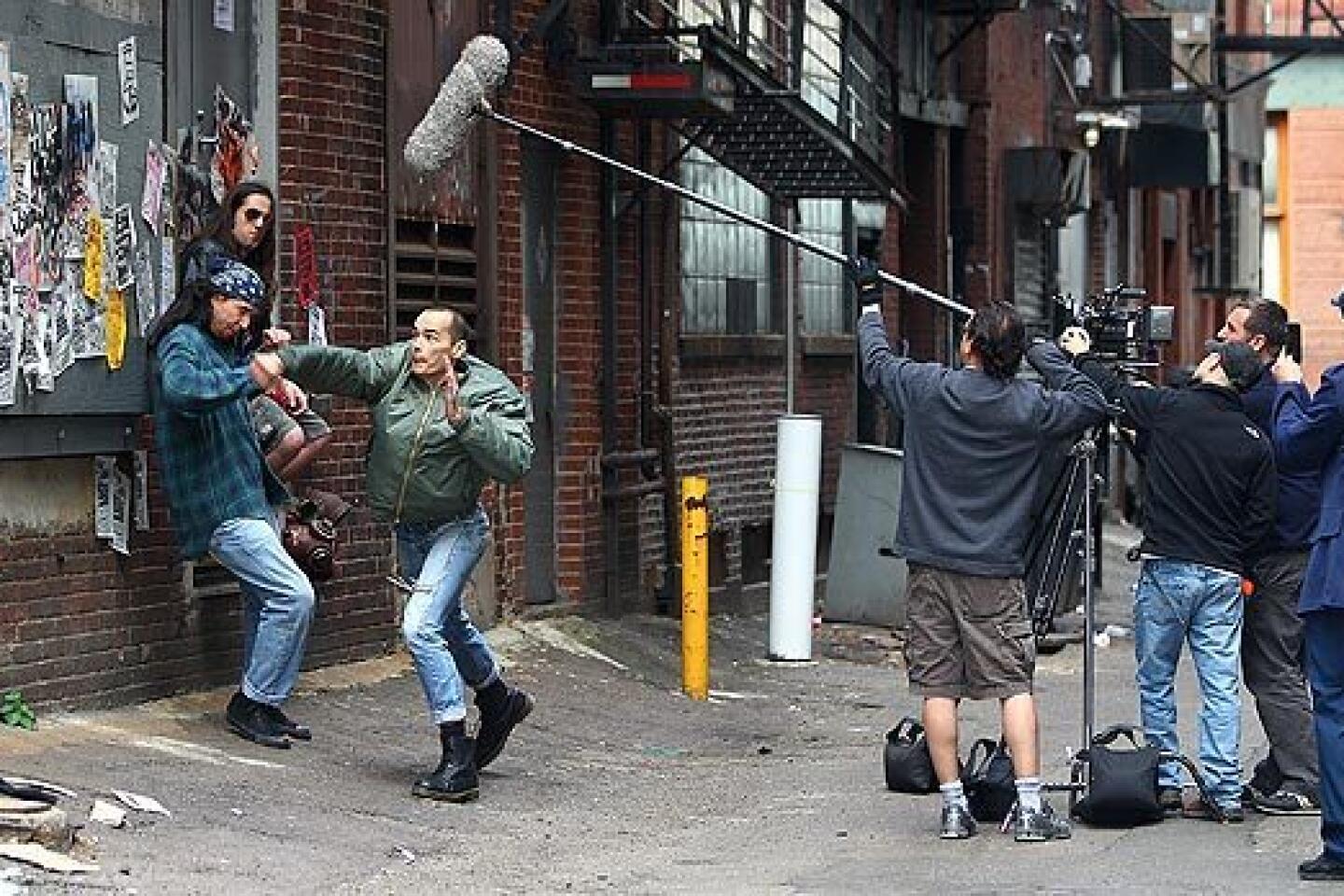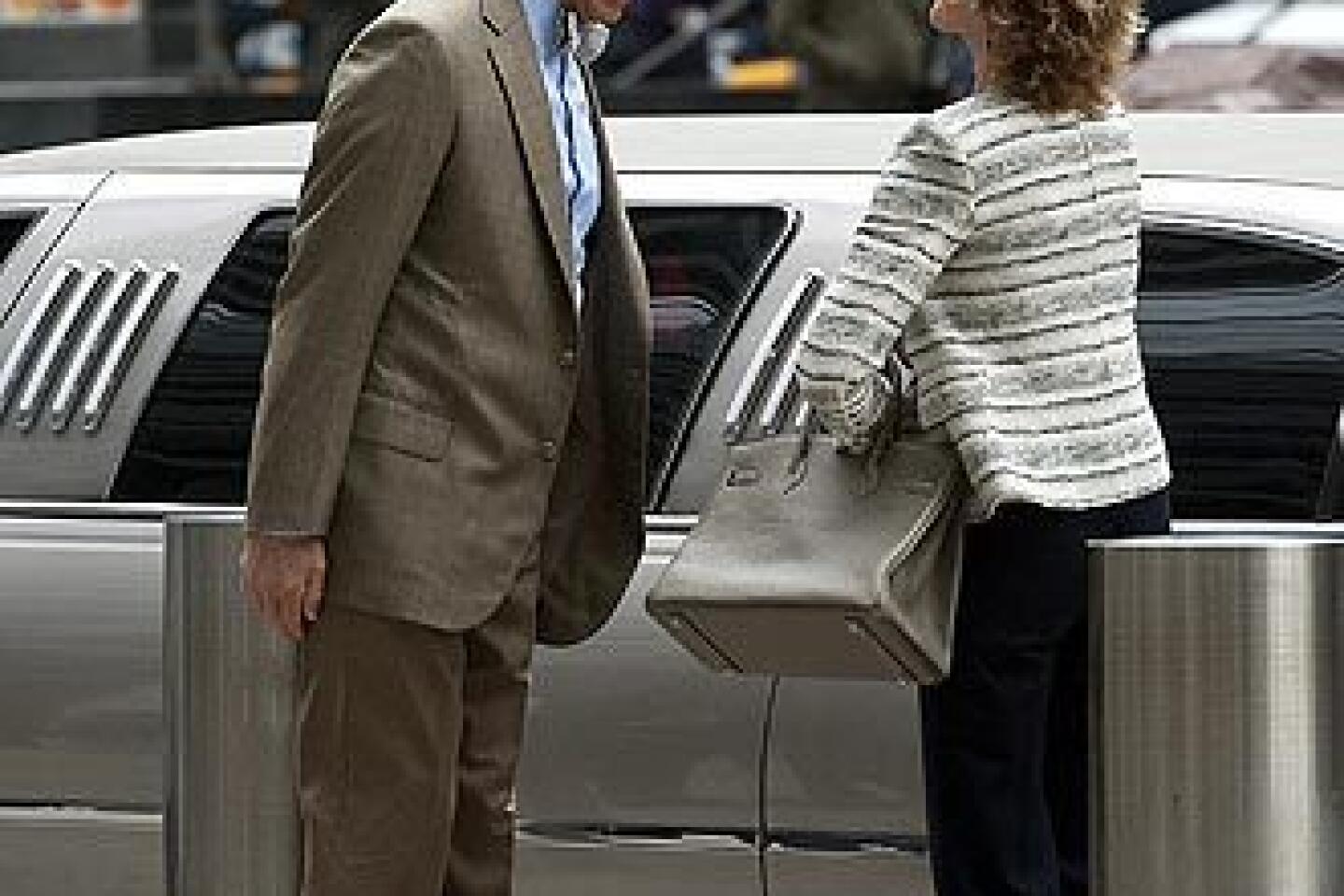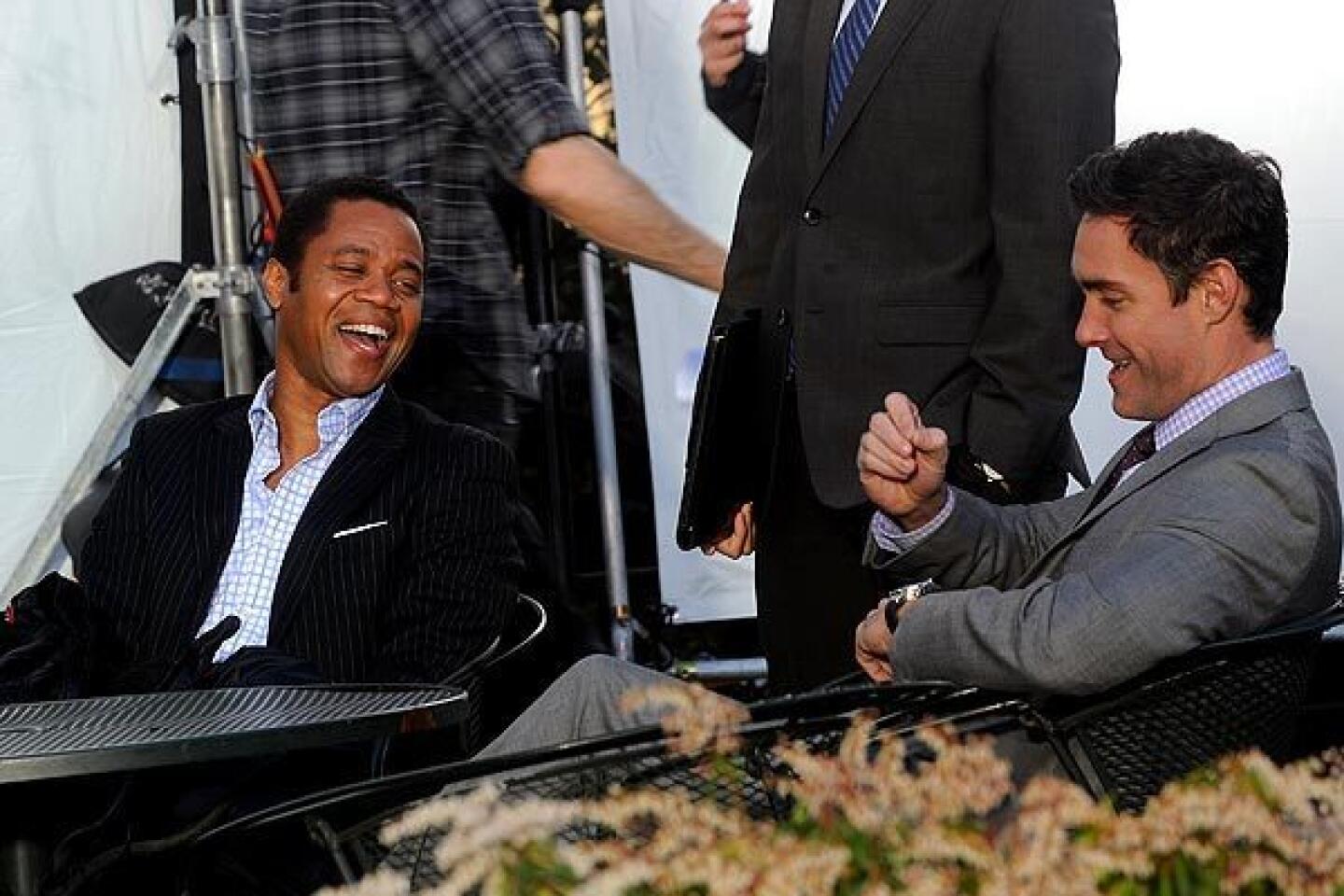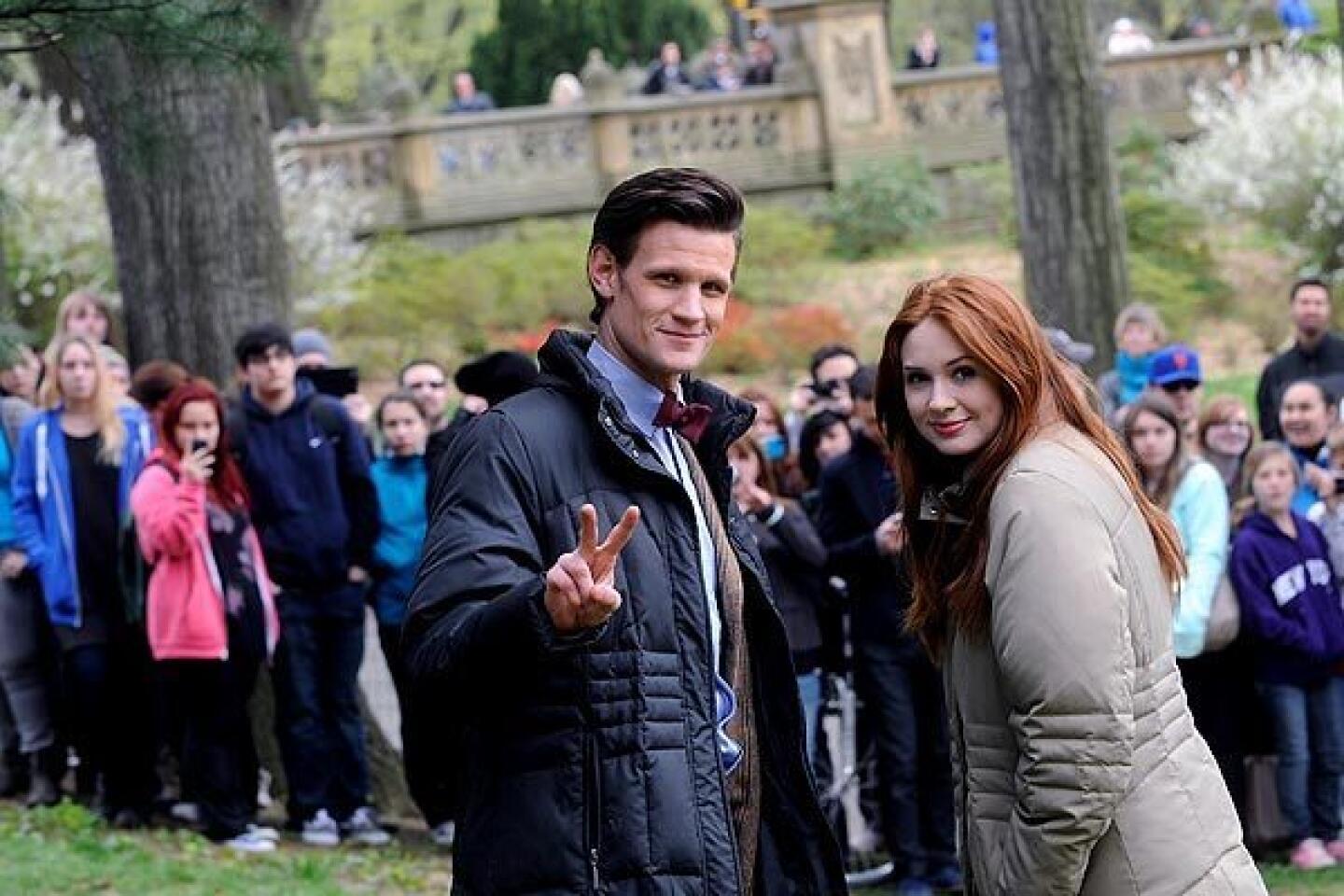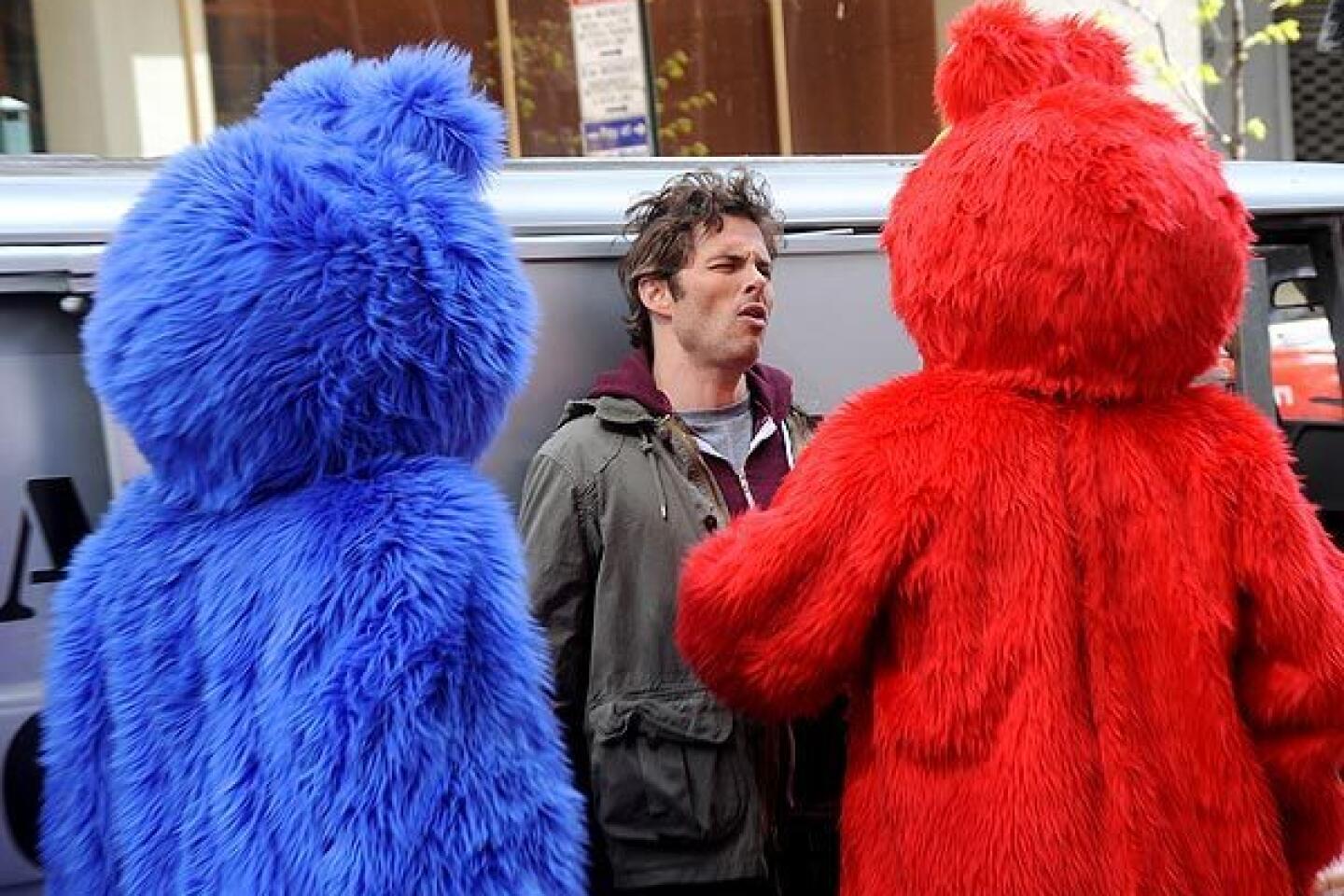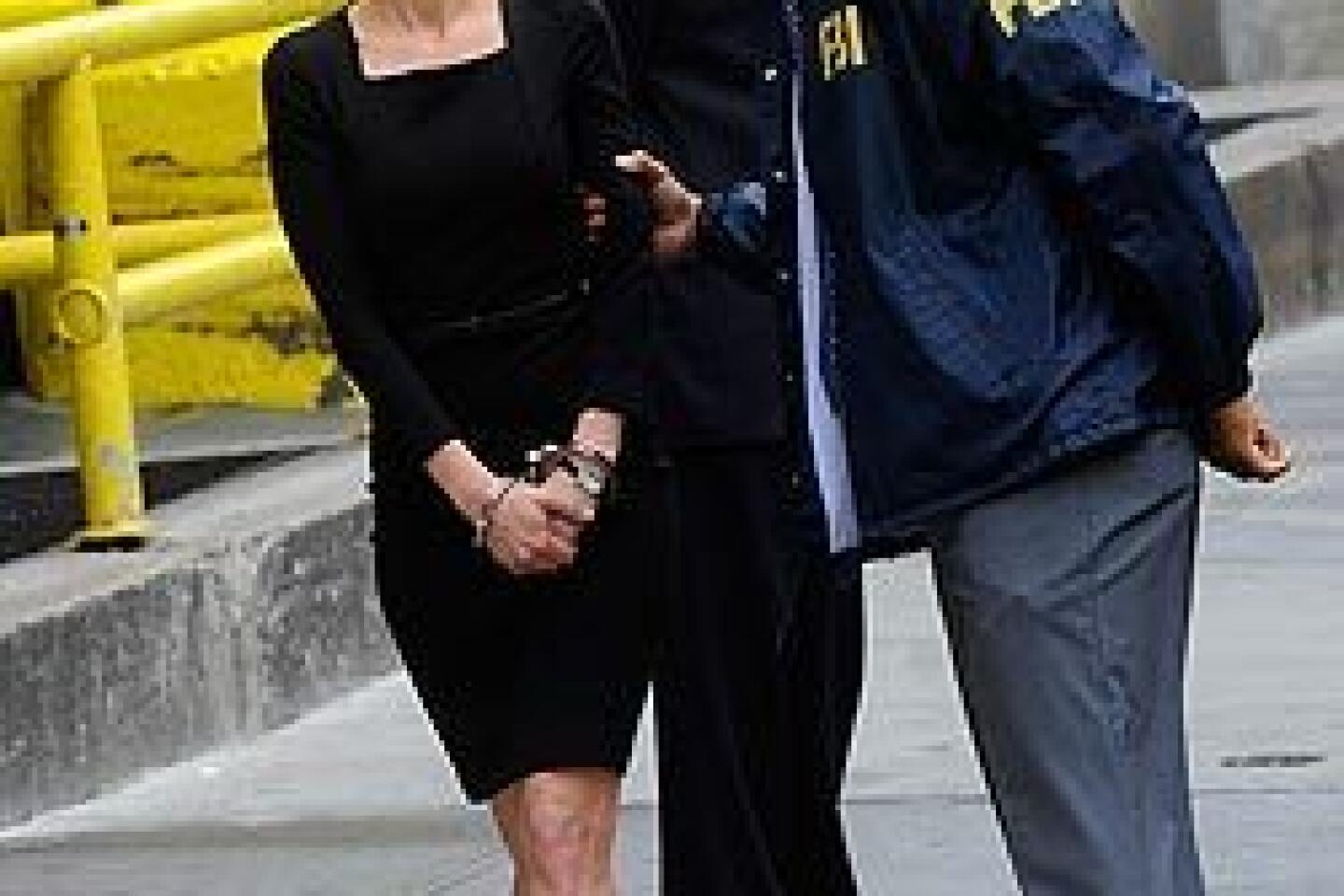Review: ‘The Missing Picture’ a poetic study of Khmer Rouge horrors
- Share via
“The Missing Picture” is personal and unexpected, a documentary that mixes media in an unusual way to very potent effect.
Directed and co-written by Rithy Panh, “Missing Picture” won the Un Certain Regard prize at the Cannes Film Festival and continues the Cambodian filmmaker’s poetic investigations into the horrors of the Khmer Rouge regime that ruled his country in the mid-1970s.
In this film, Panh is searching not for one particular image that went missing but investigating the disappearance of any reliable evidence of the life lived by ordinary people during the years of Khmer Rouge rule that began in 1975 when he himself was 13.
PHOTOS: Billion-dollar movie club
“I seek my childhood,” says actor Jean-Baptiste Phou, reading the English voice-over written by Panh and Christophe Bataille. “Or does it seek me?”
The tools Panh uses to investigate his past are unusual on their own and combine in a potent way to create an evocative meditation on memory and the past as well as a trenchant examination of the years when Cambodia presented a face called Kampuchea to the world.
One thing Panh has done is present a compelling selection of newsreels the regime made to tout its accomplishments to the rest of the globe. But that is just part of the story.
PHOTOS: Hollywood backlot moments
What makes “The Missing Picture” unusual is its extensive use of dozens and dozens of small clay figures, hand-carved, carefully painted and displayed in elaborate dioramas that represent all aspects of life before and after the takeover.
The carvings were done by Sarith Mang, and their depictions of everything from monks and market women to water buffaloes and men with automatic weapons are effectively lifelike in an unsophisticated way. When this hand-created world is combined with newsreel footage as a joint evocation of the past, the effect is more haunting than one would imagine.
Though most Americans have either forgotten or never knew what happened to Cambodia during those years, those are things Panh, who suffered great personal loss, can never escape.
PHOTOS: Celebrities by The Times
He and his family were among the 2 million residents of the capital, Phnom Penh, who were forcibly evacuated to rural areas by the Khmer Rouge’s zealots, who dreamed of using social engineering on a colossal scale to create a country without class distinctions where everyone would be turned into a peasant.
In the new Kampuchea, personal effects were forbidden and numbers replaced names. Western medicine was banned, all clothes were dyed black (“color vanished like laughter, song and dance” says the voice-over) and the only object anyone was allowed to own was a spoon.
One effect of this society gone mad was large-scale starvation, confessions tortured out of those deemed to be in the opposition, and mass executions. “It starts with purity,” we are told, “and ends with hate.”
PHOTOS: Greatest box office flops
As this story is related through those marvelous carved figures, the image the revolution wanted to convey about itself — smiling peasants toiling mightily in the fields and huge throngs wildly applauding leader Pol Pot, a.k.a. Brother Number One — is displayed via its propaganda newsreels. “The revolution’s promise,” this movie tells us, “existed only on film.”
There is other footage, however, that “The Missing Picture” has unearthed — clandestinely shot images of Kampuchea’s harsh realities that cost the photographers their lives. There are even images that survived from before the revolution, like stunning color footage of a beautifully costumed woman performing traditional dances. “This missing picture,” Panh says at the end, “I now hand over to you.”
-----------------------------
‘The Missing Picture’
Rating: No MPAA rating
Running time: 1 hour, 32 minutes
Playing: At Laemmle’s Town Center 5, Encino
More to Read
Only good movies
Get the Indie Focus newsletter, Mark Olsen's weekly guide to the world of cinema.
You may occasionally receive promotional content from the Los Angeles Times.
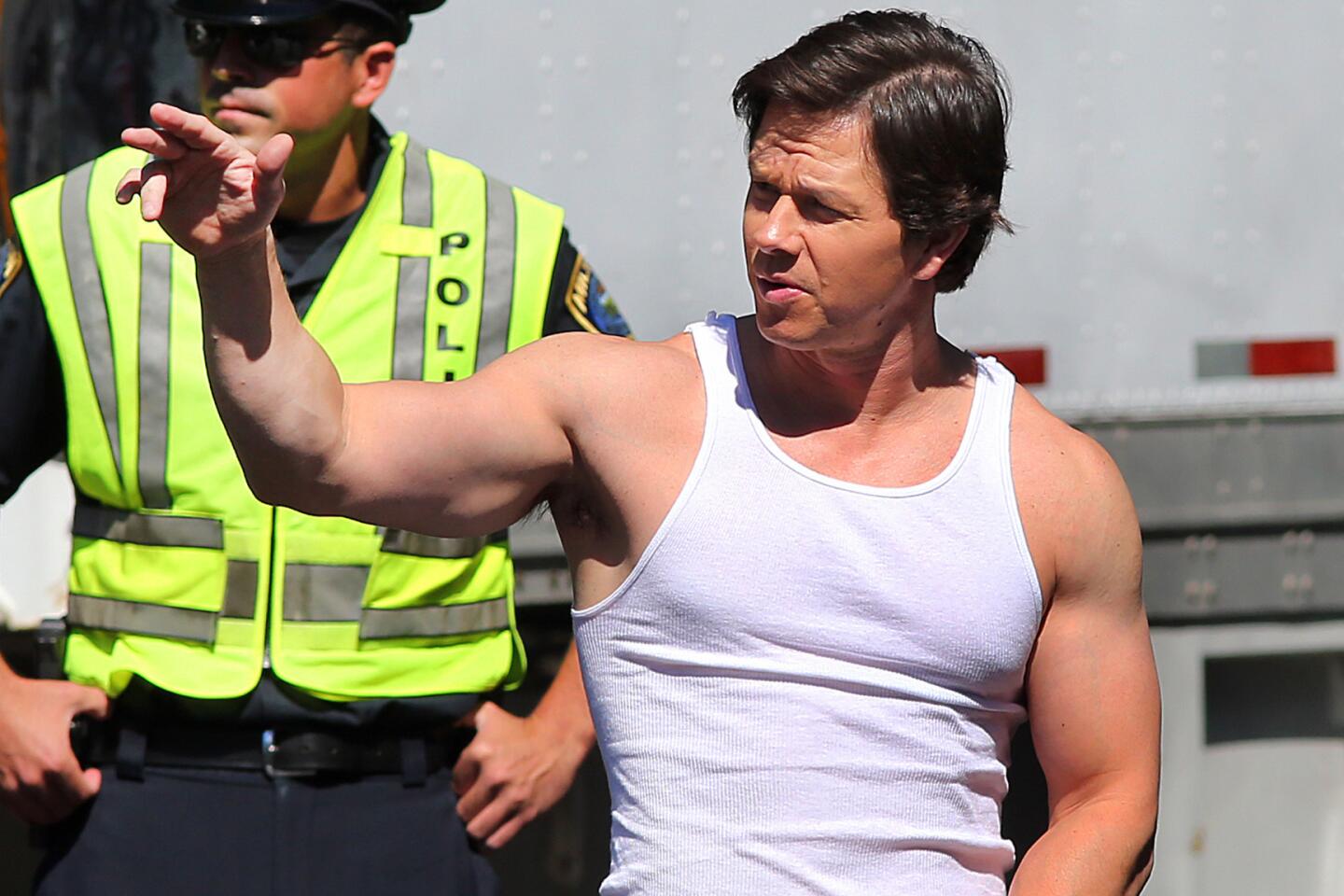
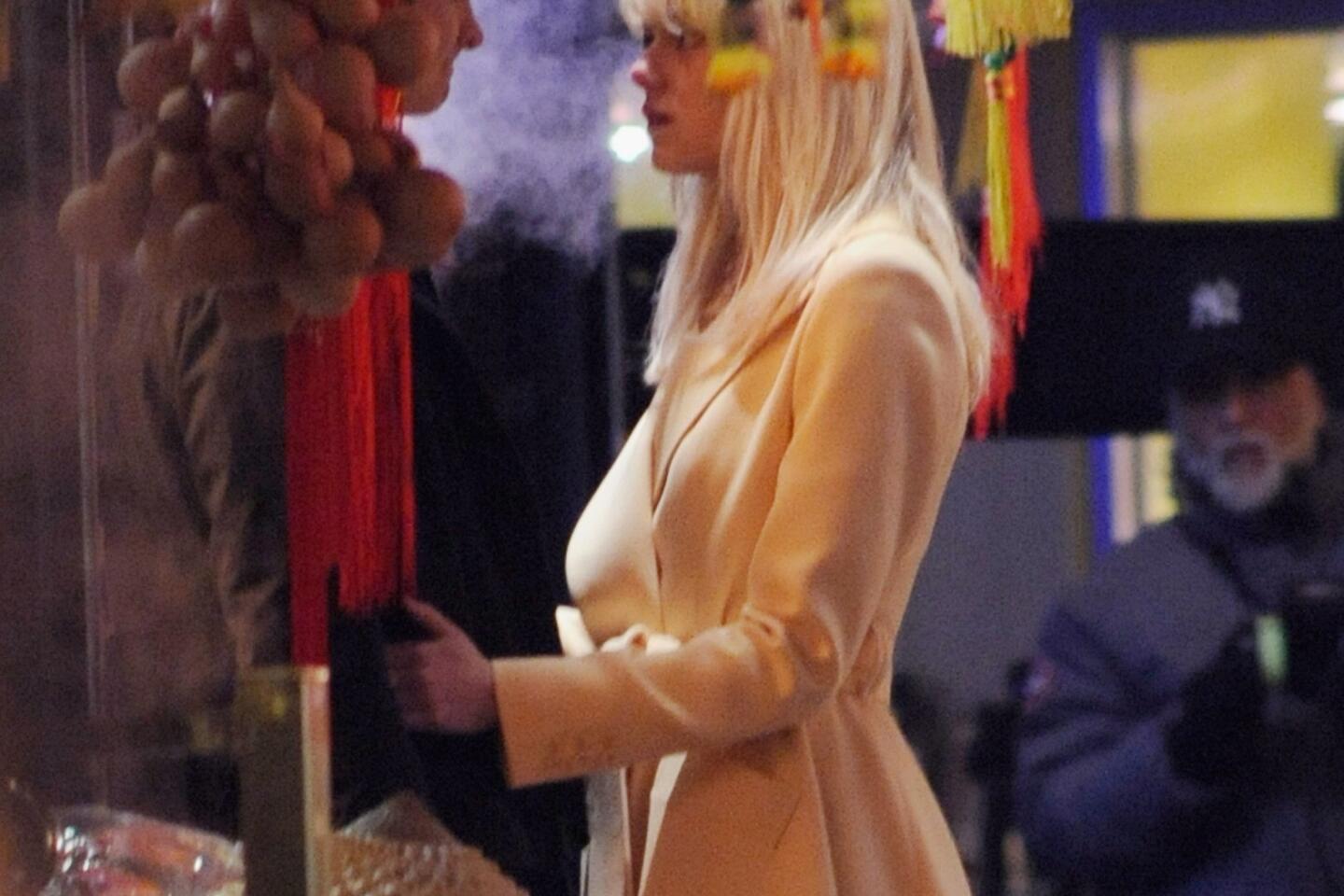
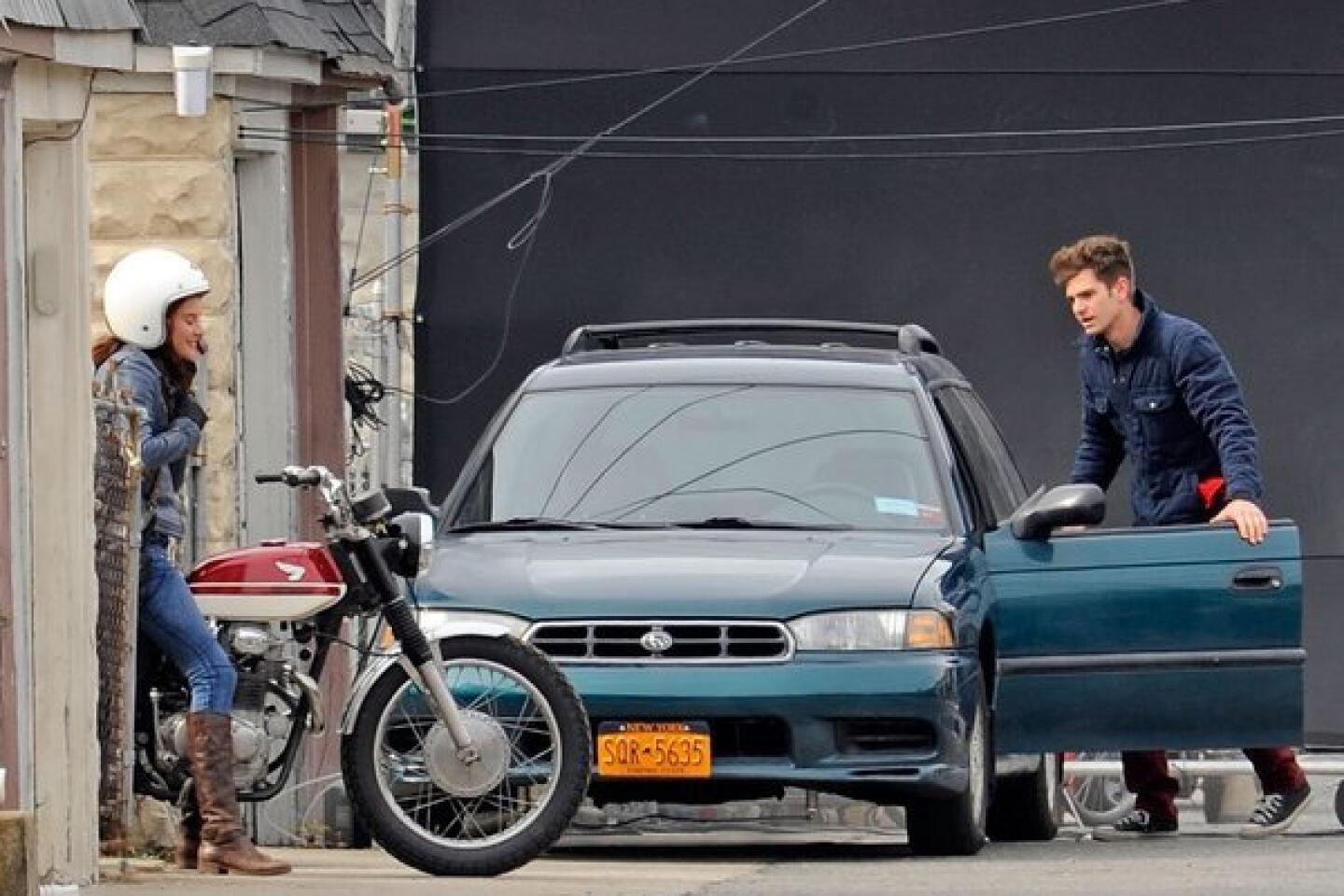
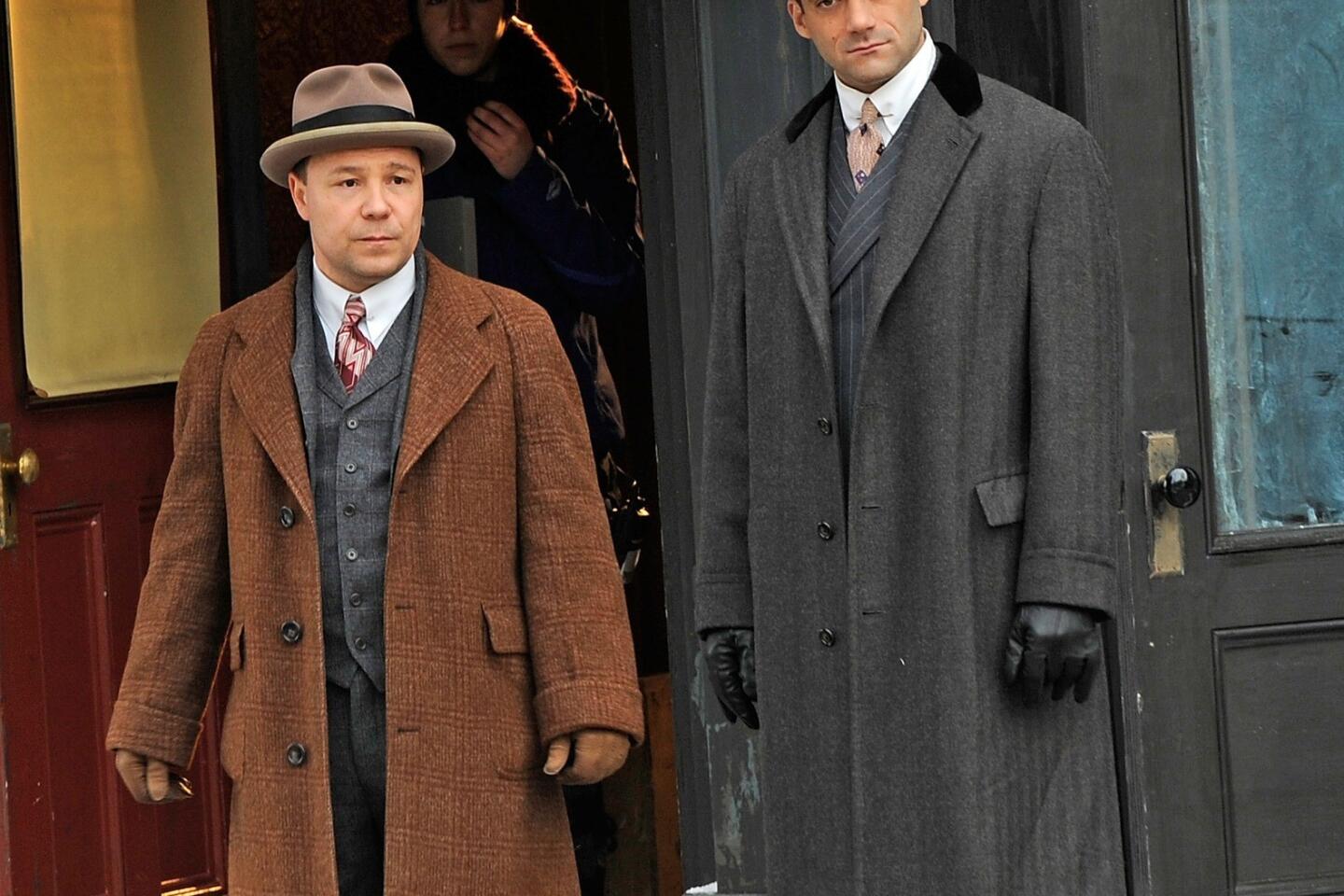
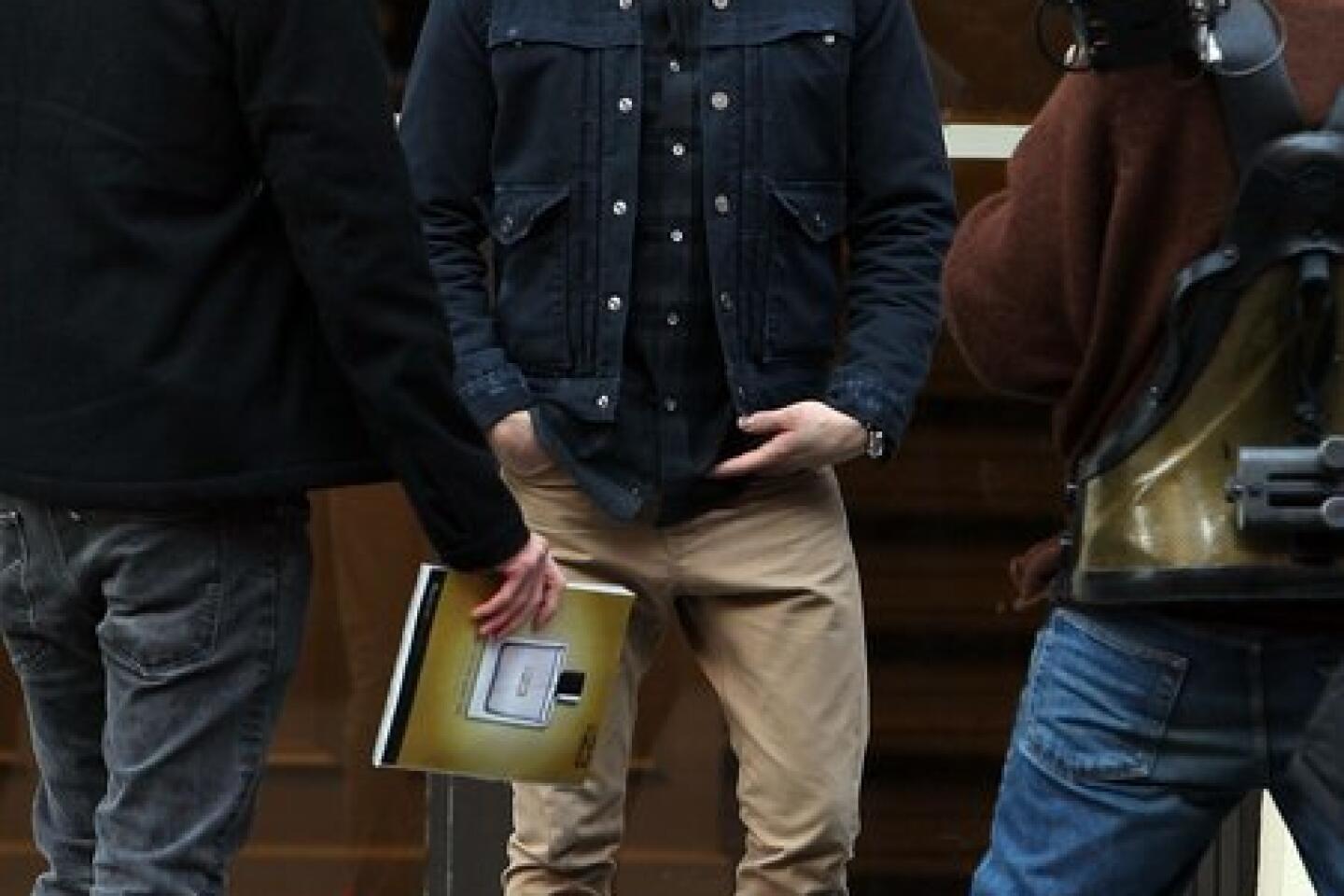
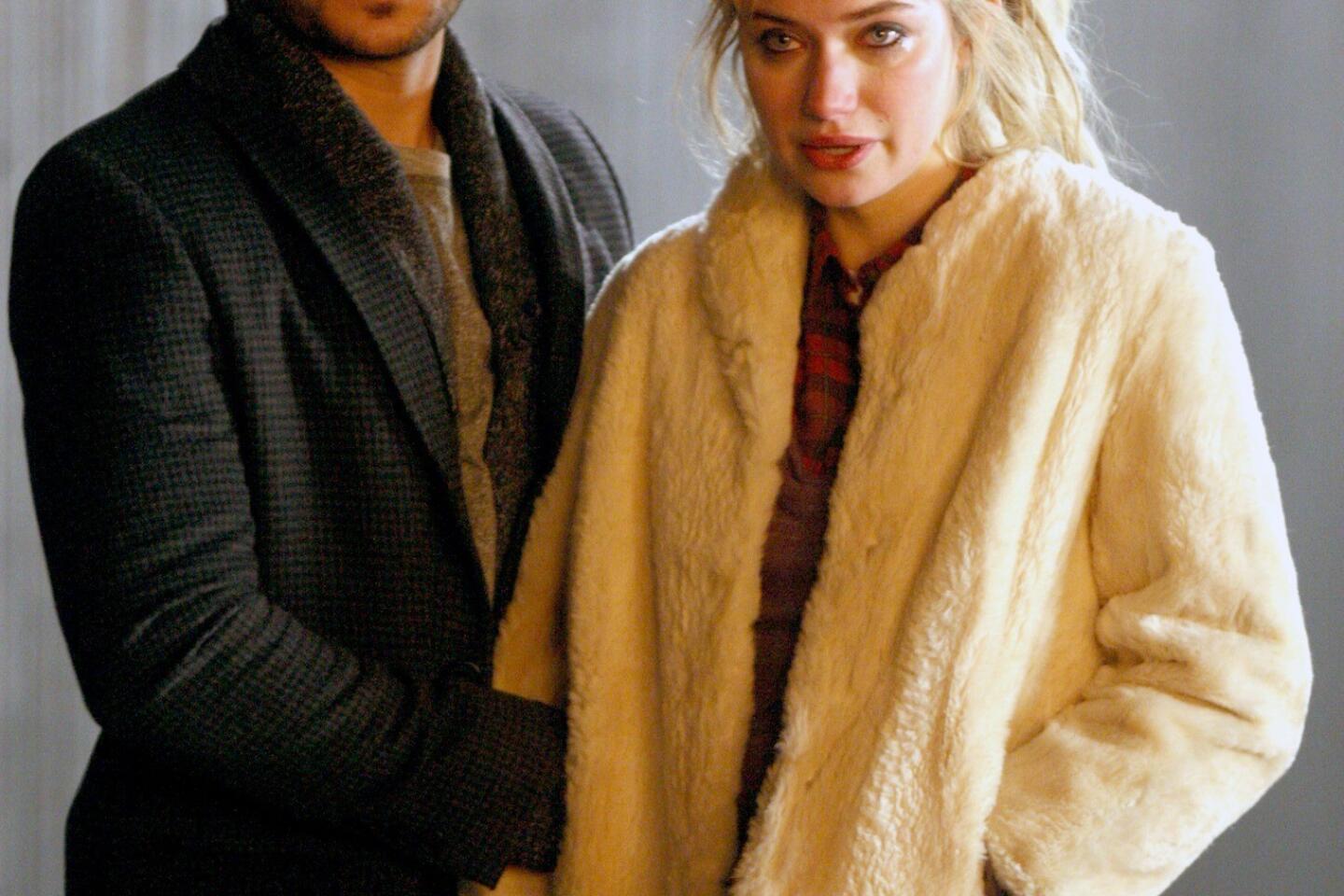
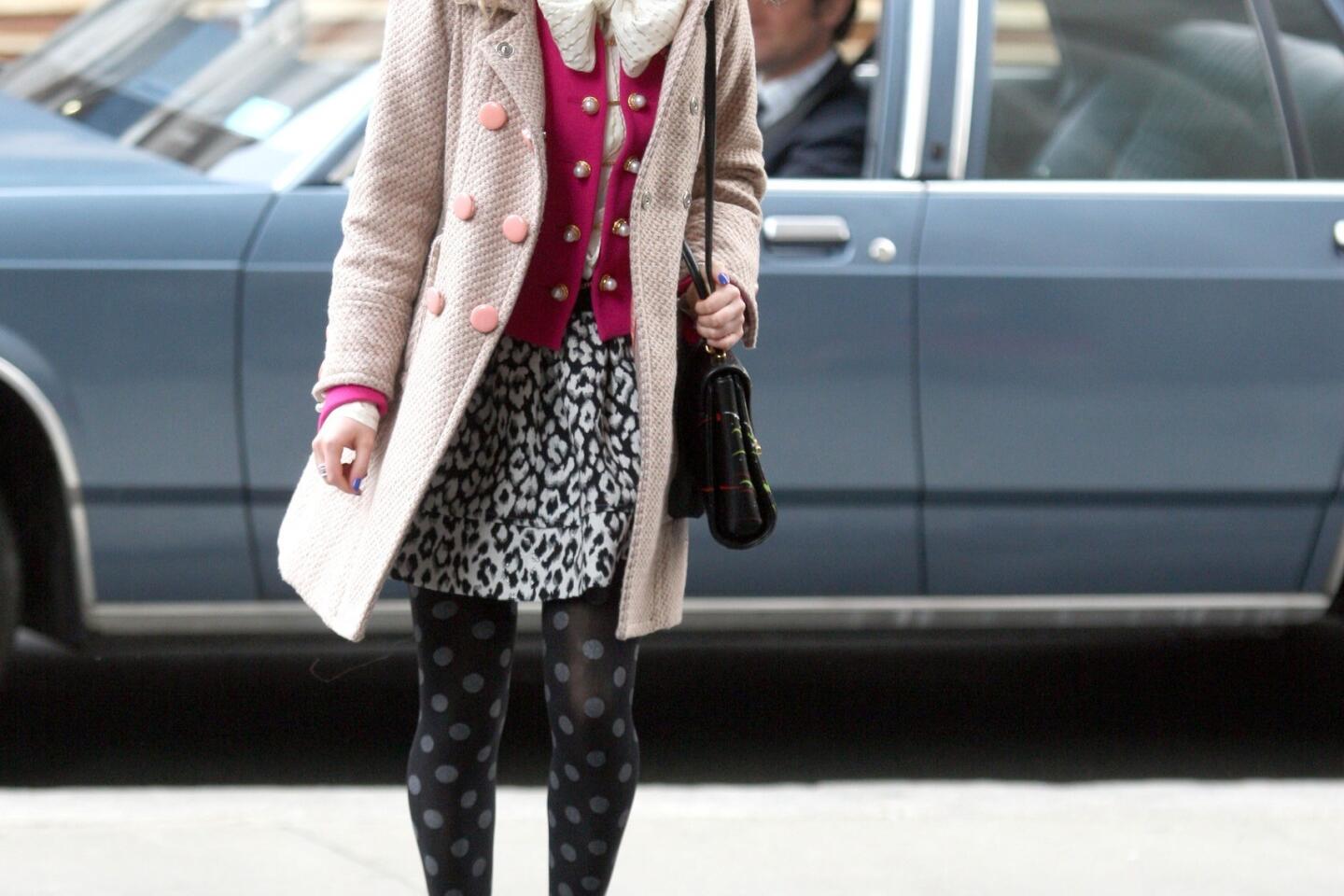
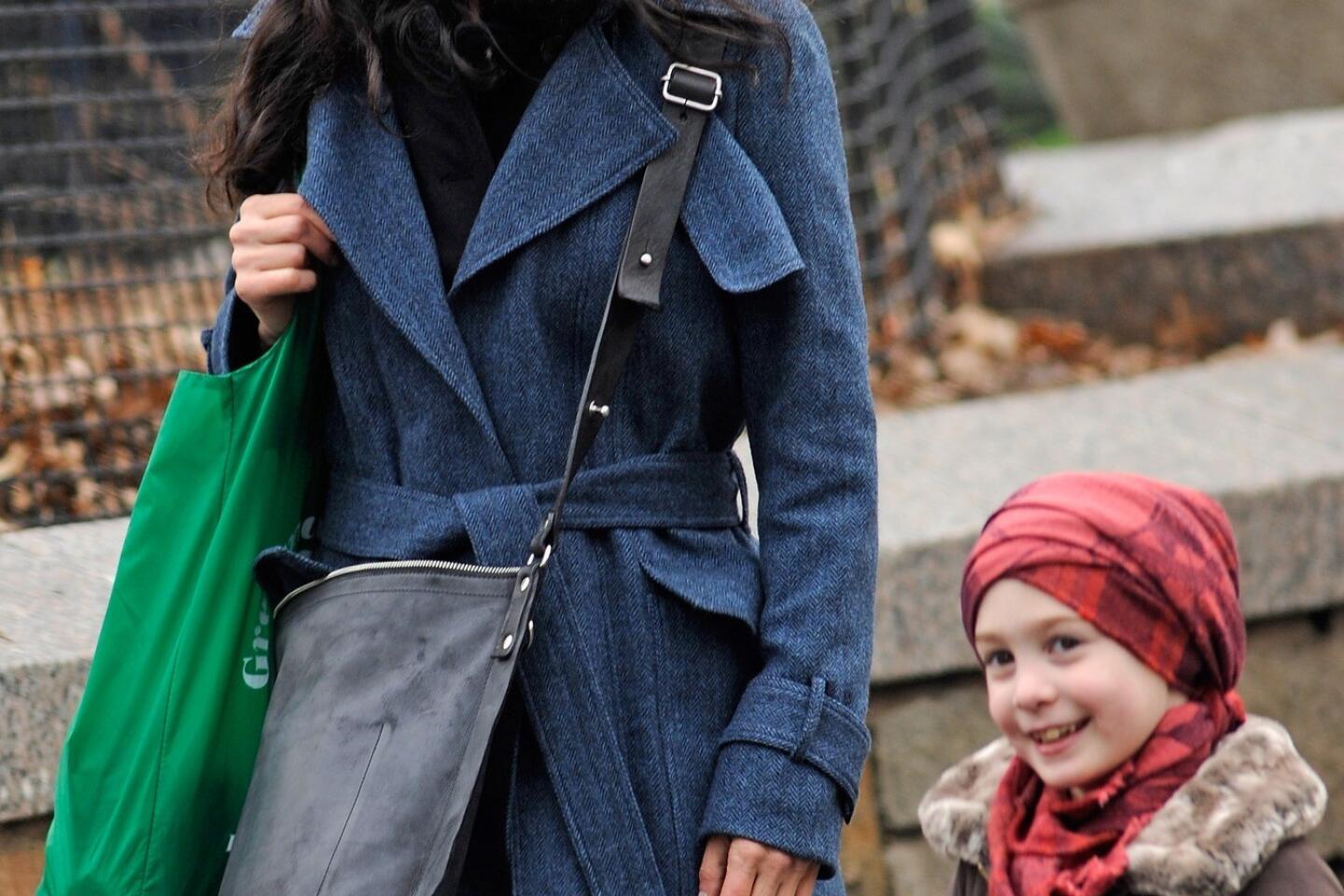
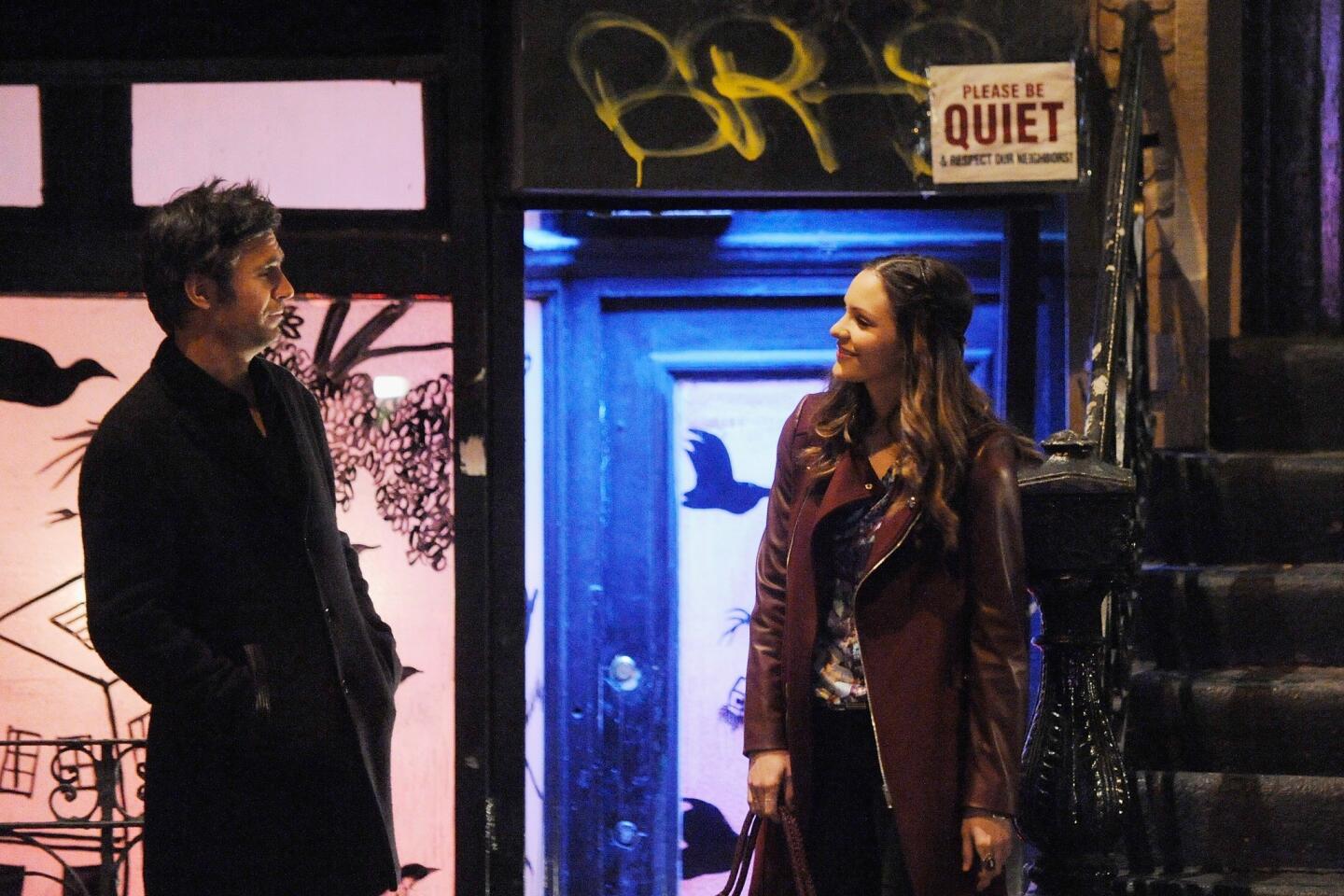

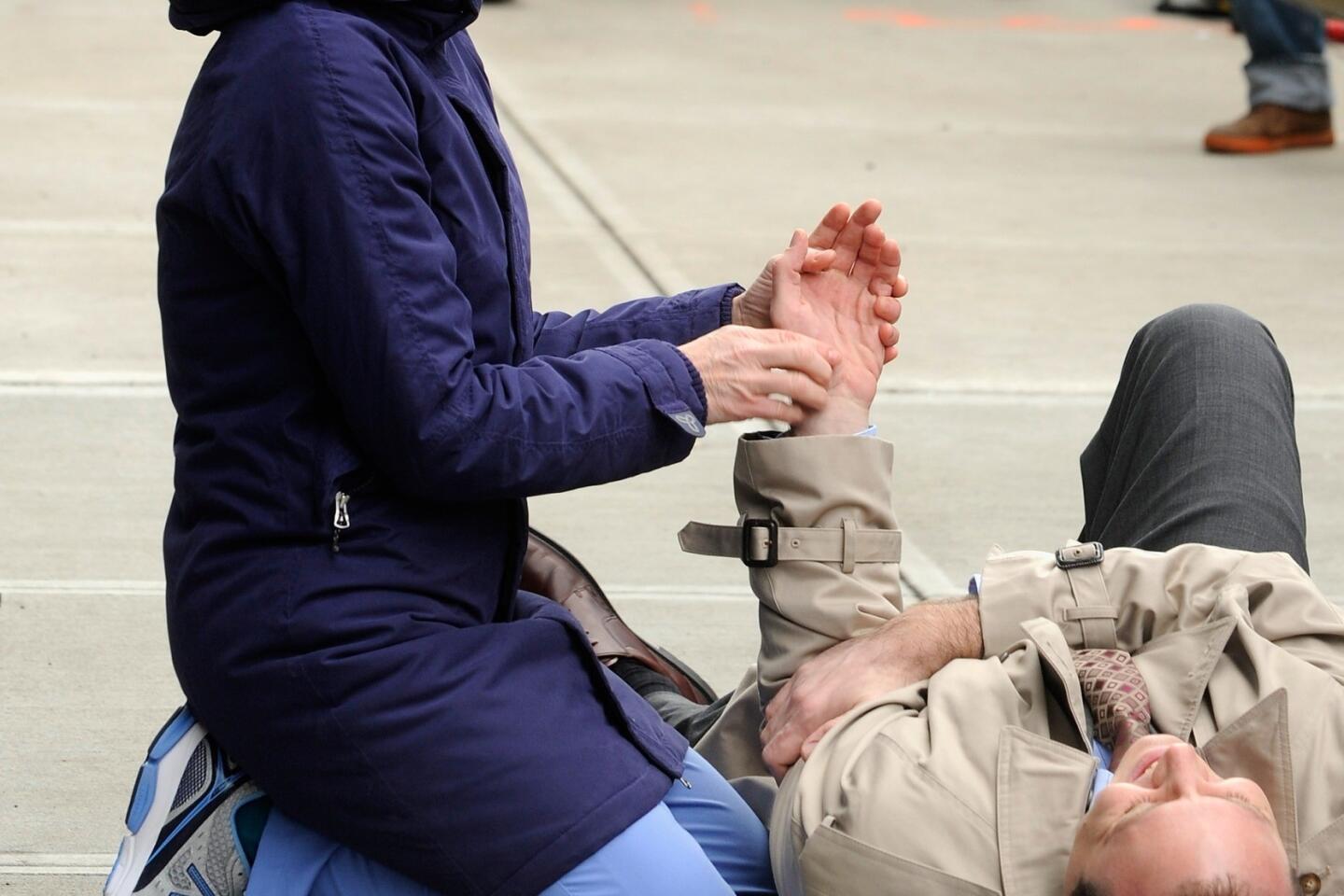
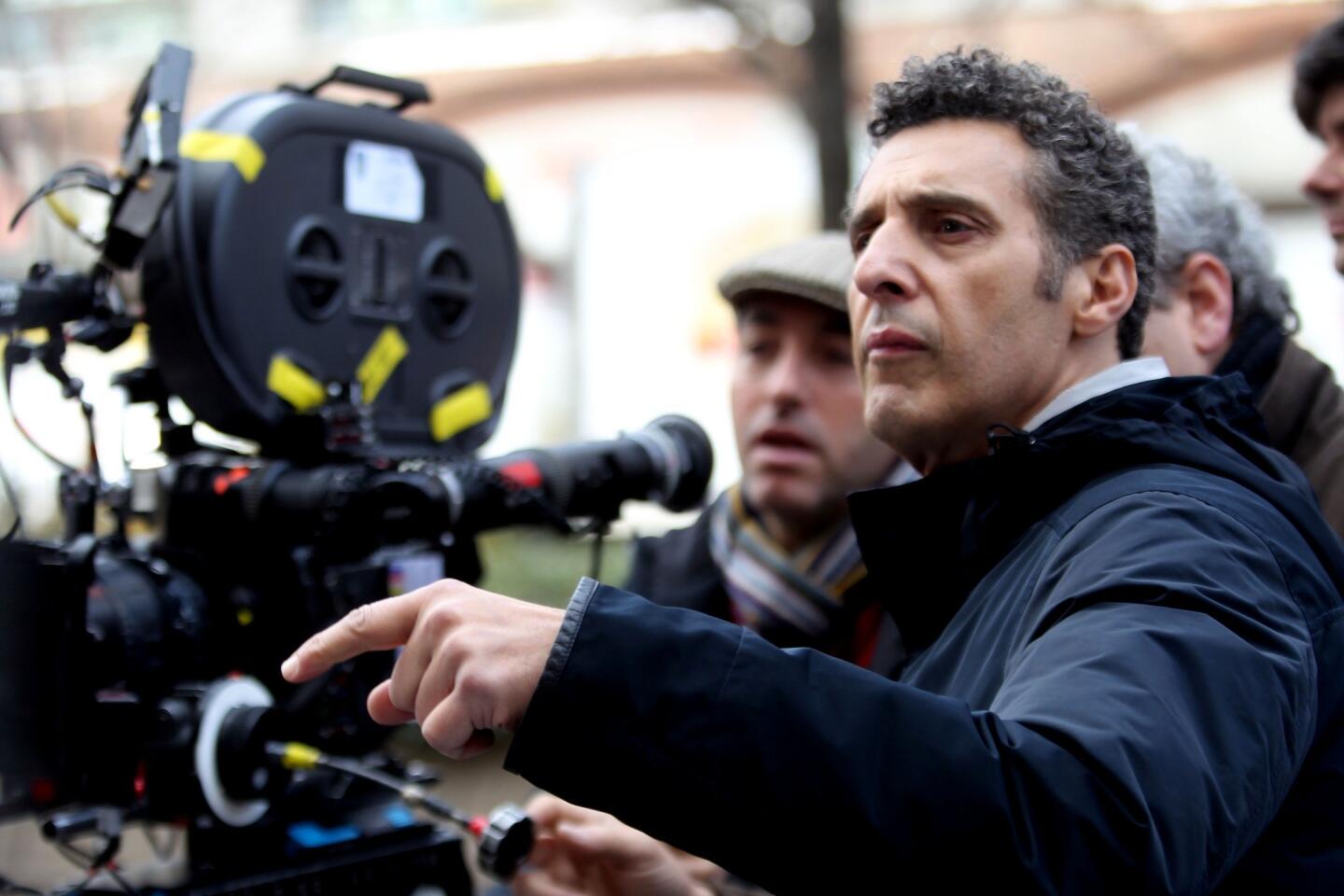

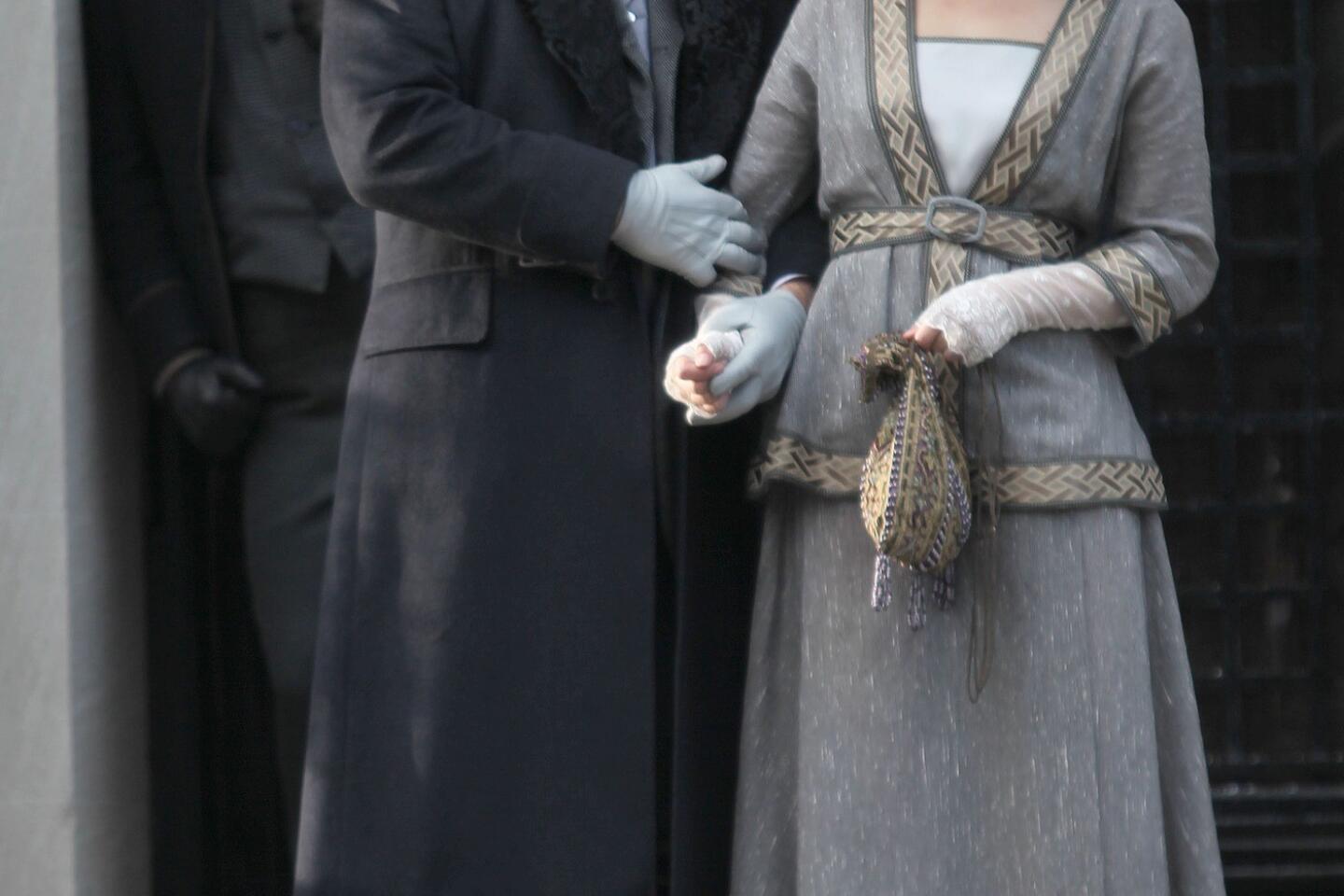
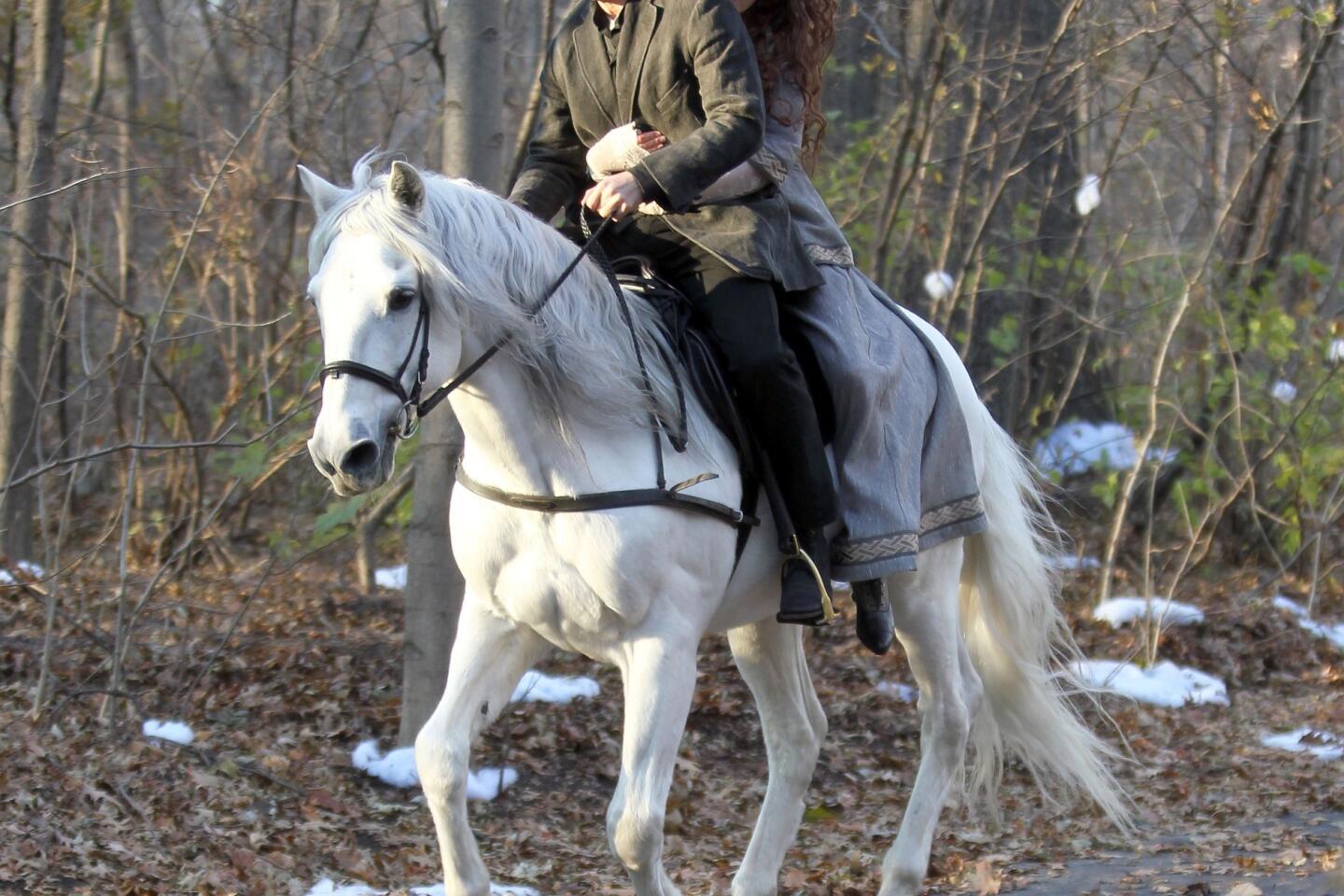
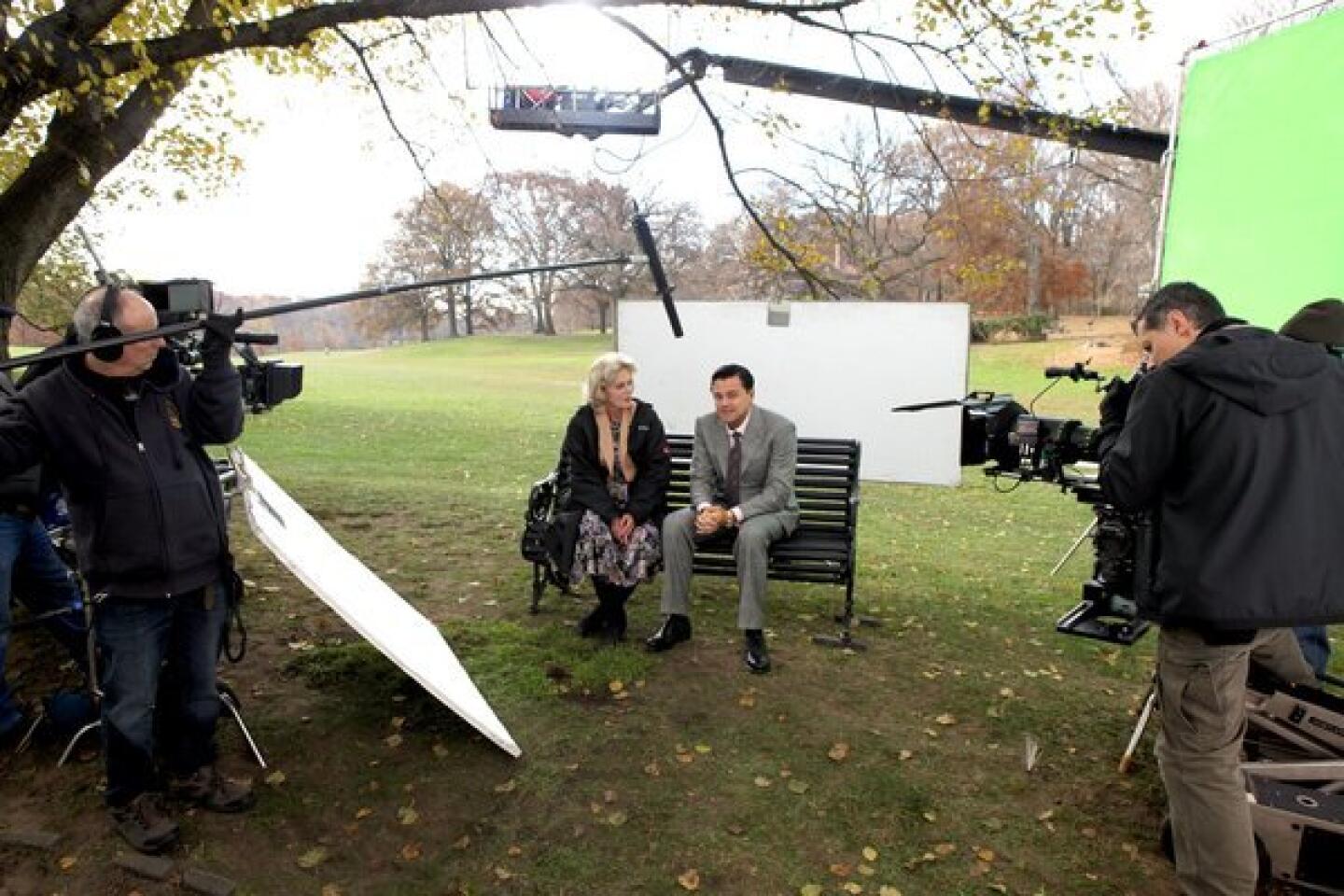
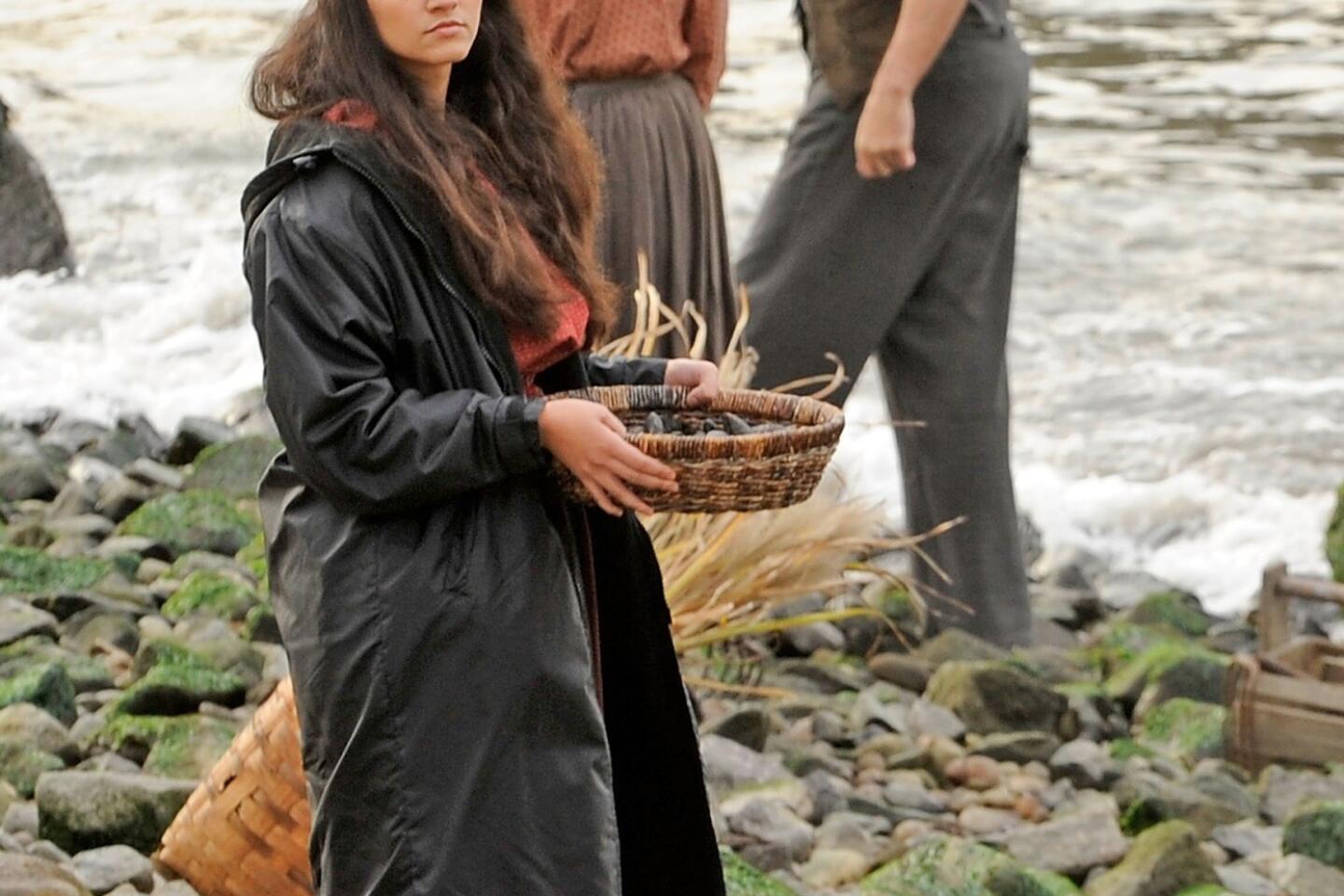
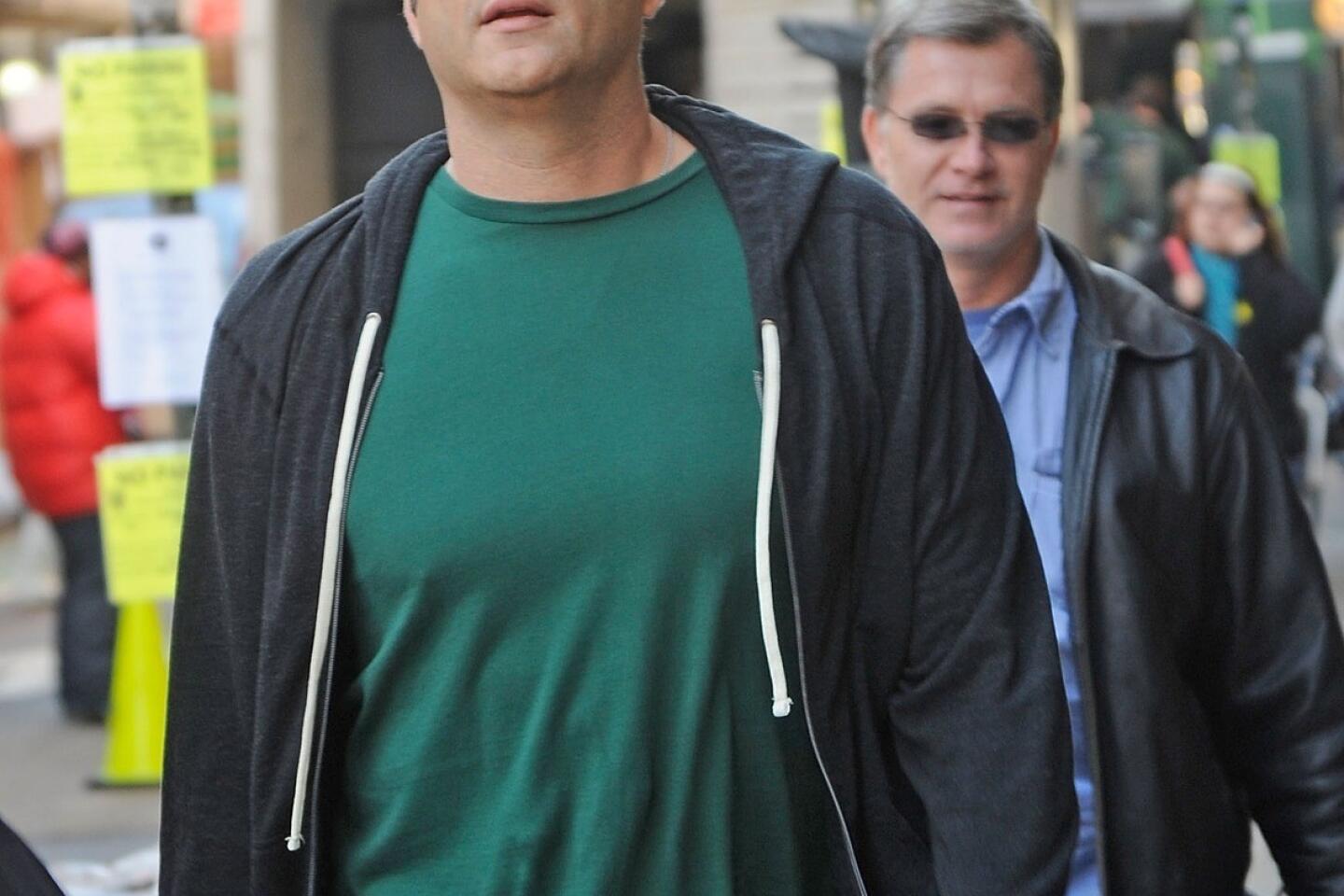
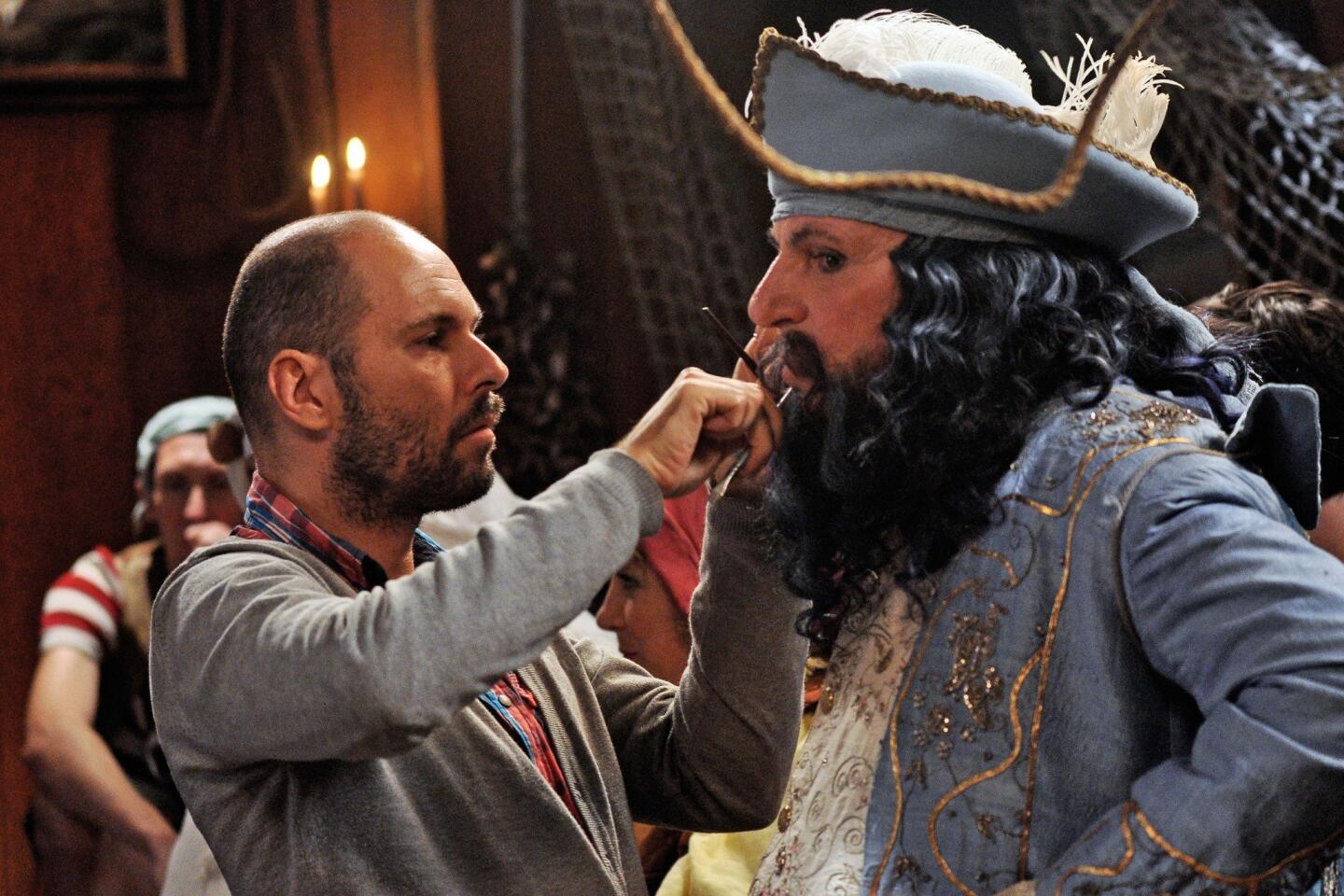


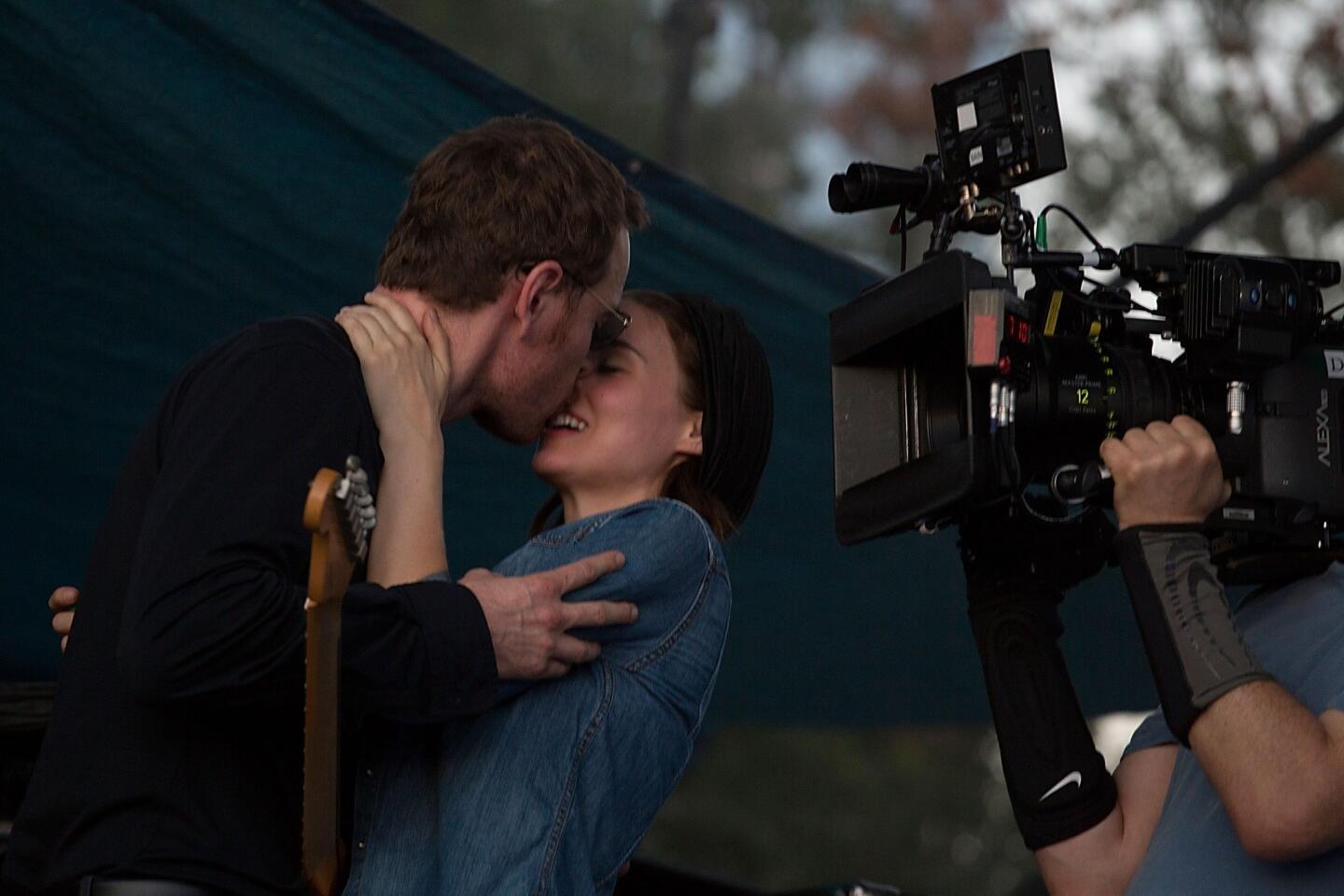
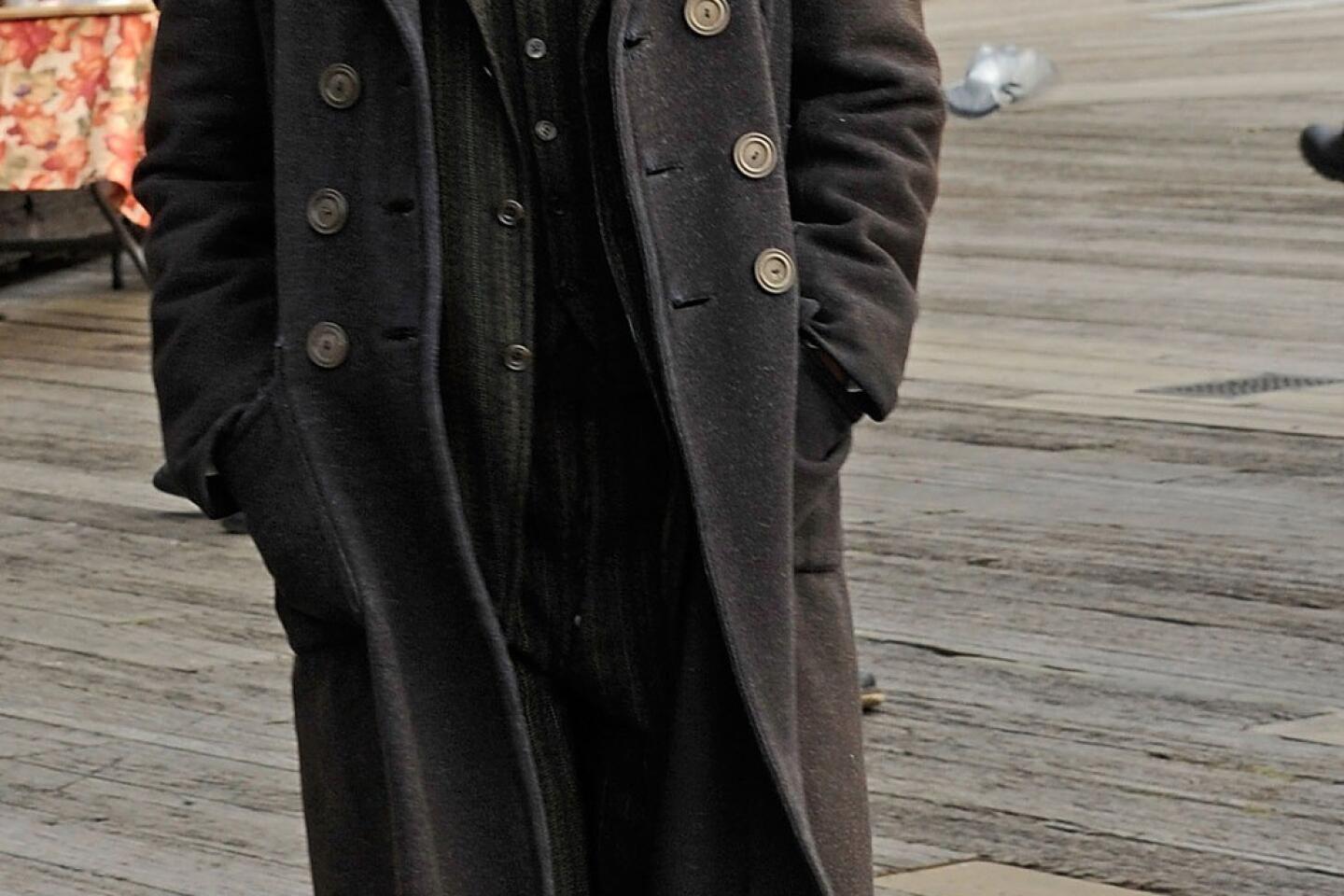

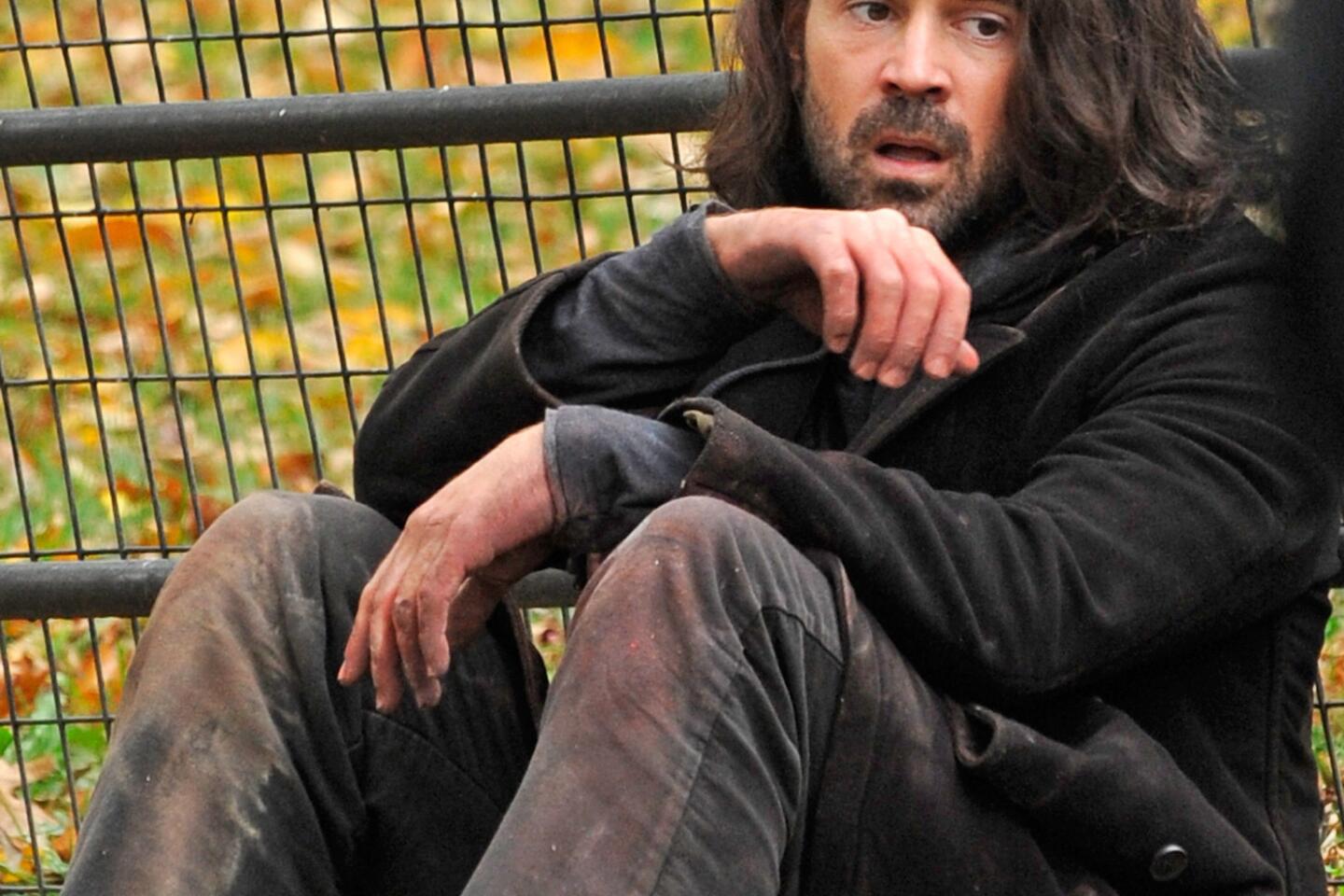
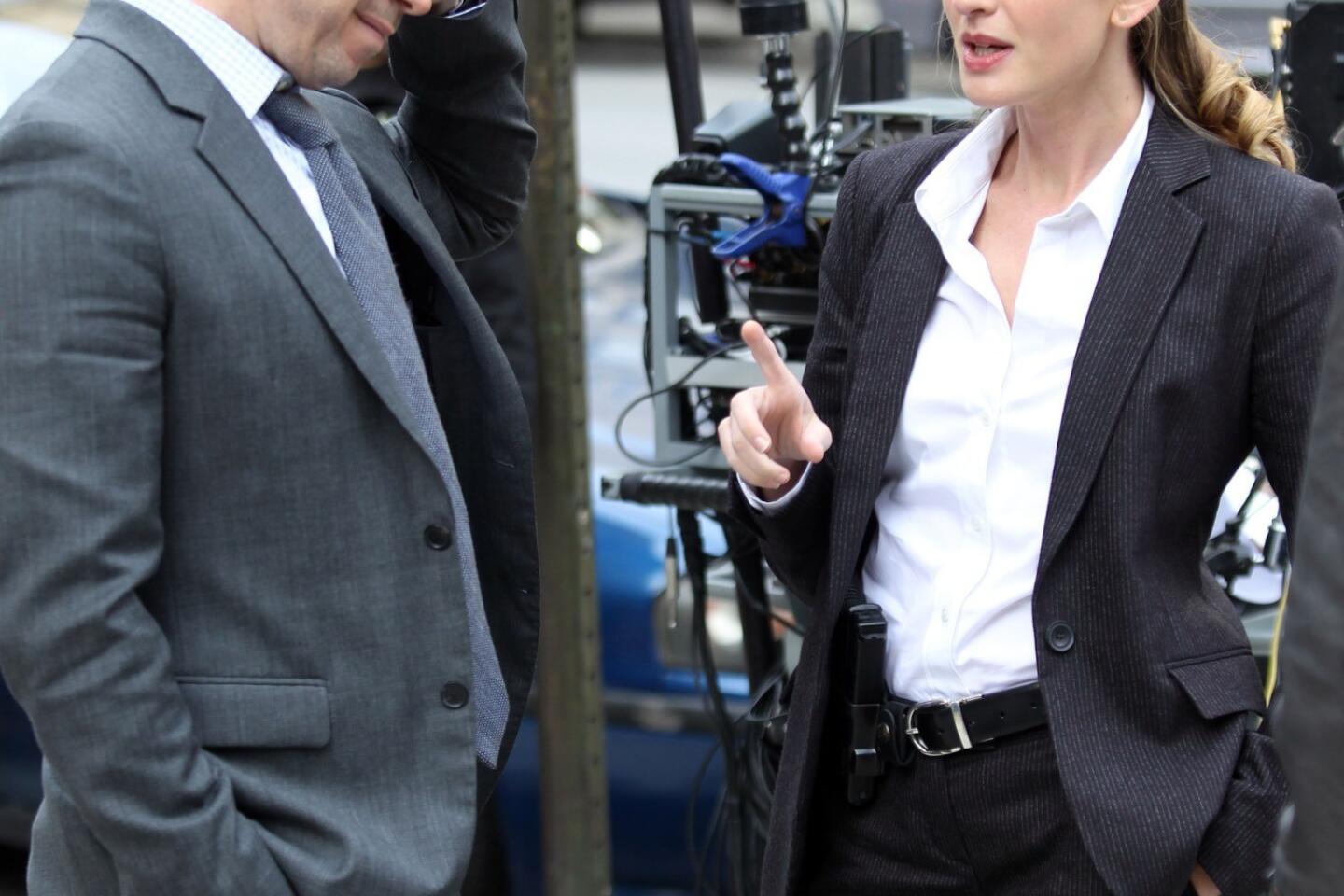
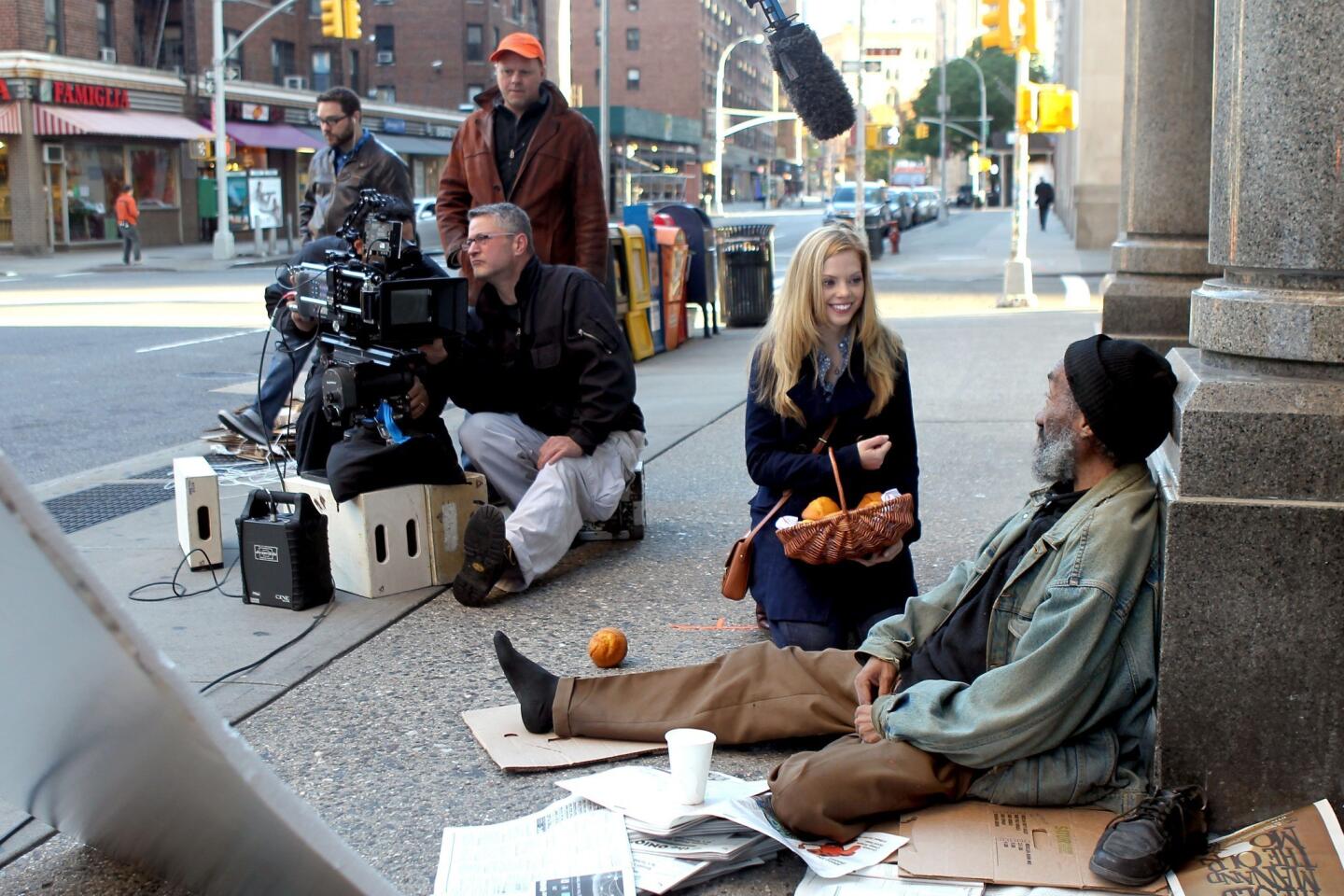
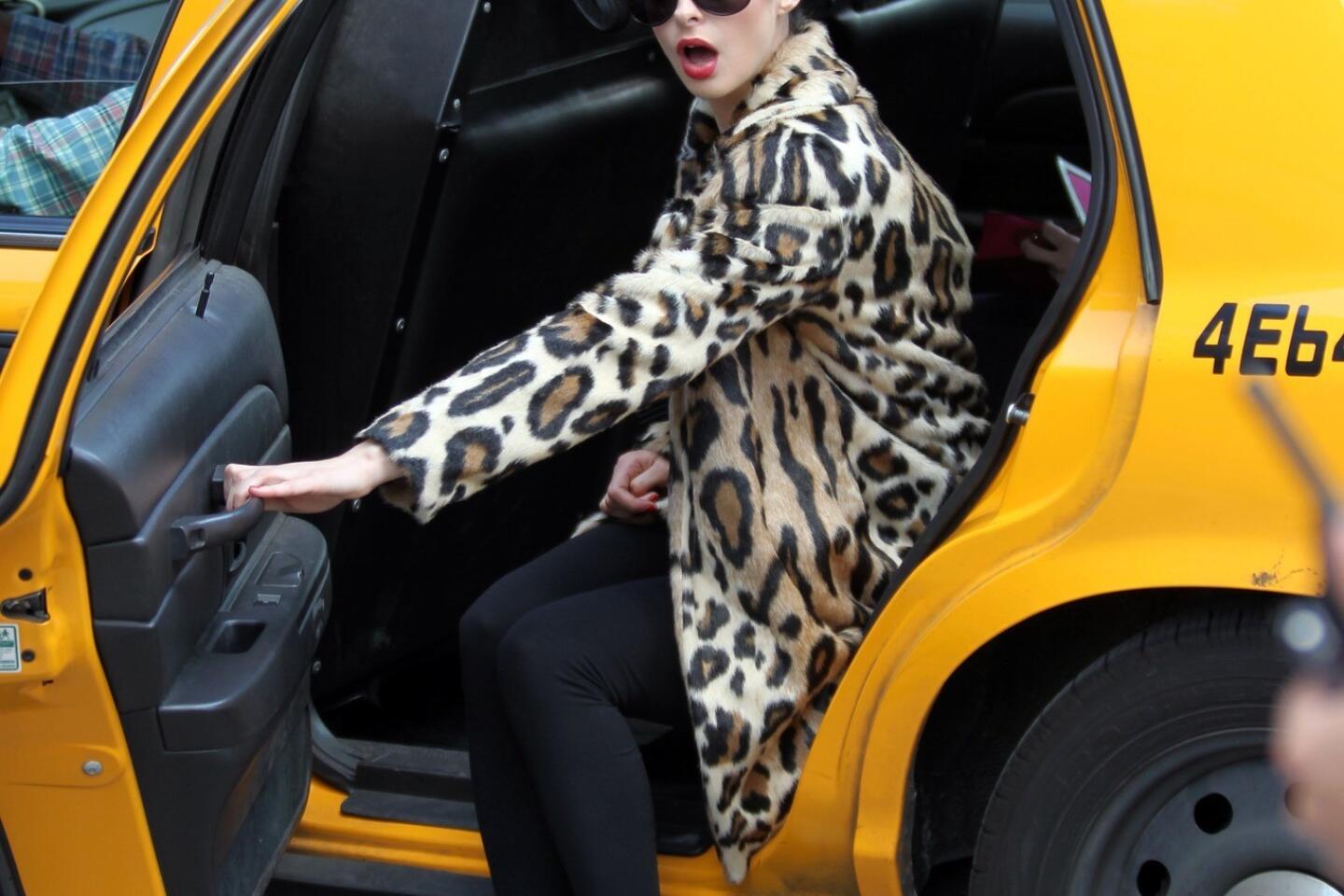
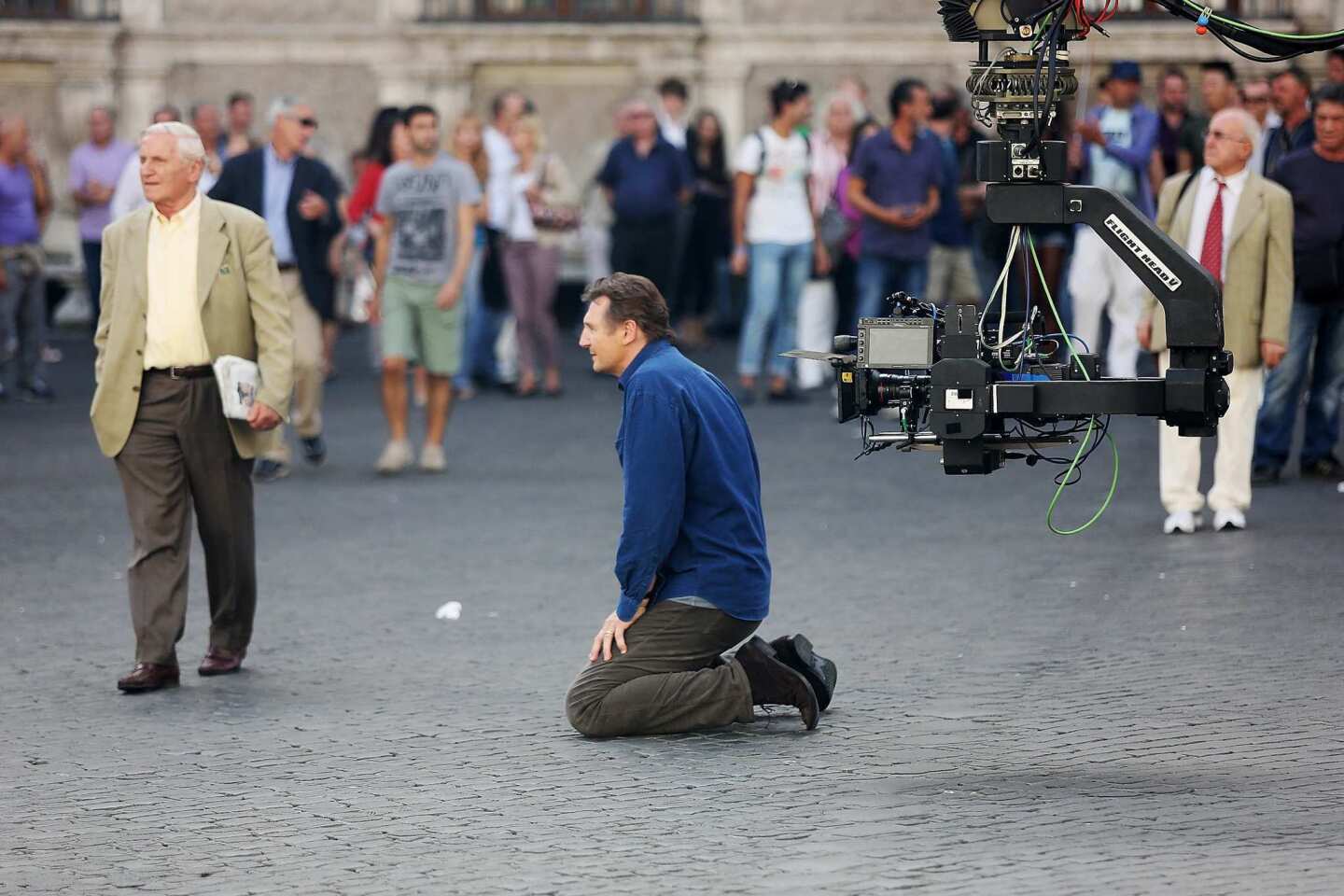
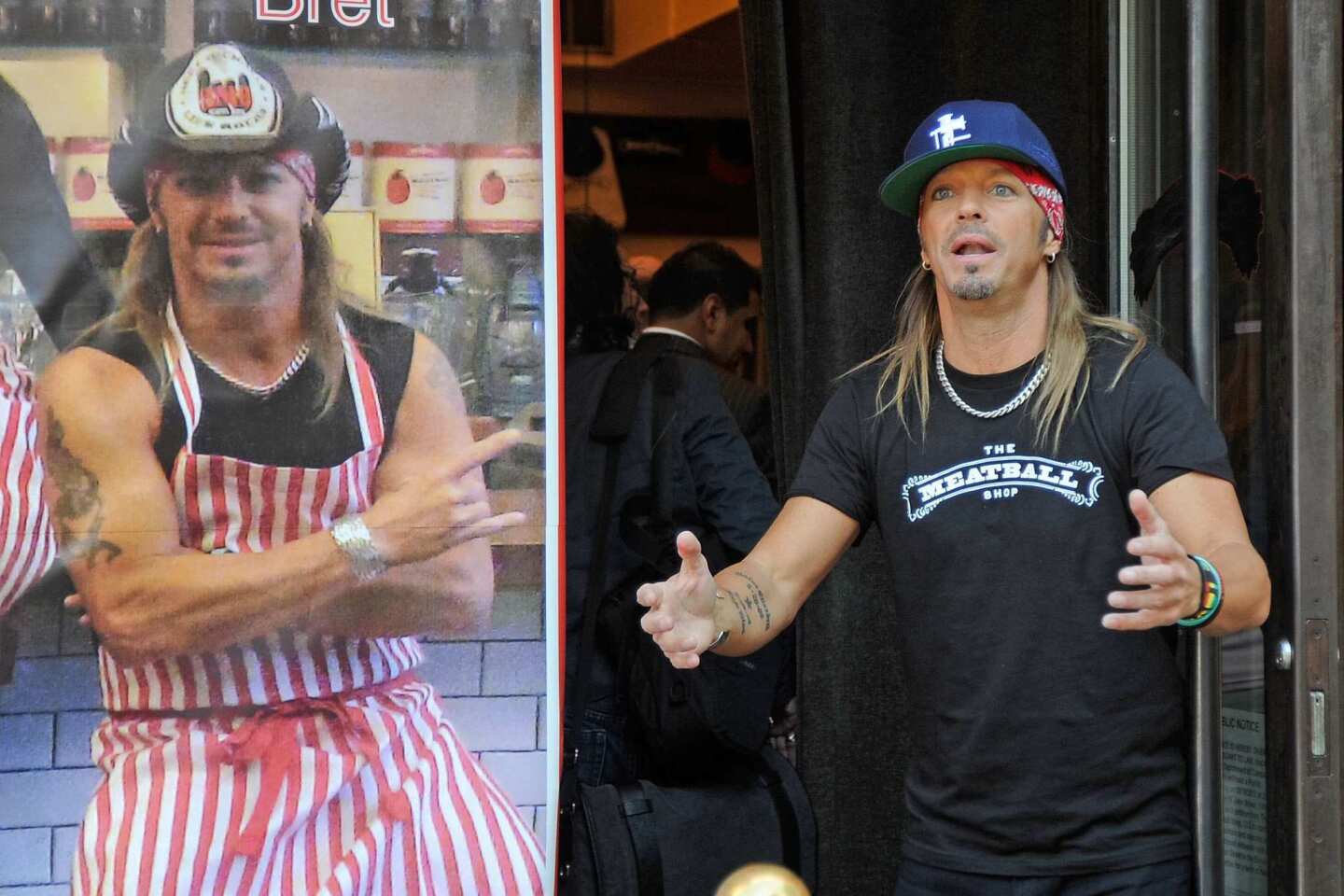
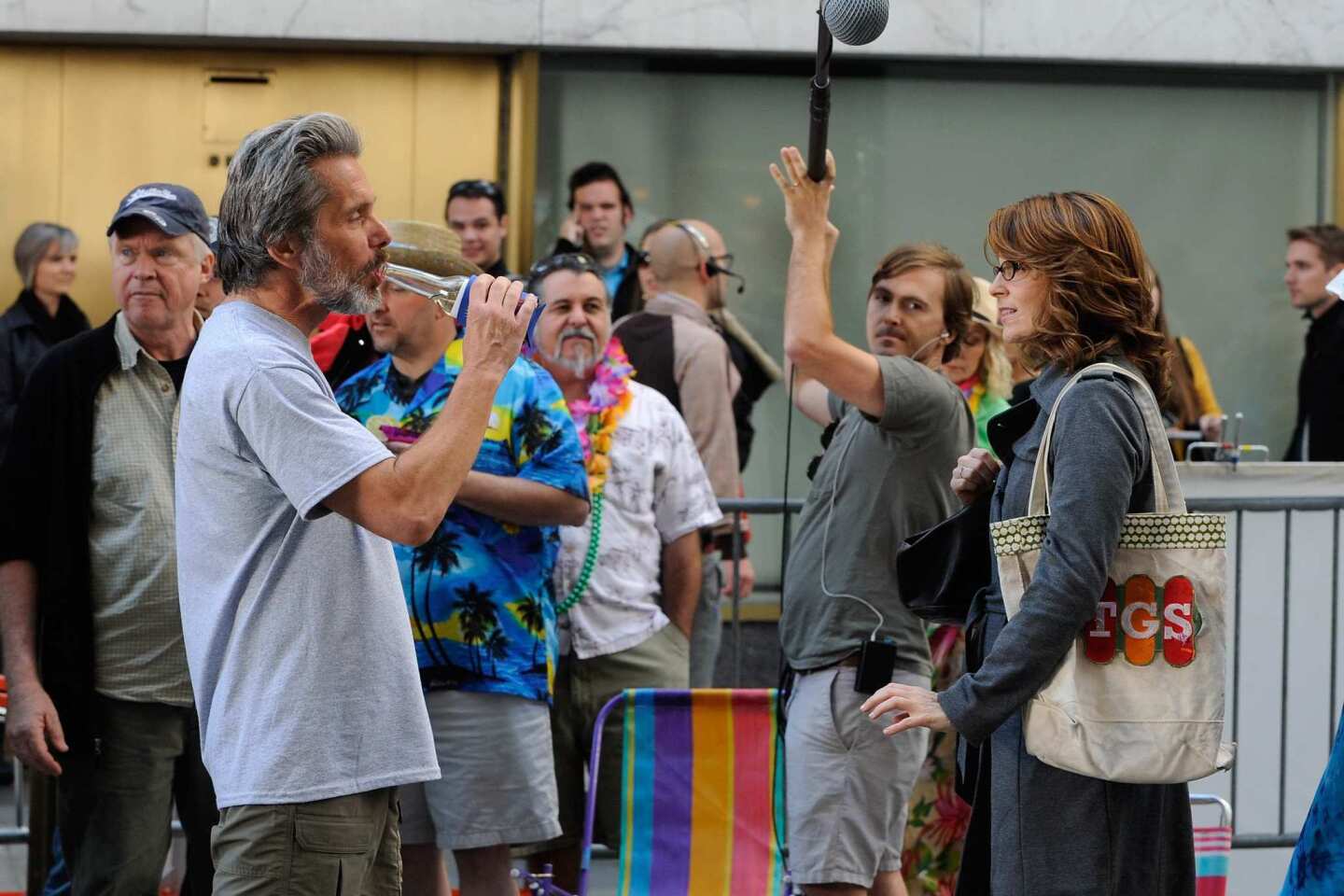
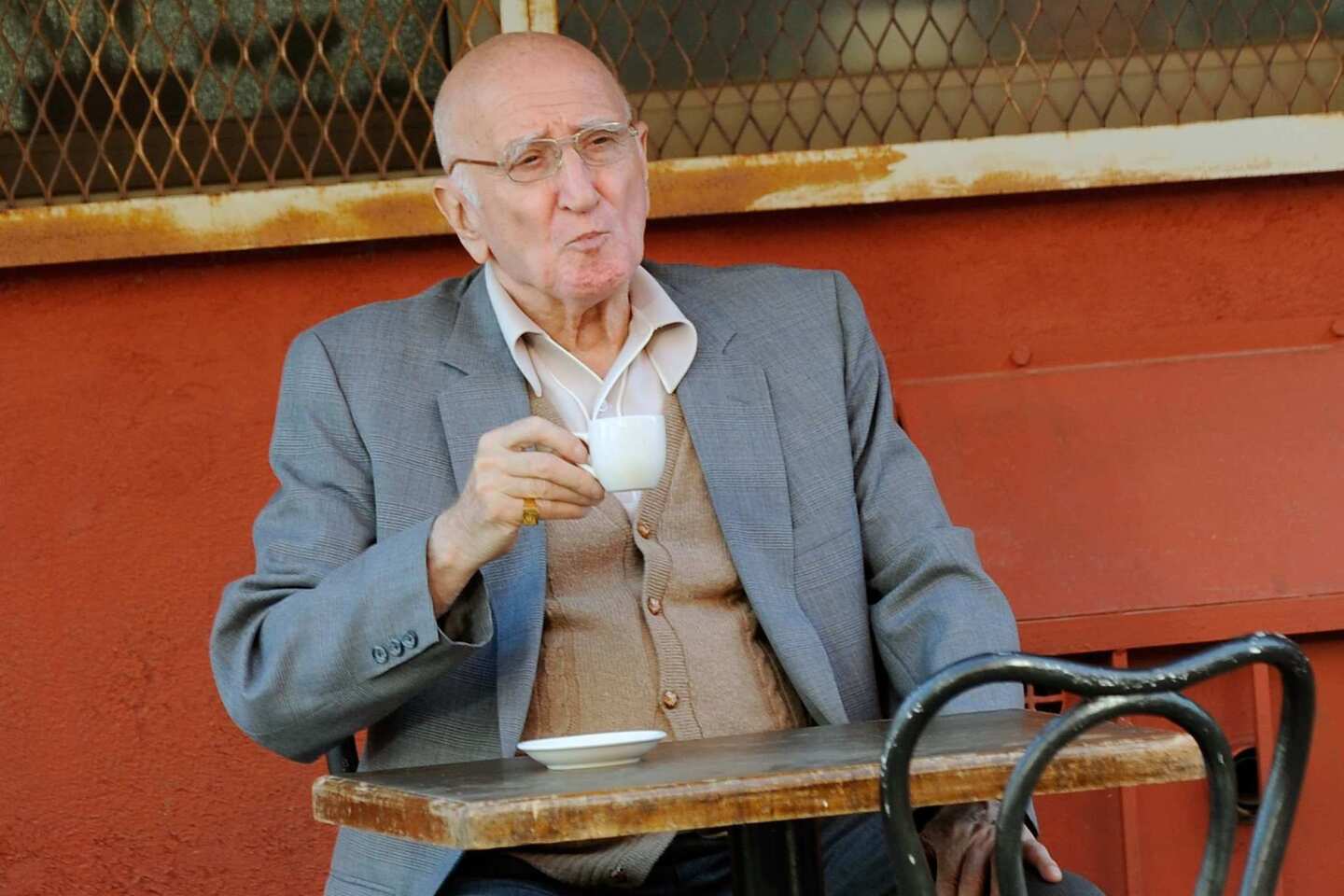

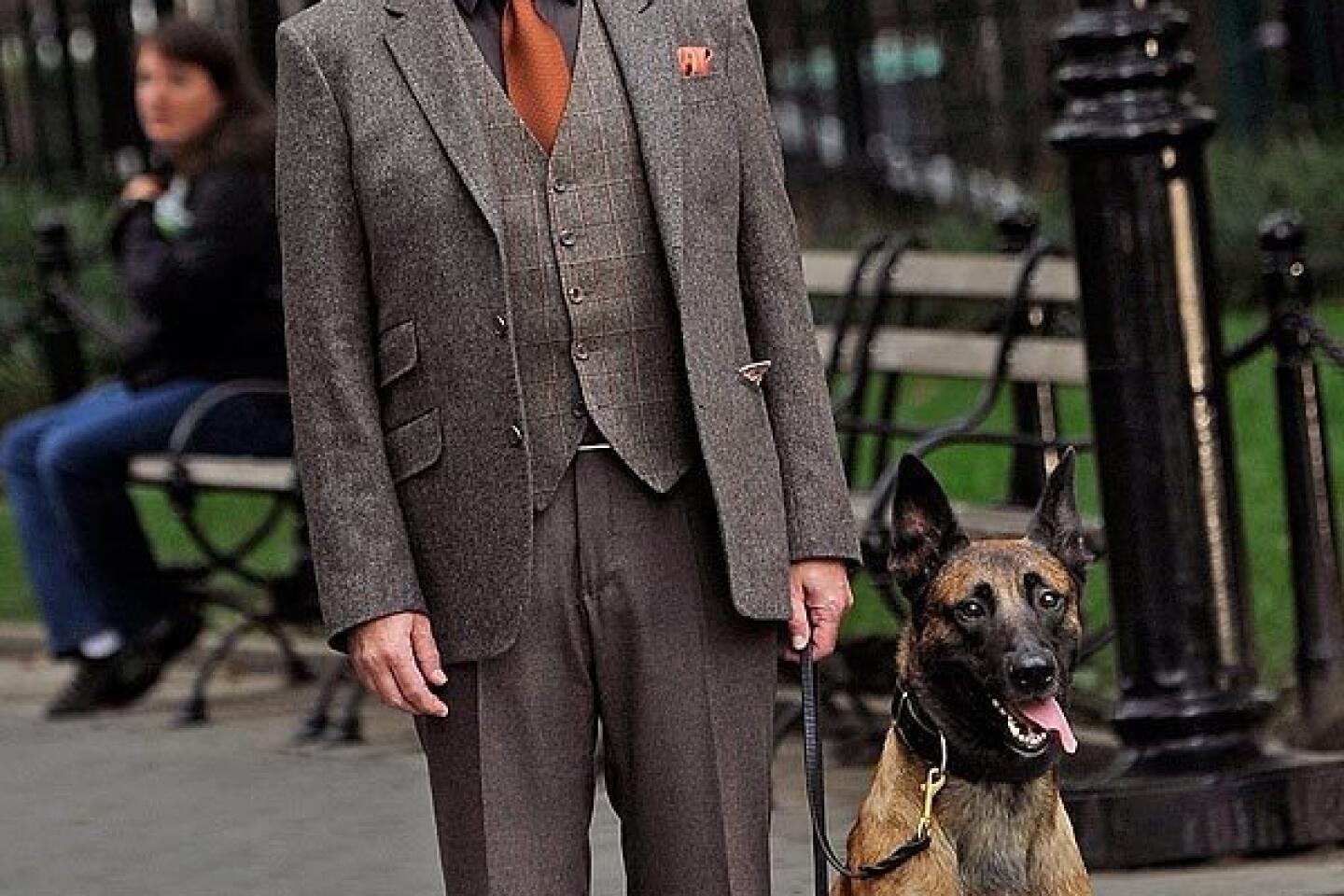
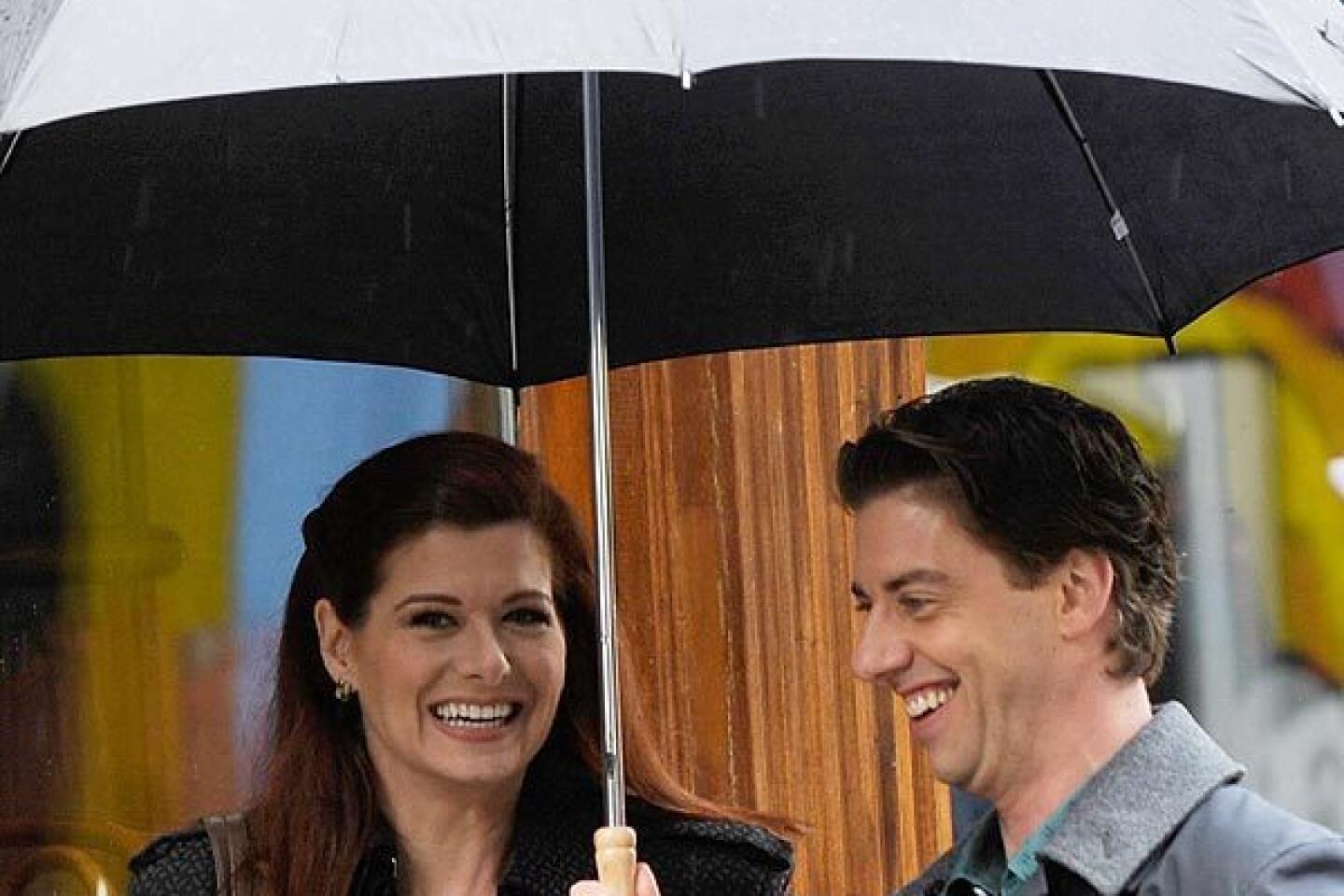
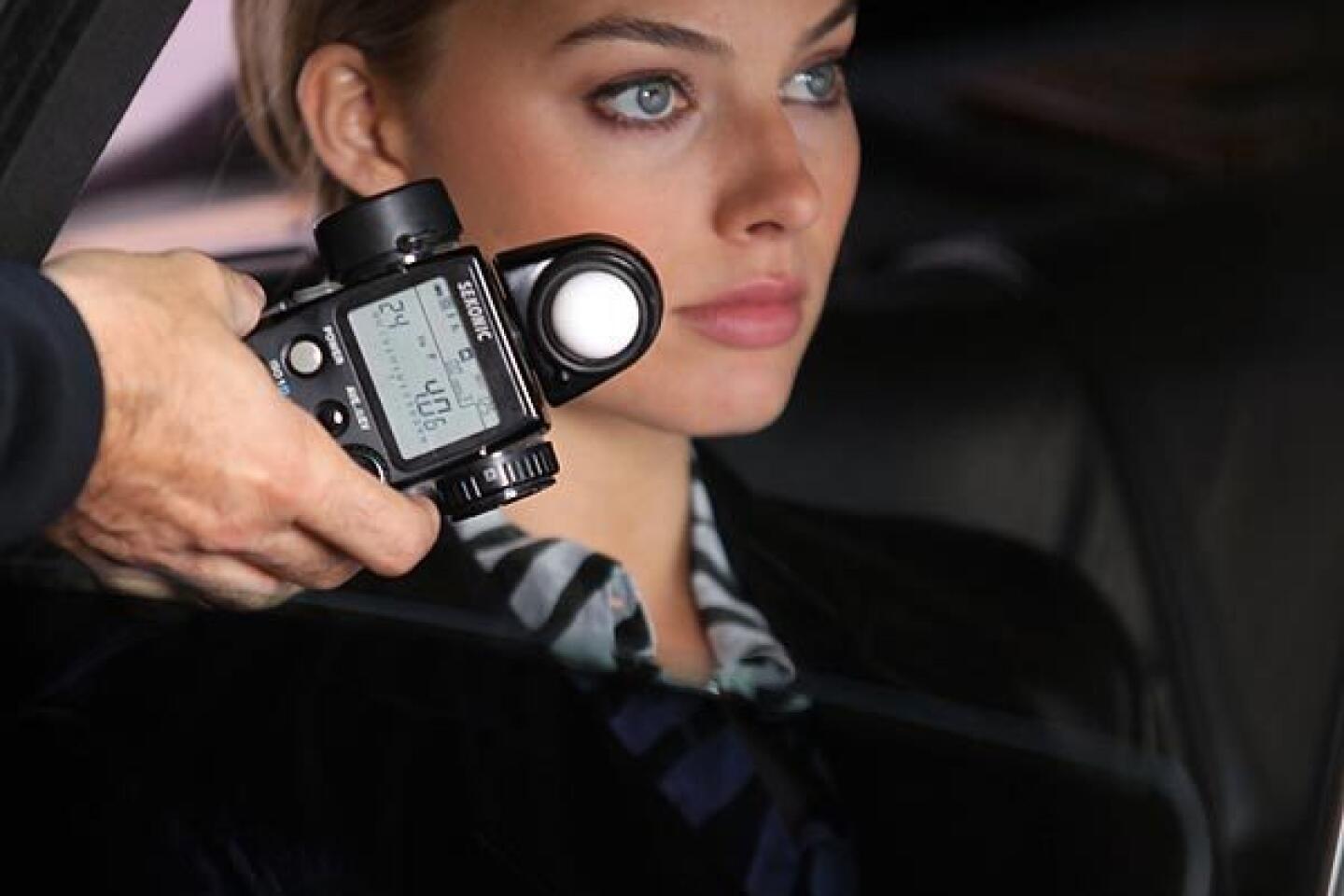
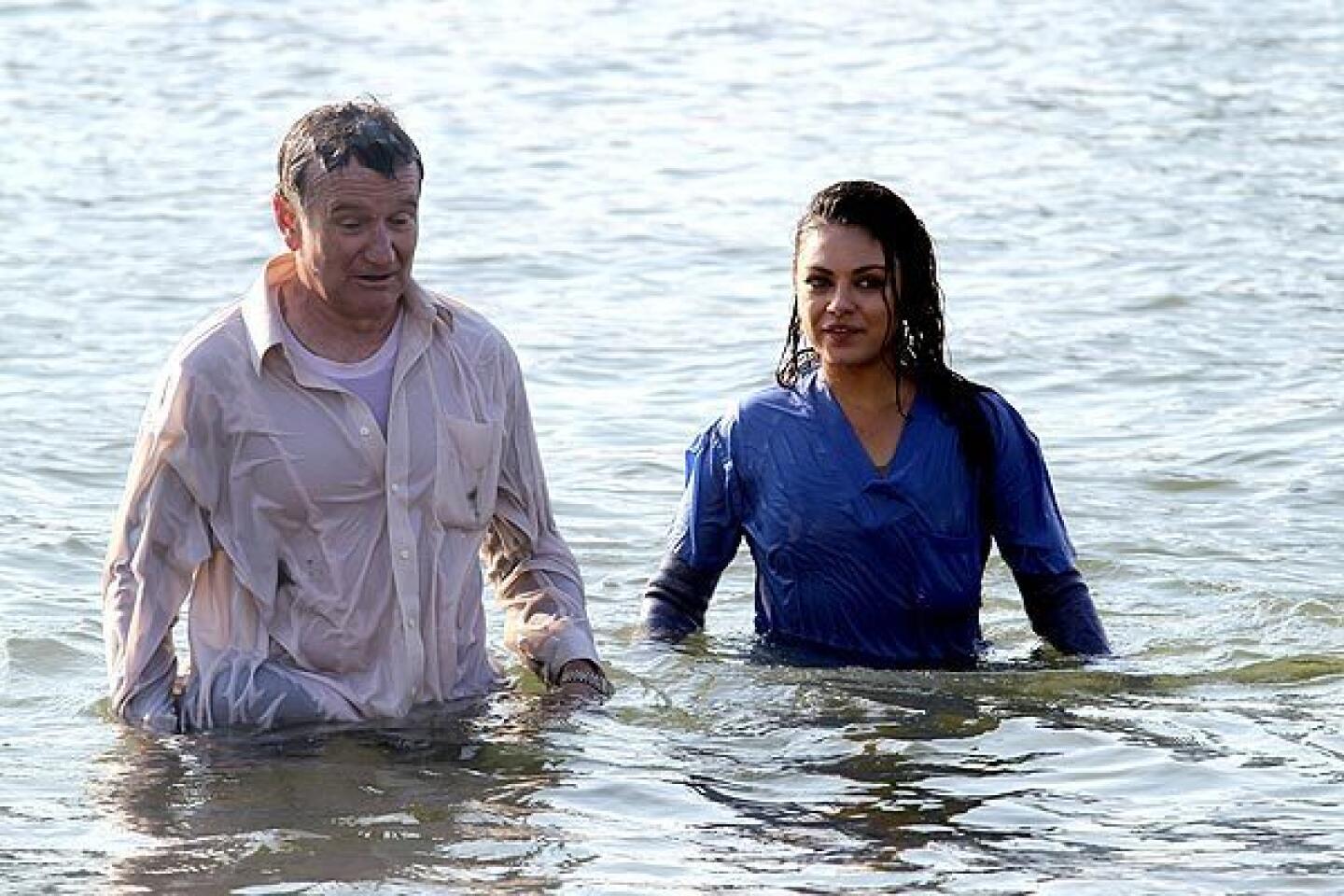
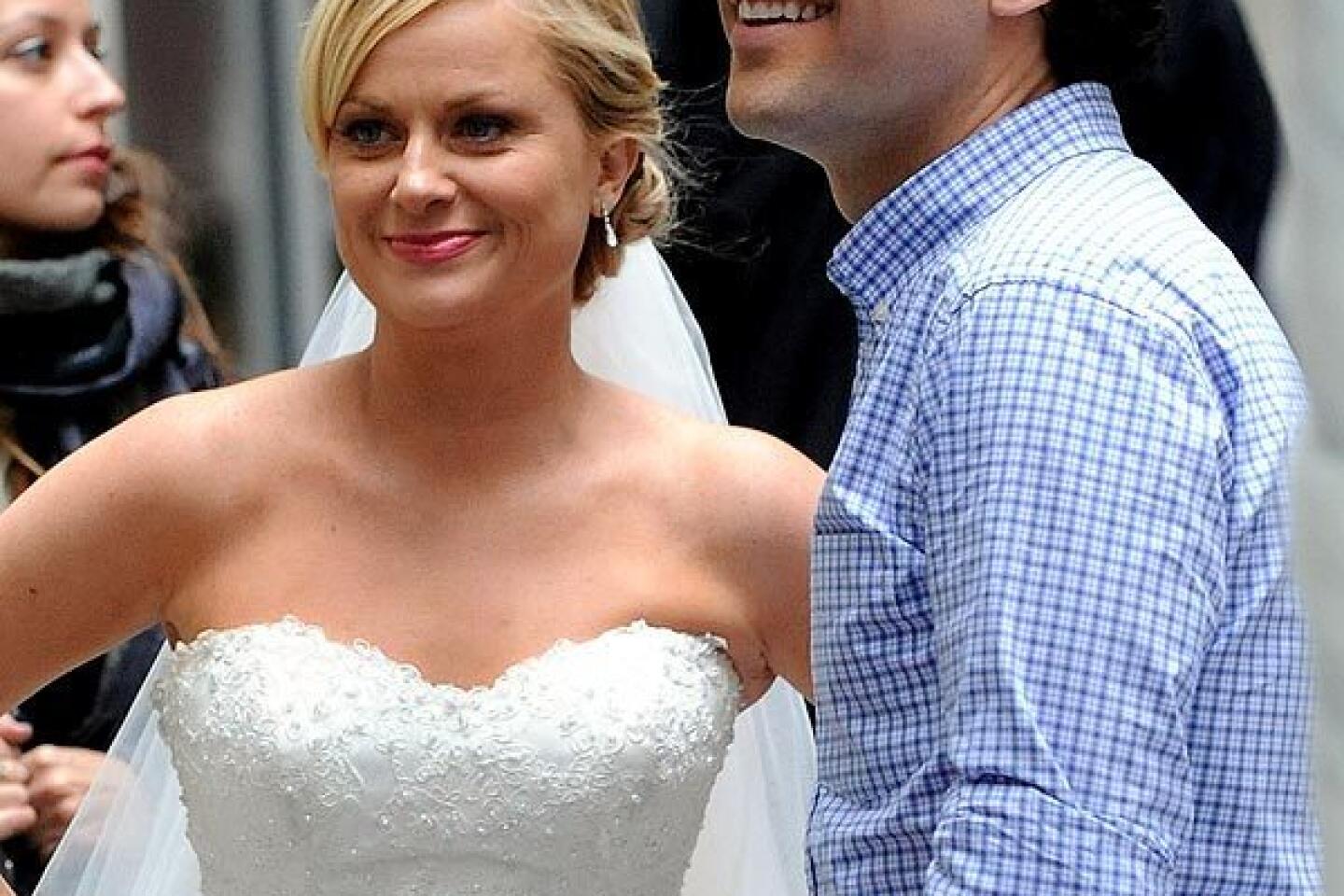
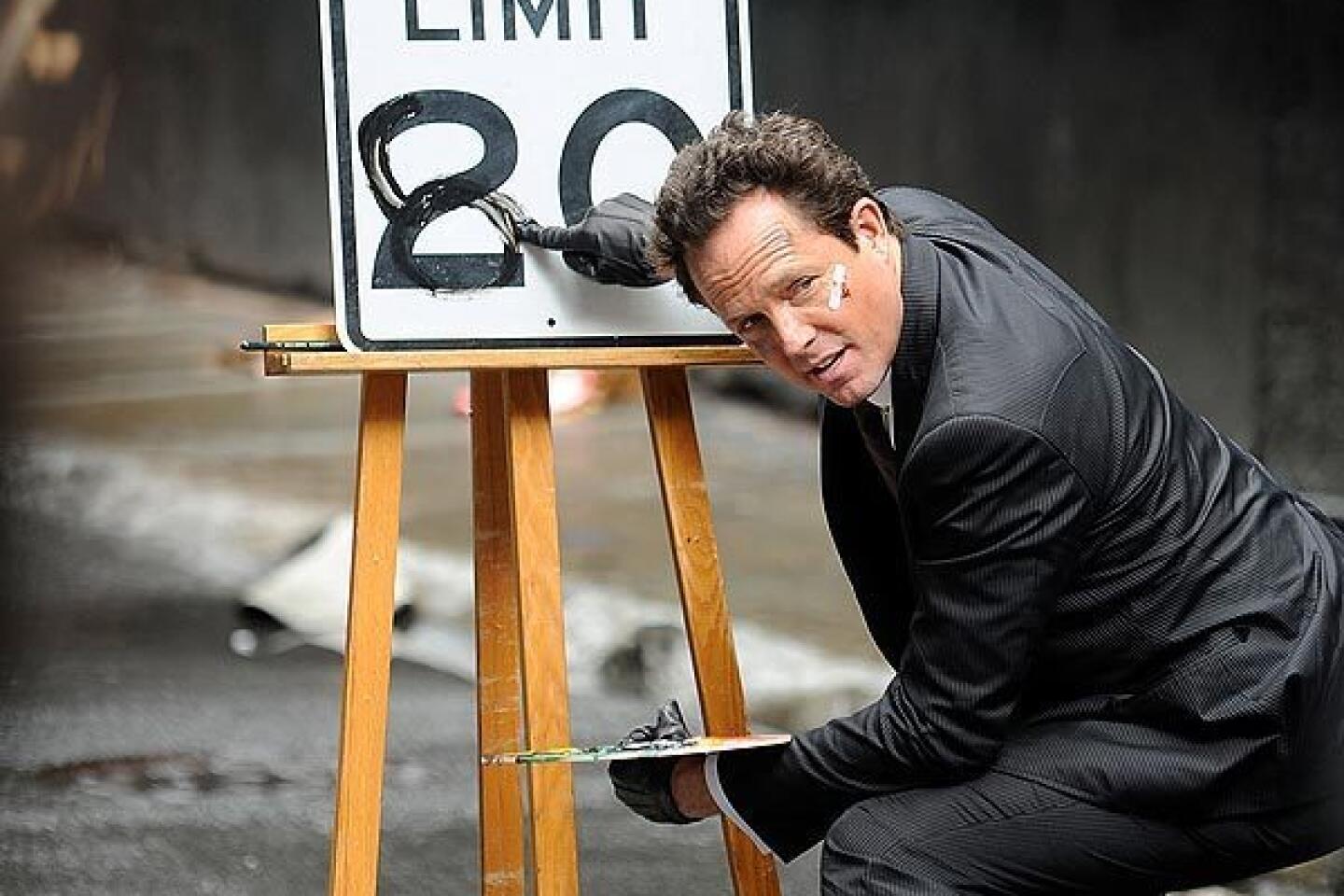


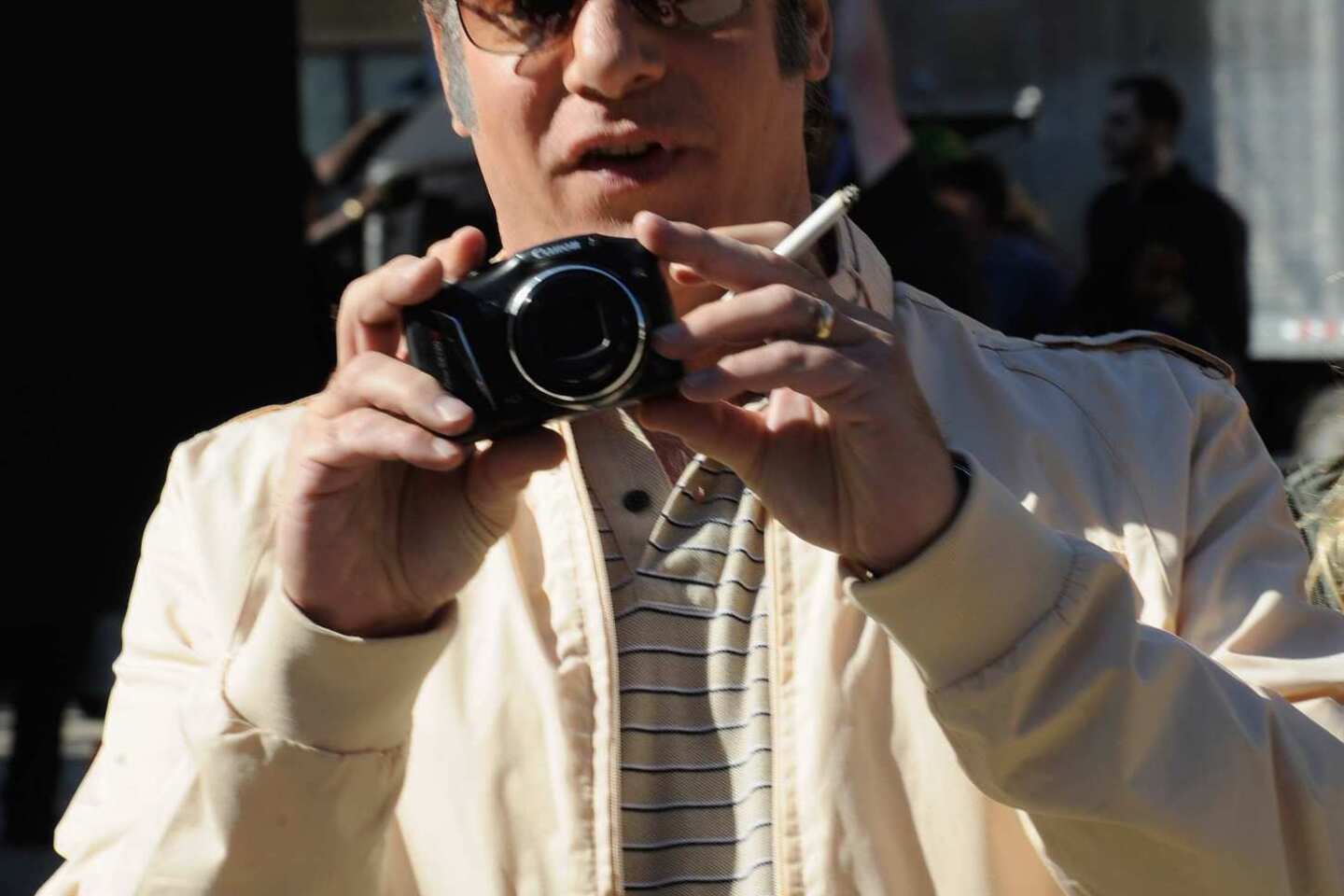

![[EMERSON, NJ - SEPTEMBER 17: Jonah Hill and Jon Bernthal filming on location for "The Wolf Of Wall Street" on September 17, 2012 in Emerson, New Jersey. (Photo by Bobby Bank/WireImage)] *** []](https://ca-times.brightspotcdn.com/dims4/default/2c5bd35/2147483647/strip/true/crop/2048x1365+0+132/resize/1440x960!/quality/75/?url=https%3A%2F%2Fcalifornia-times-brightspot.s3.amazonaws.com%2F15%2Ff0%2F109e6600a9f2db61df05af4ab423%2Flat-cindy-back-manx5bpd20120920122943)


